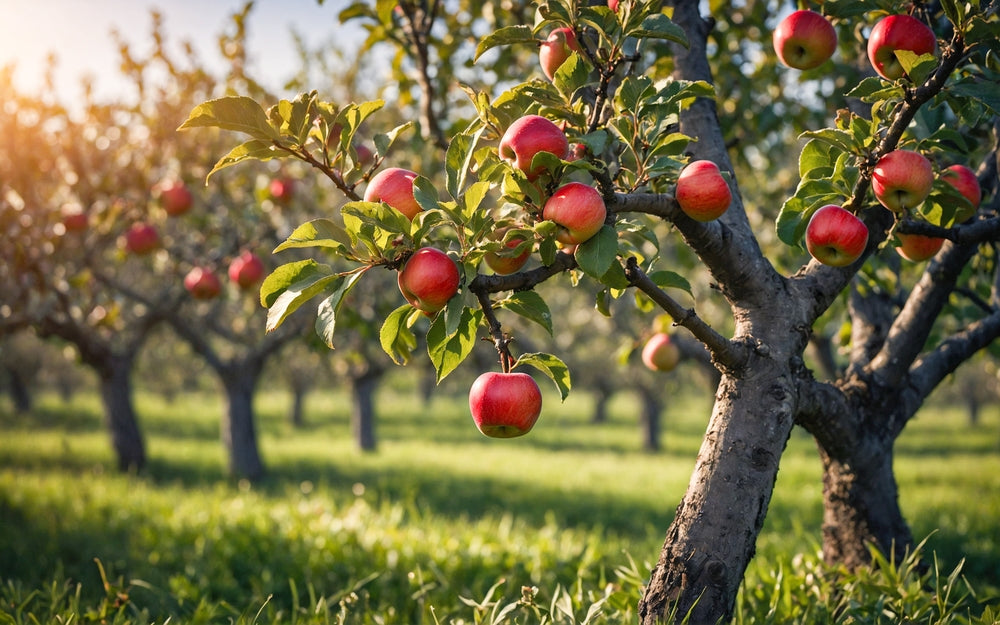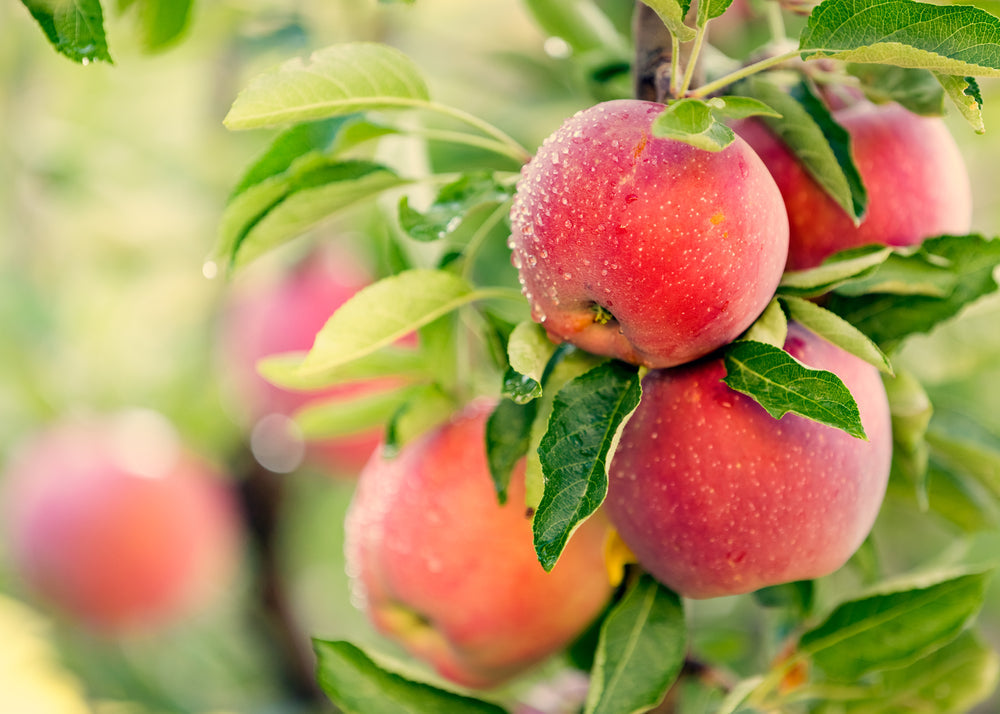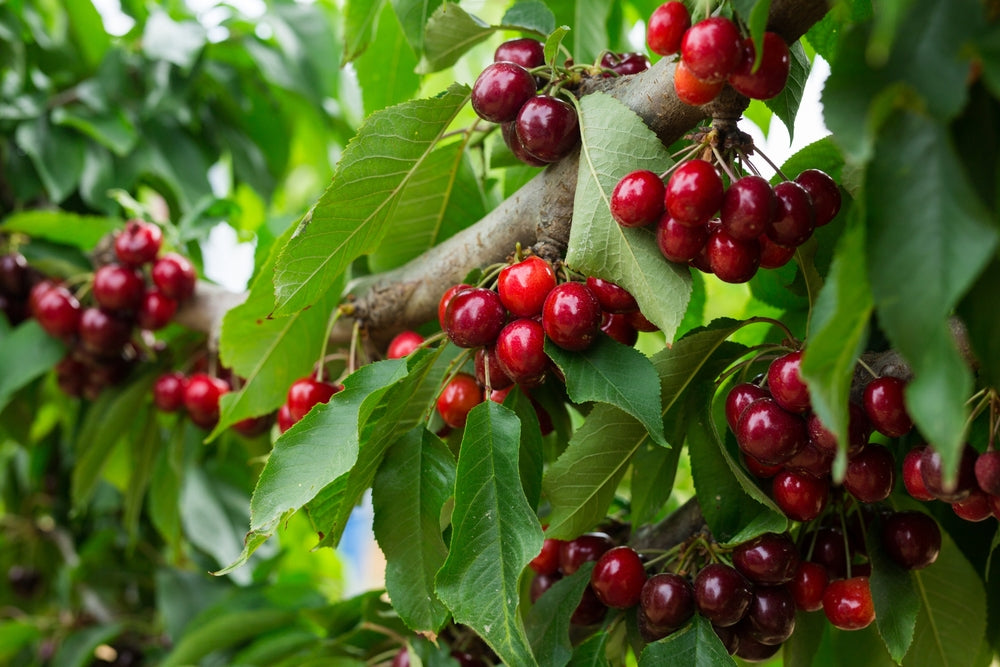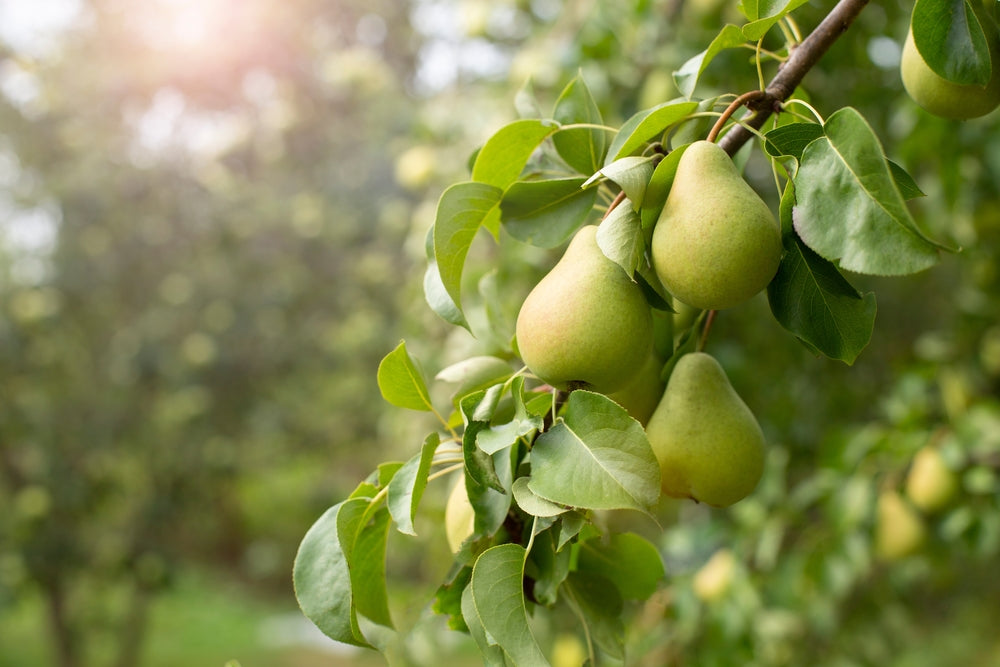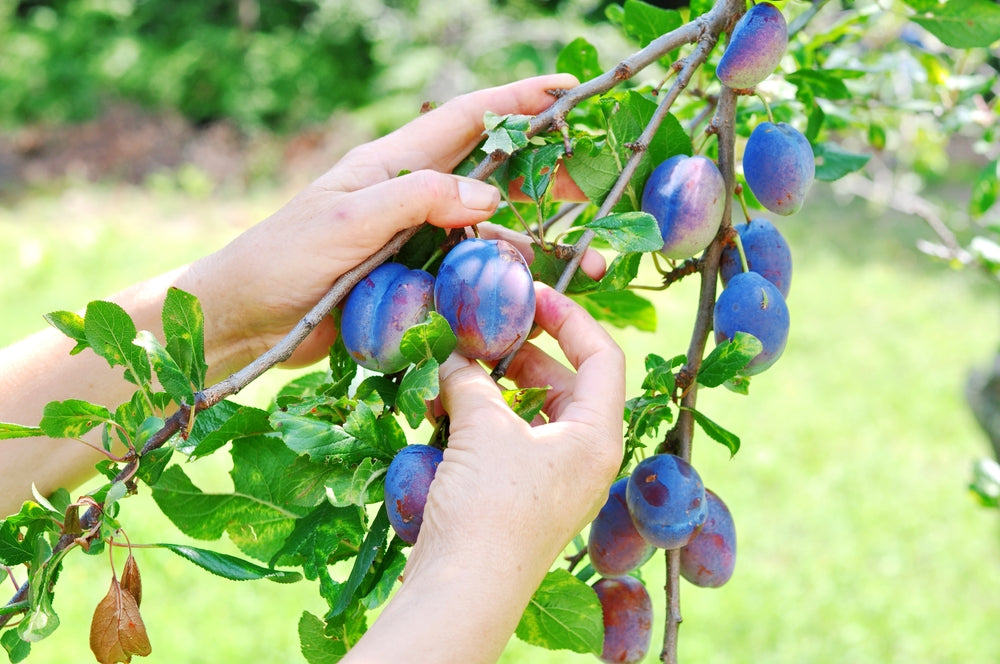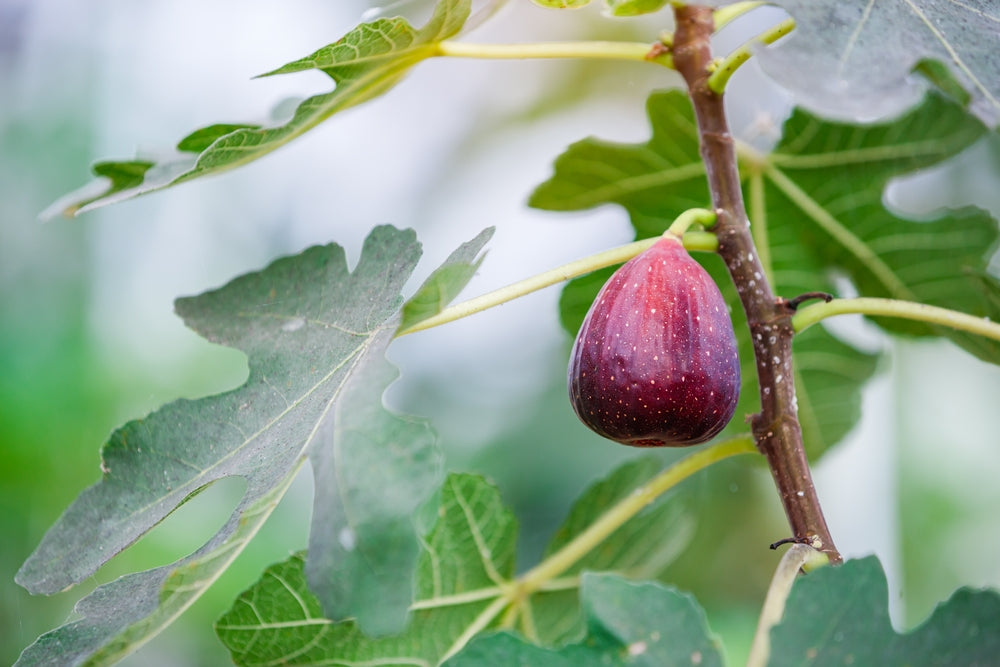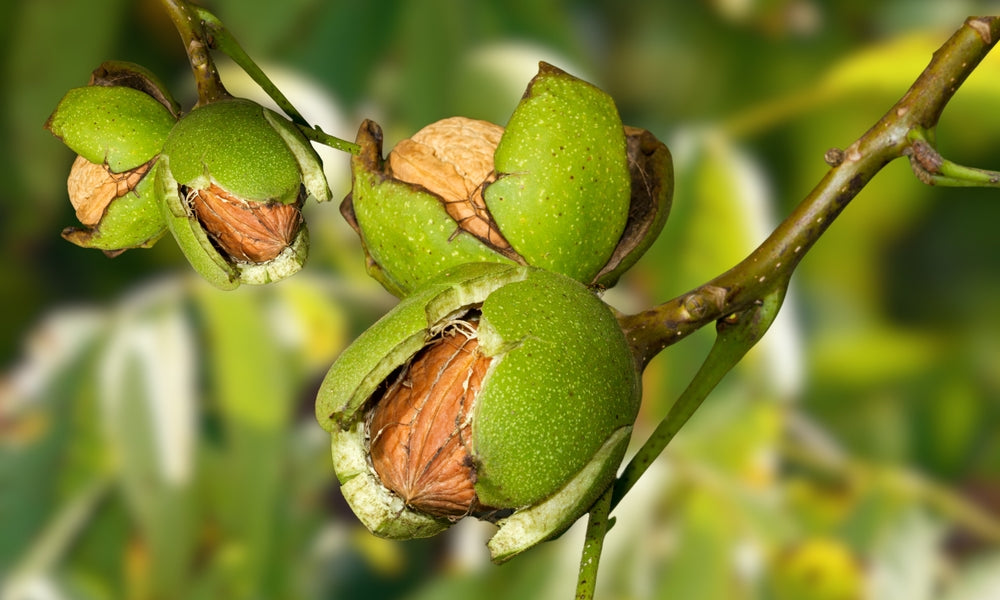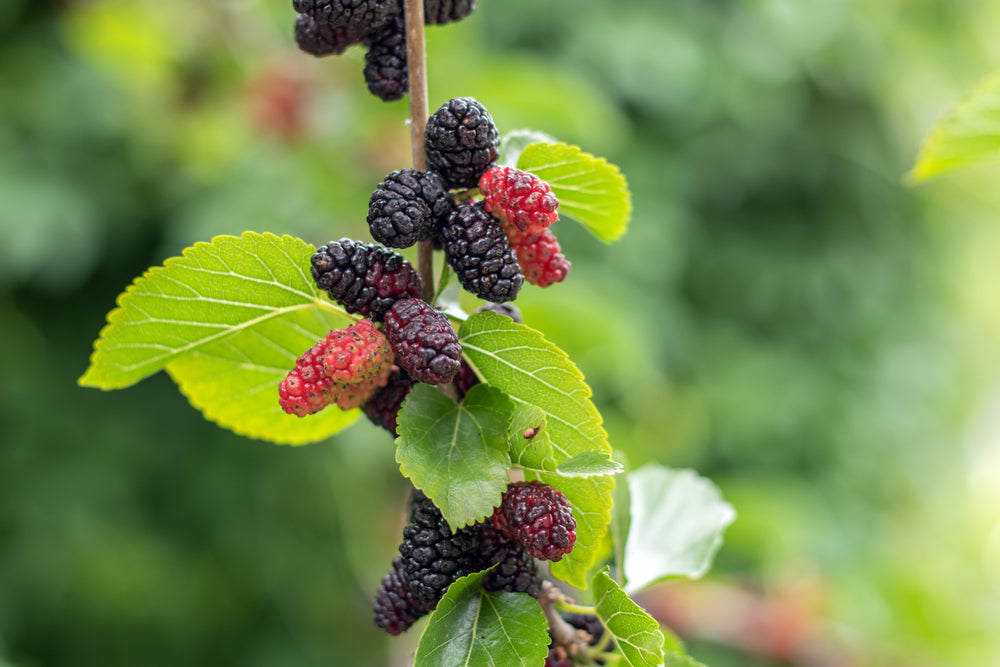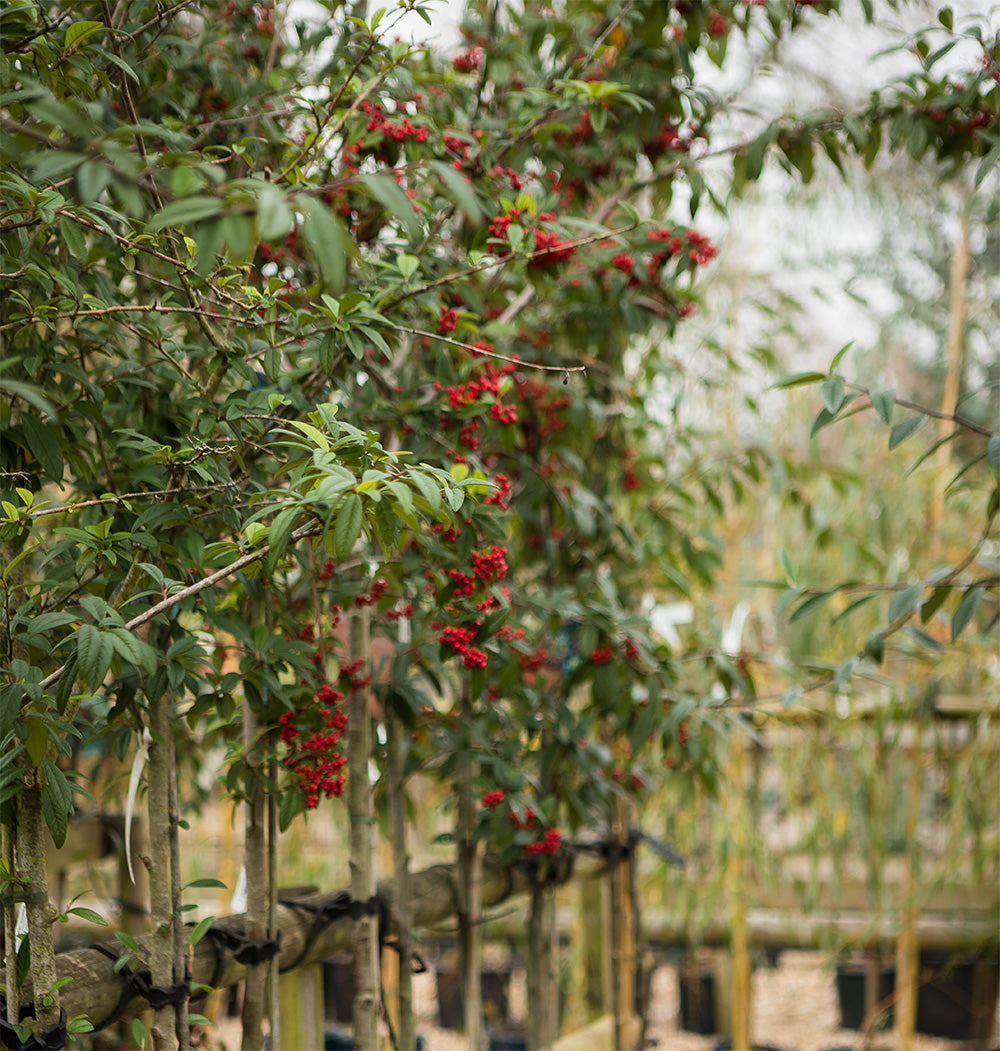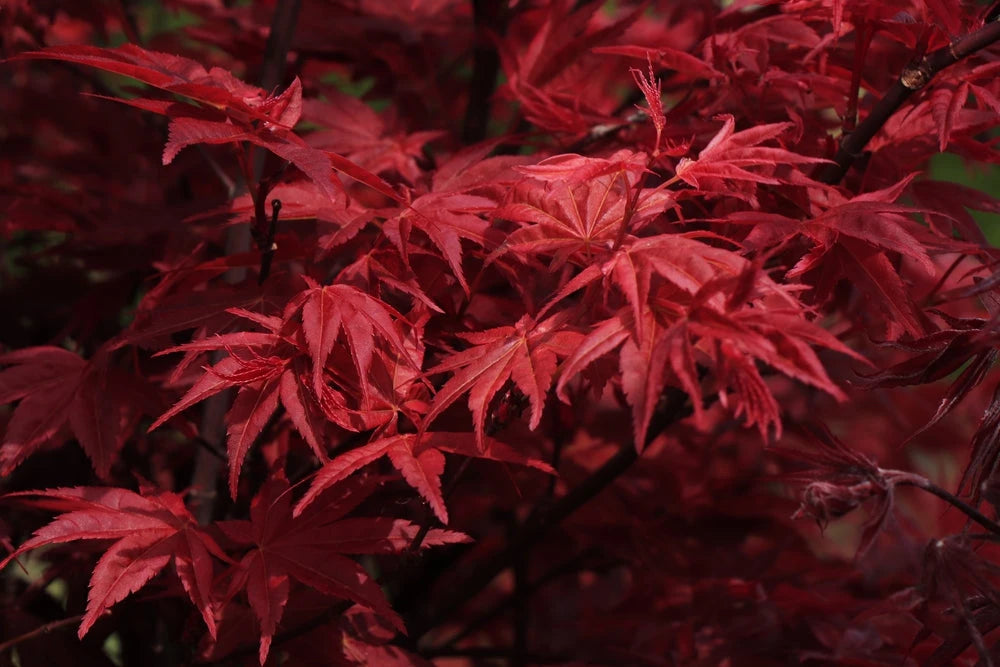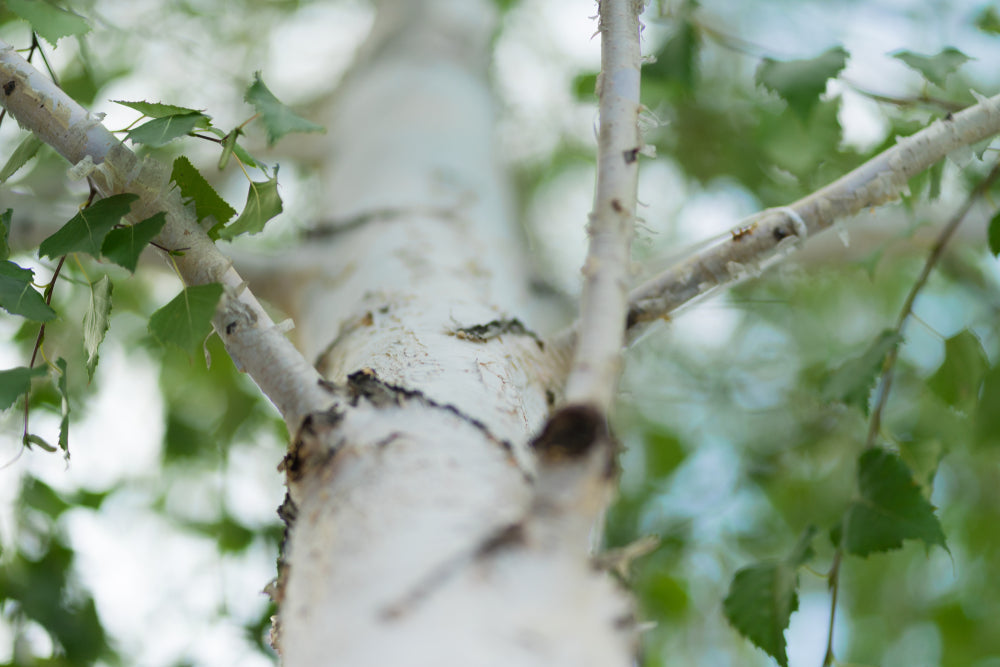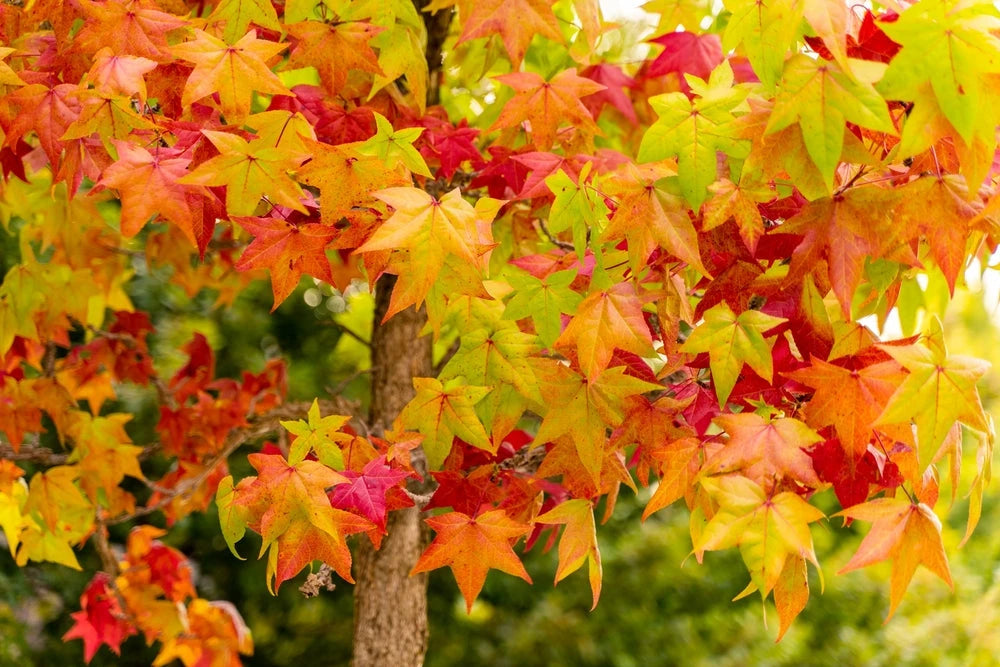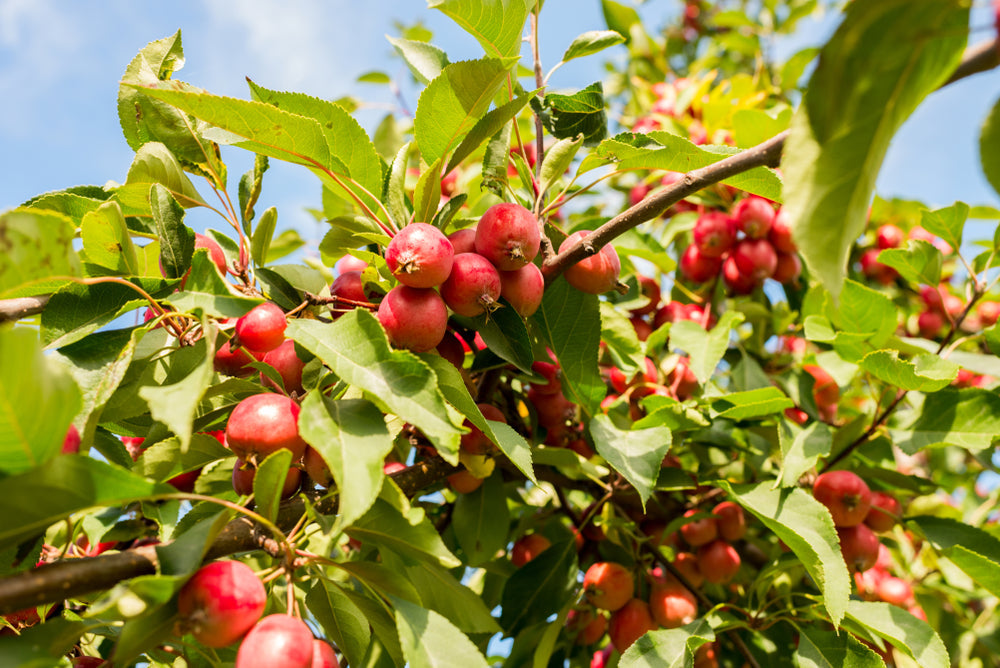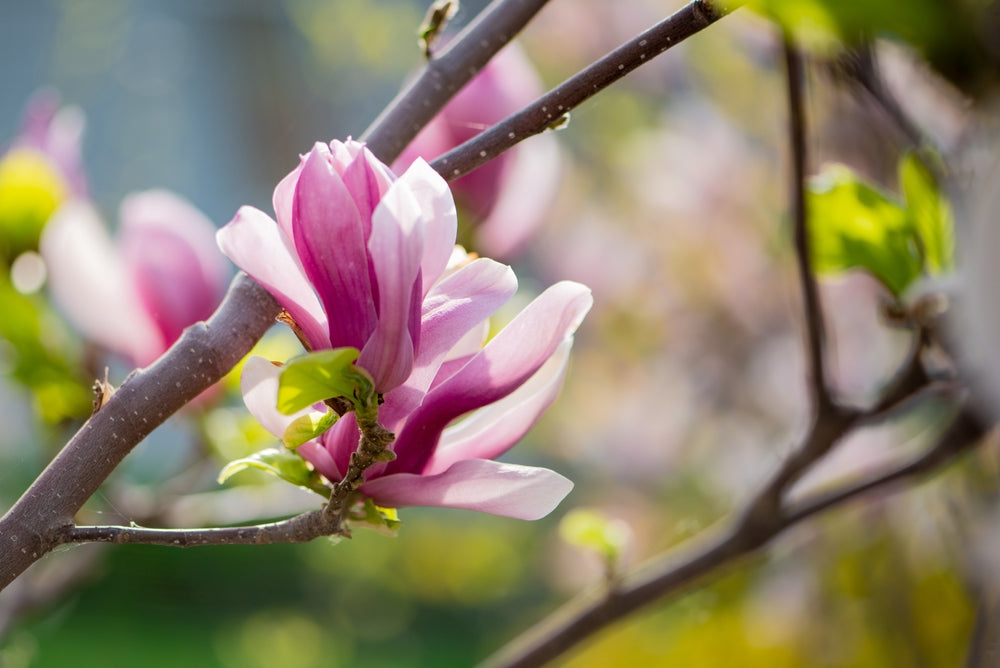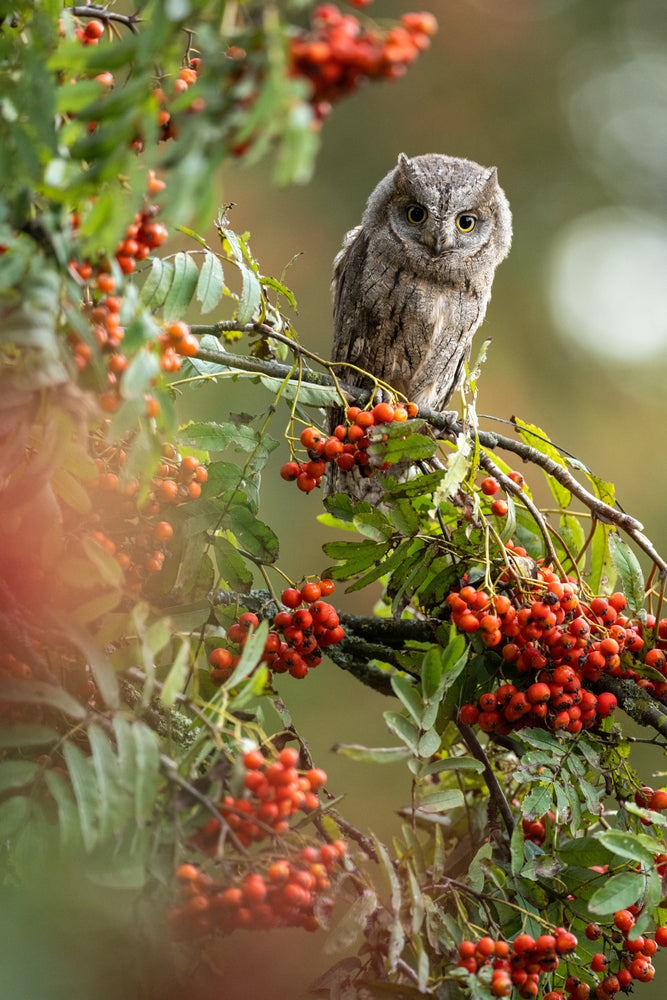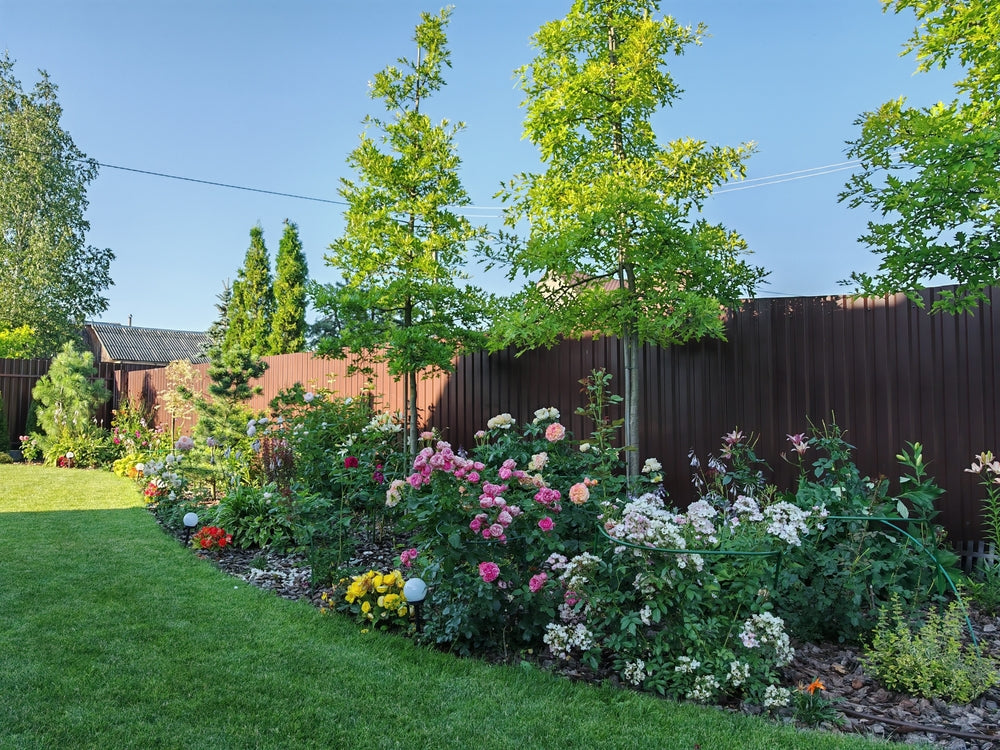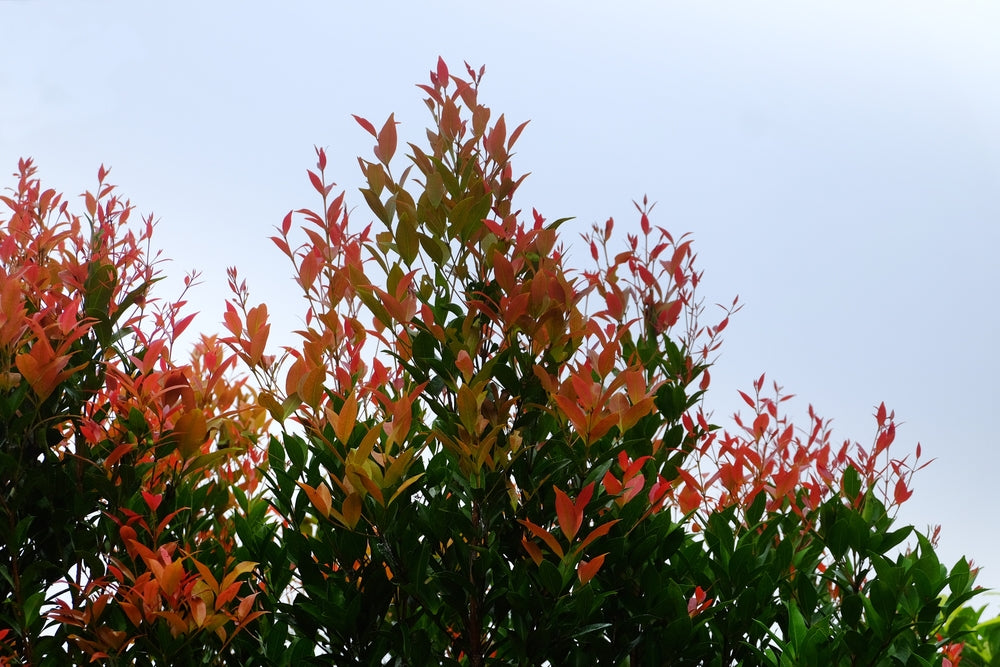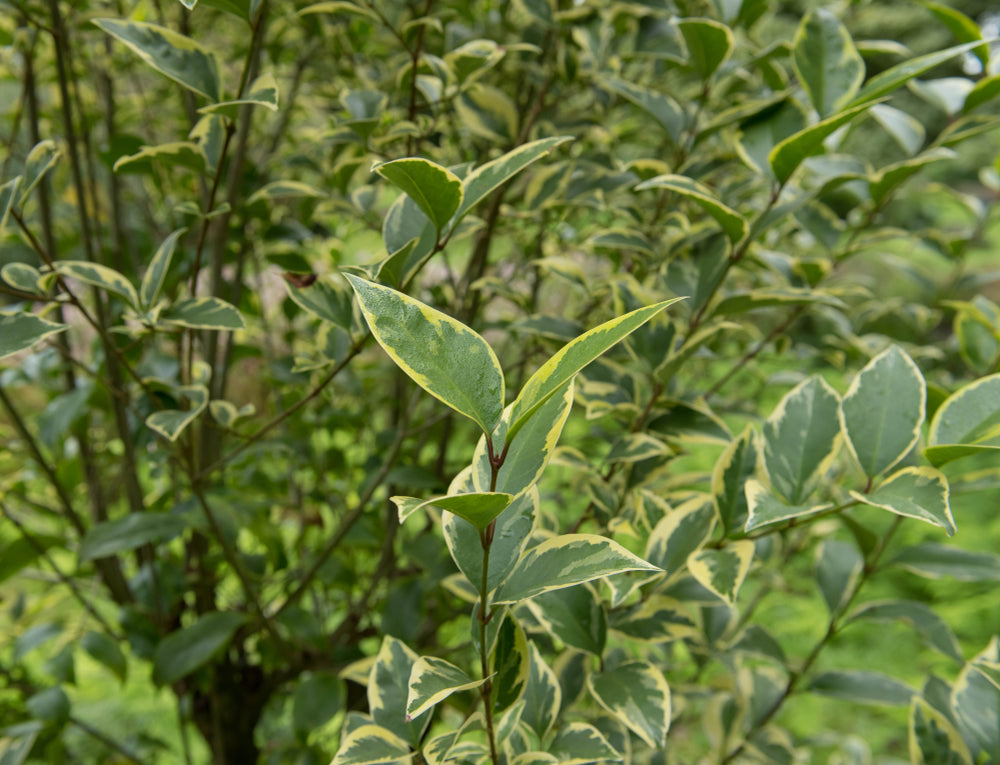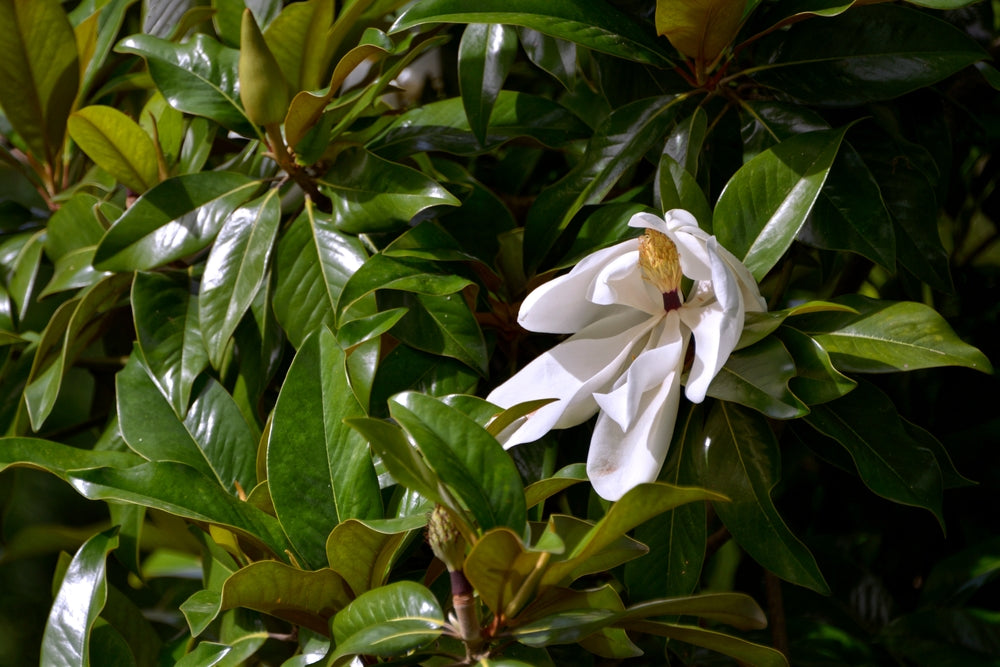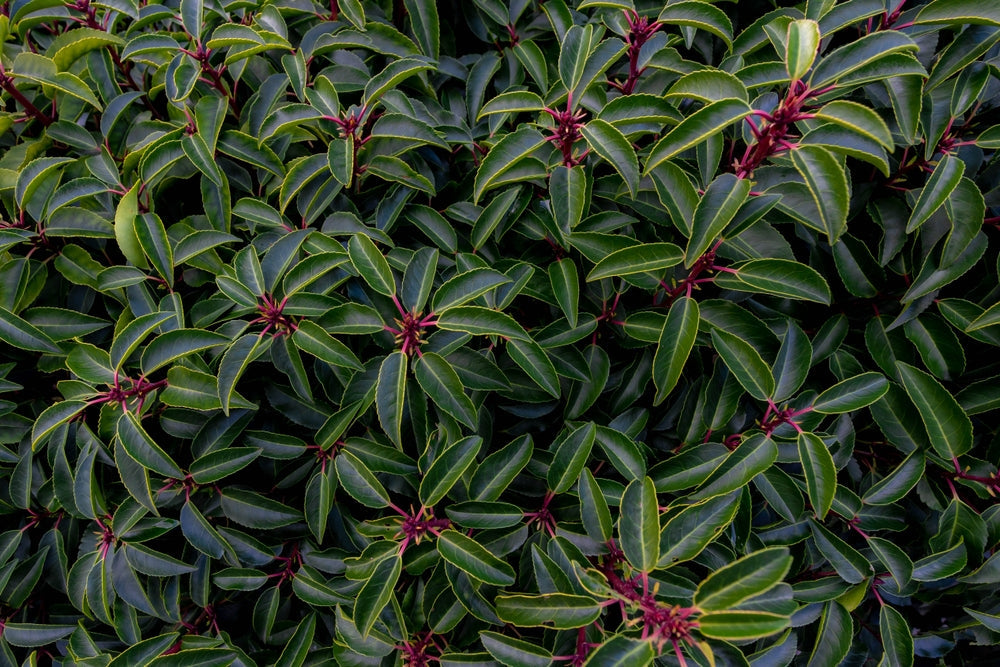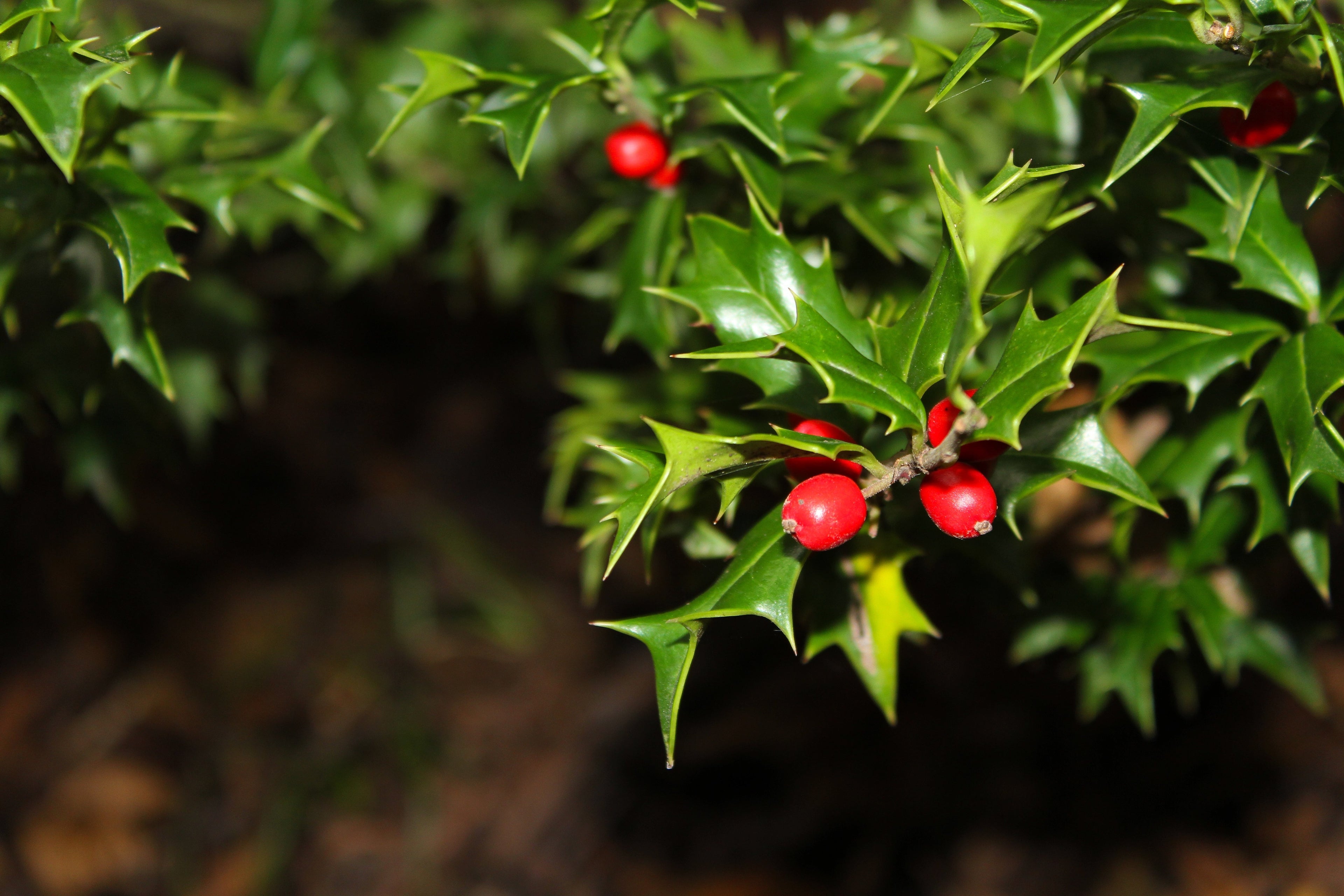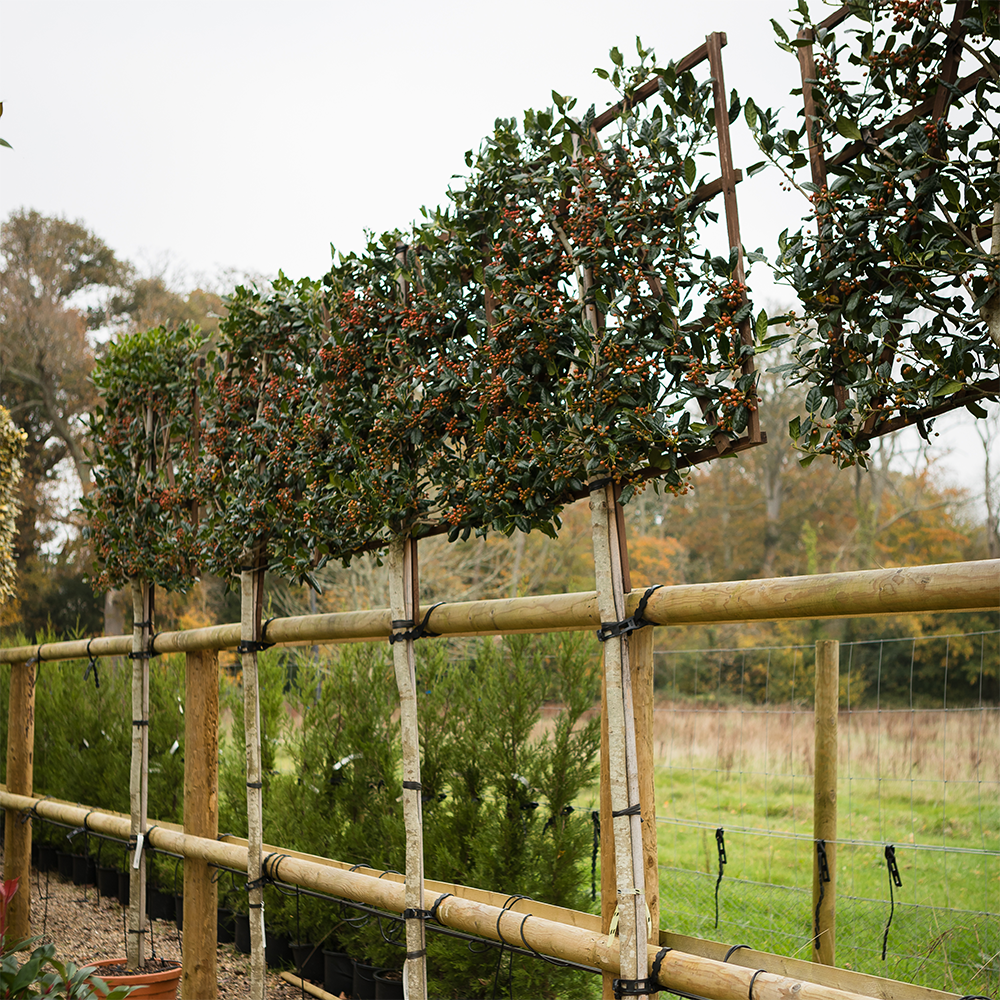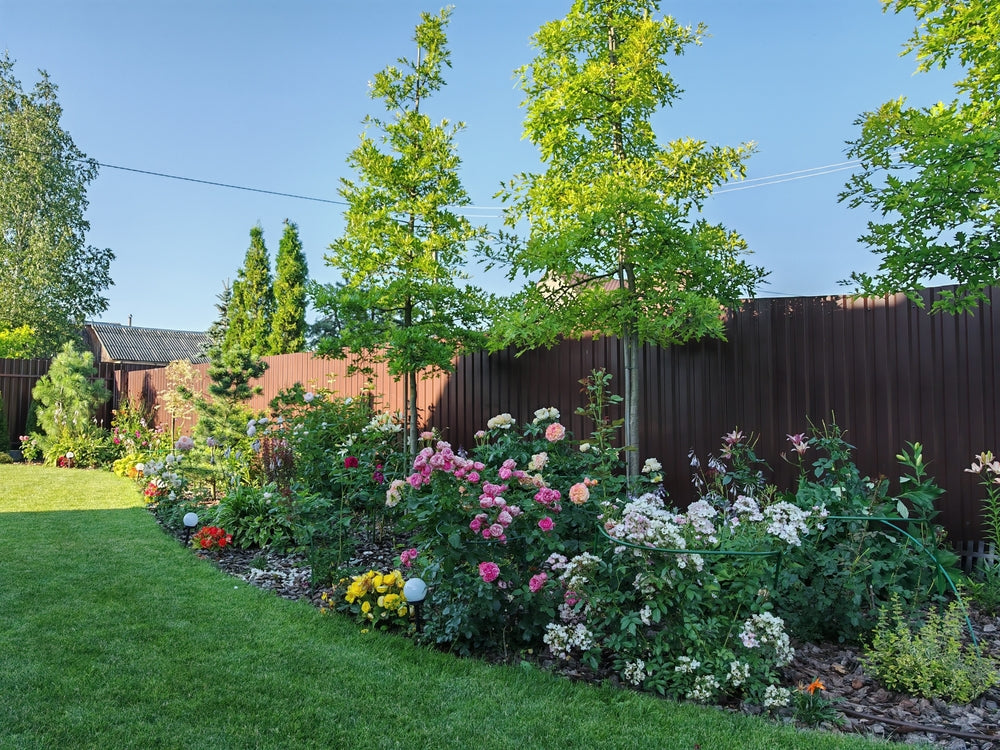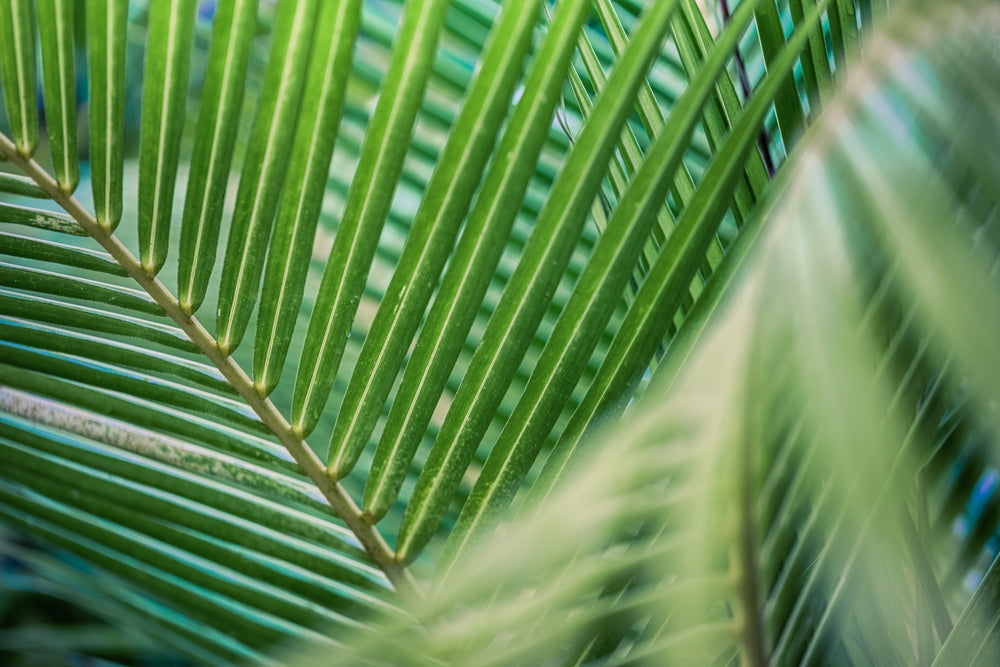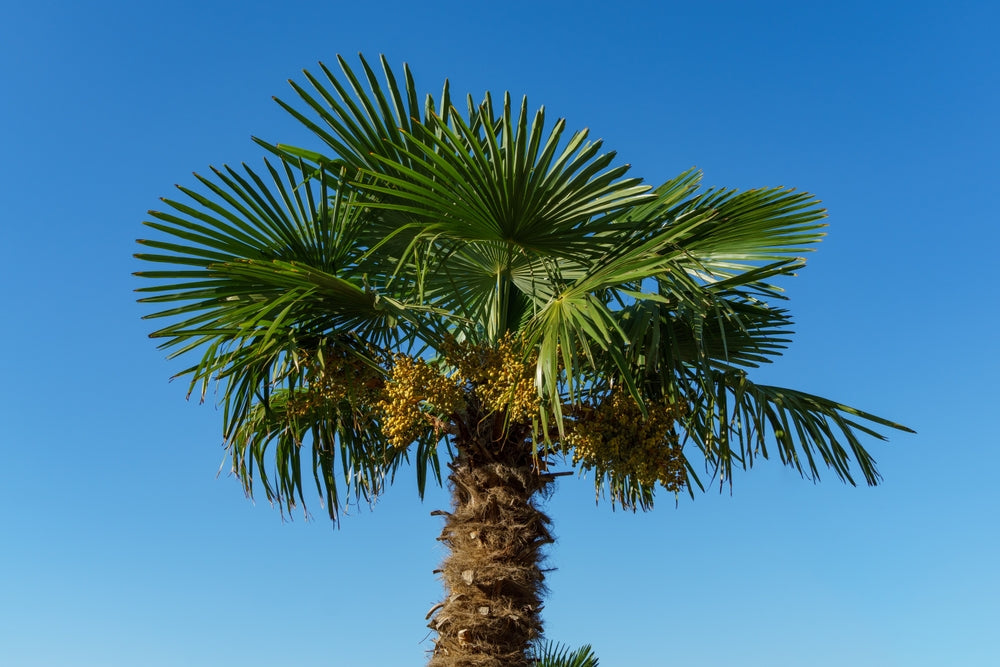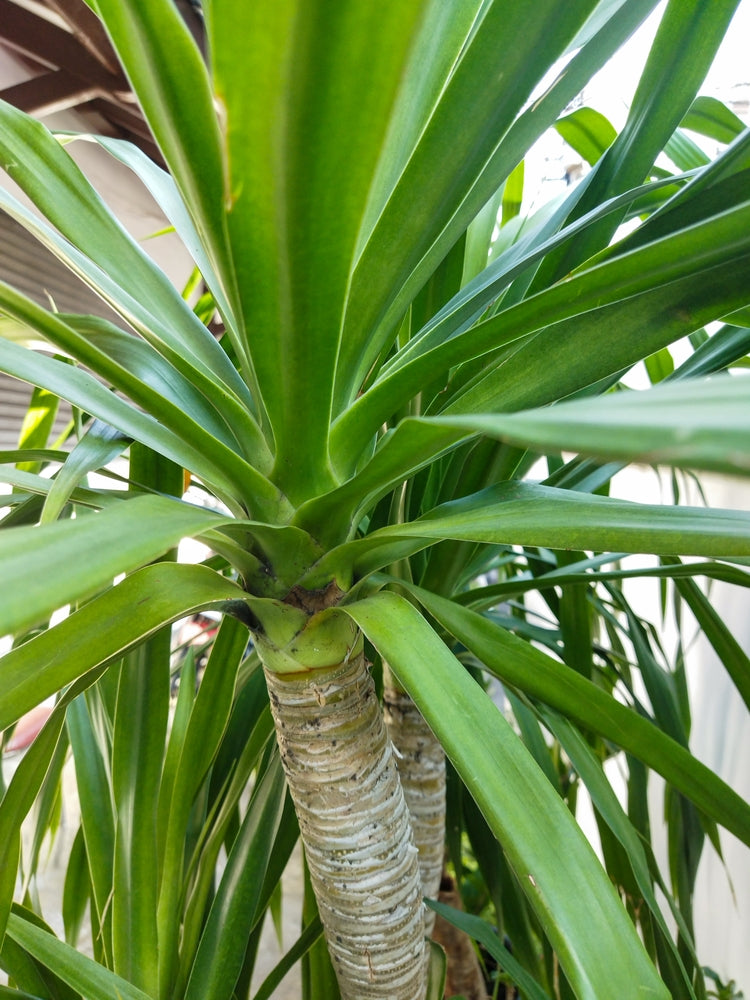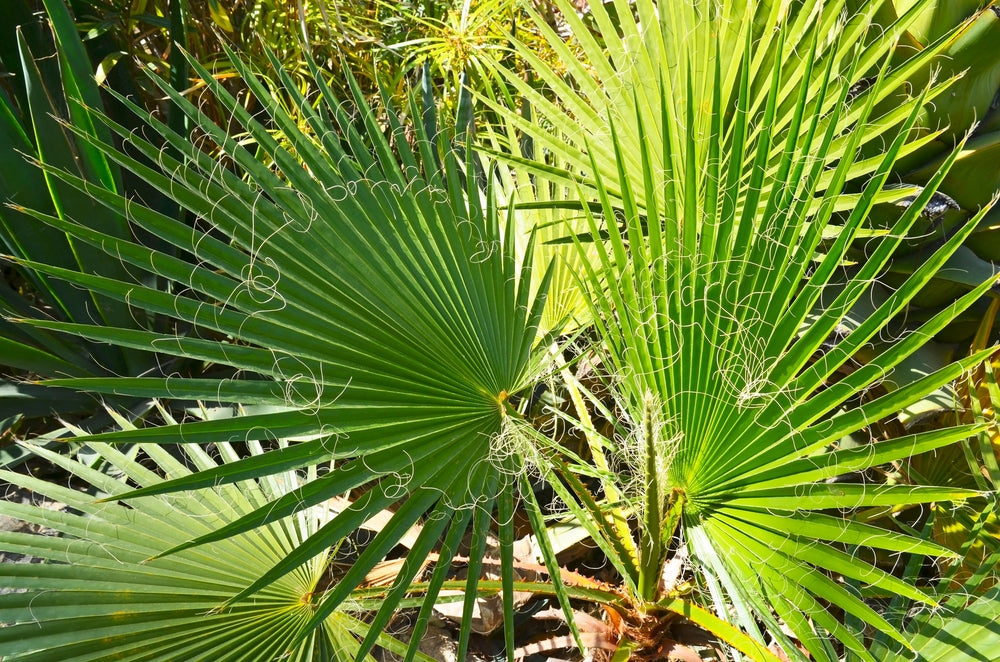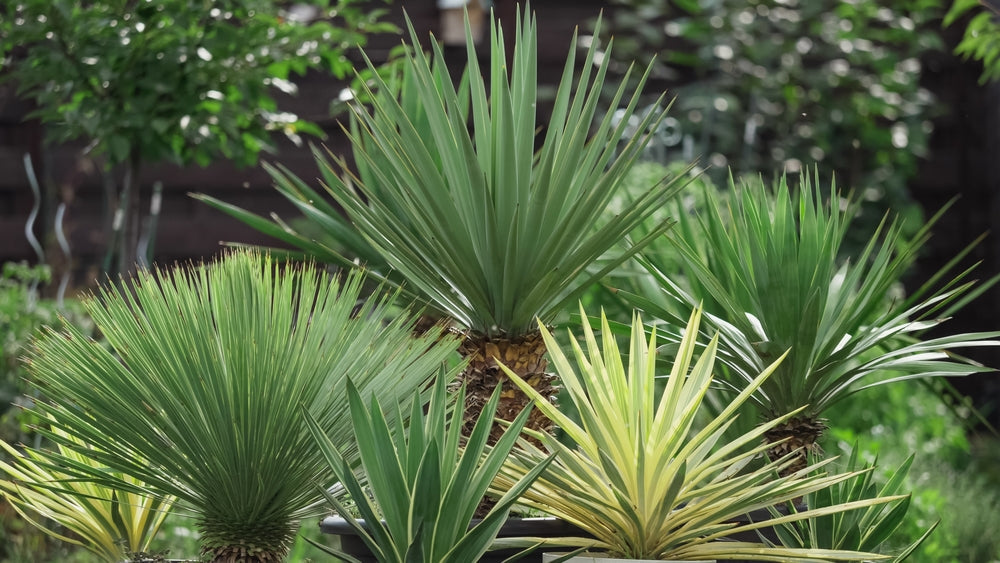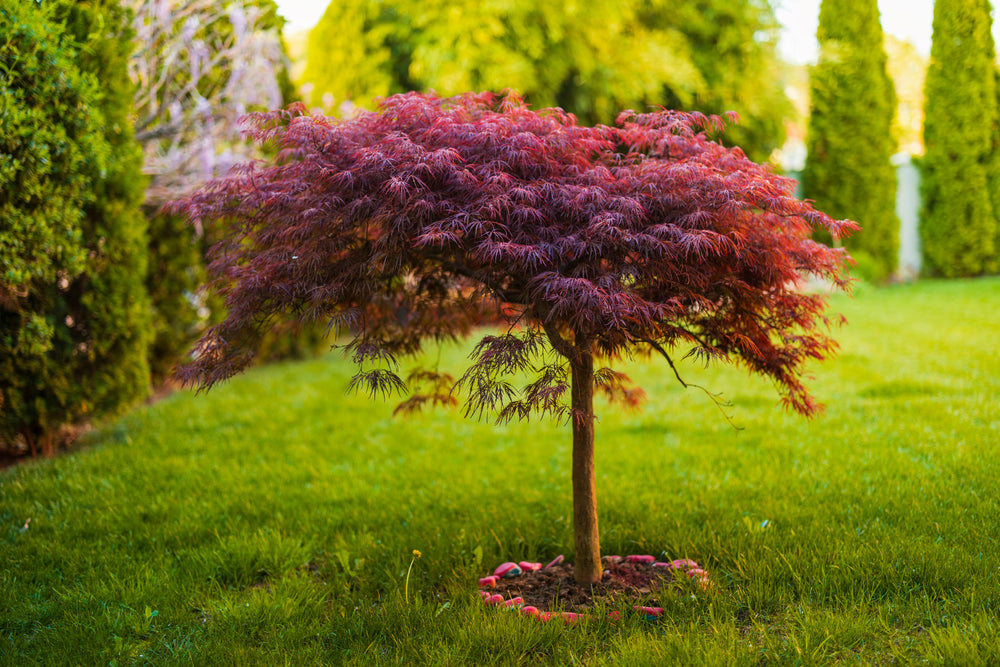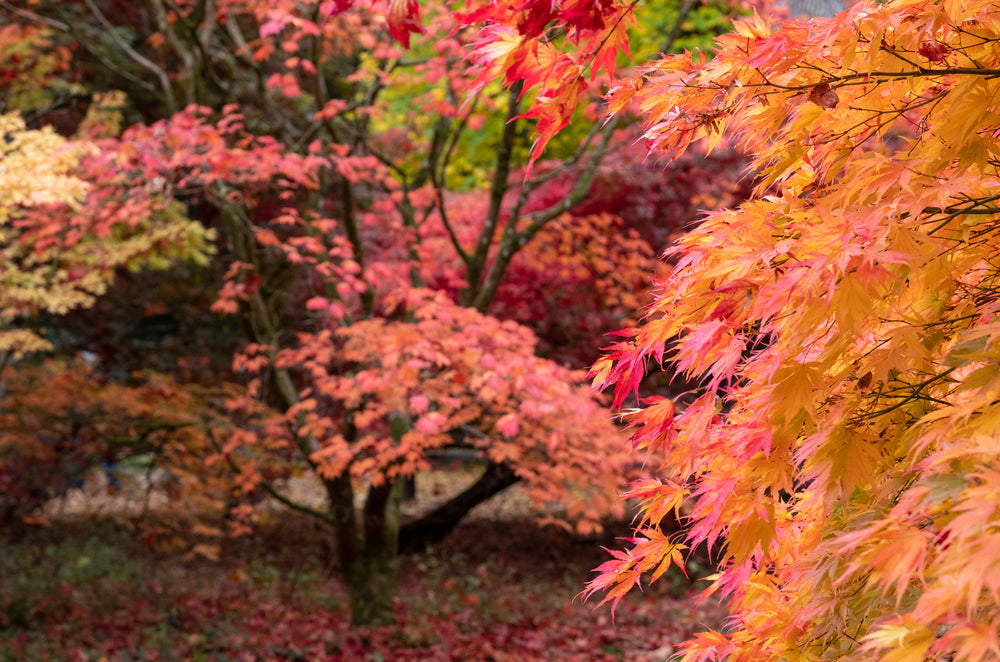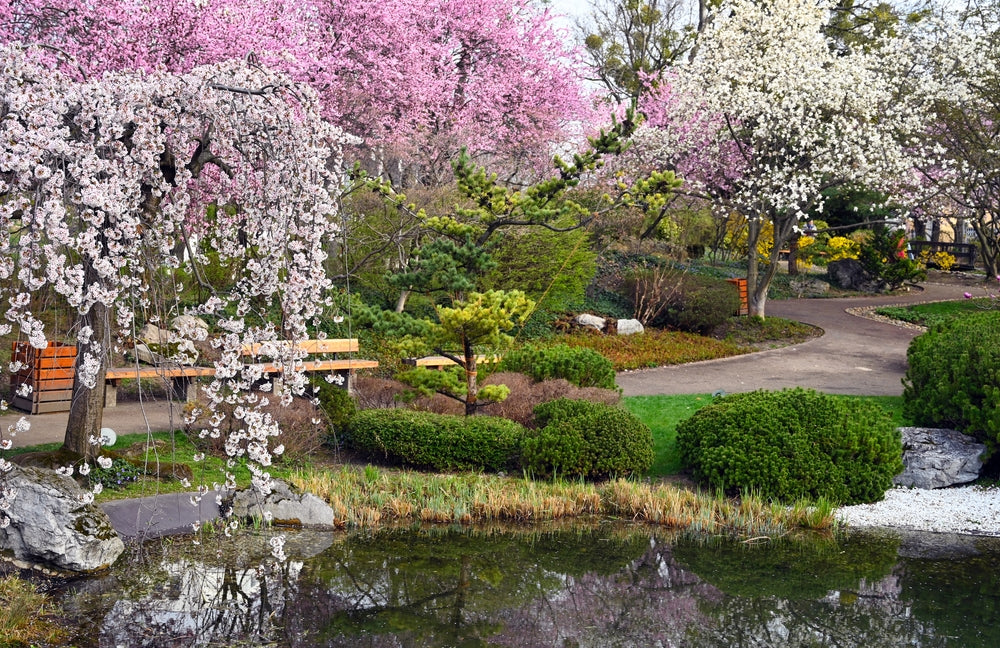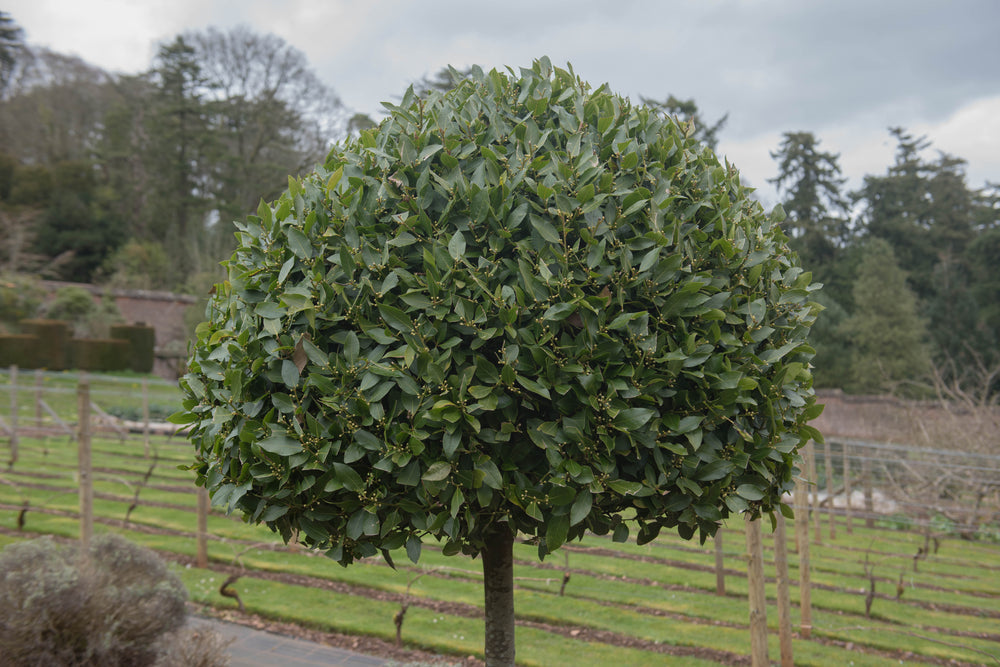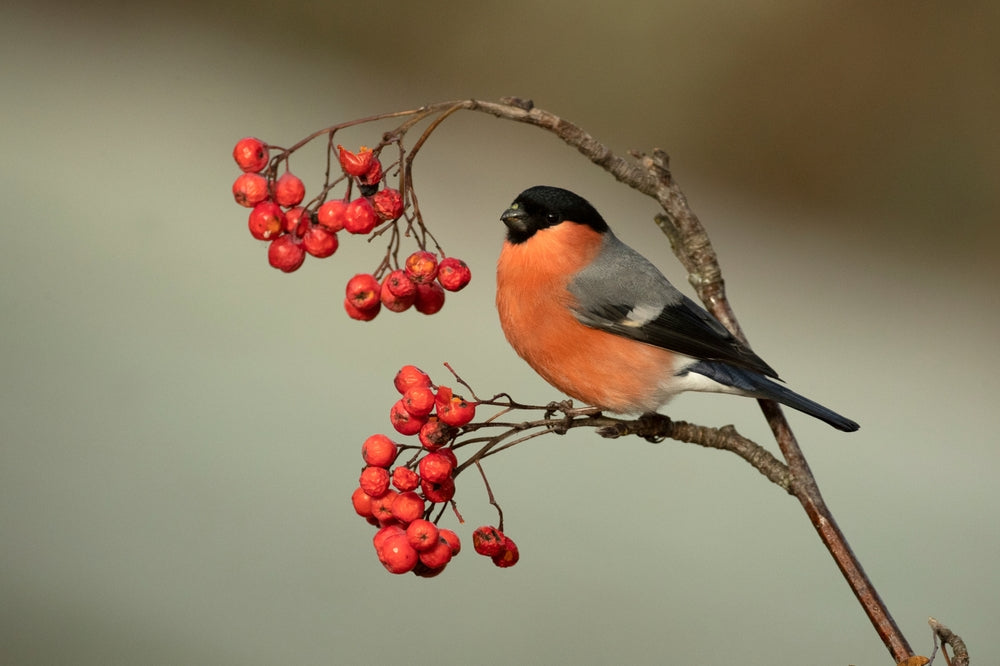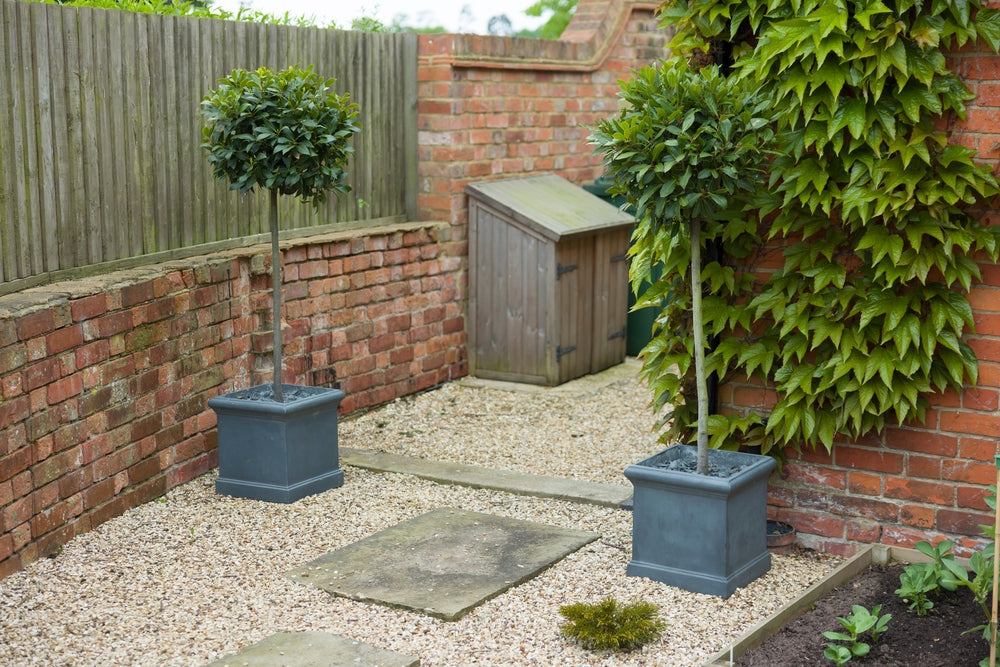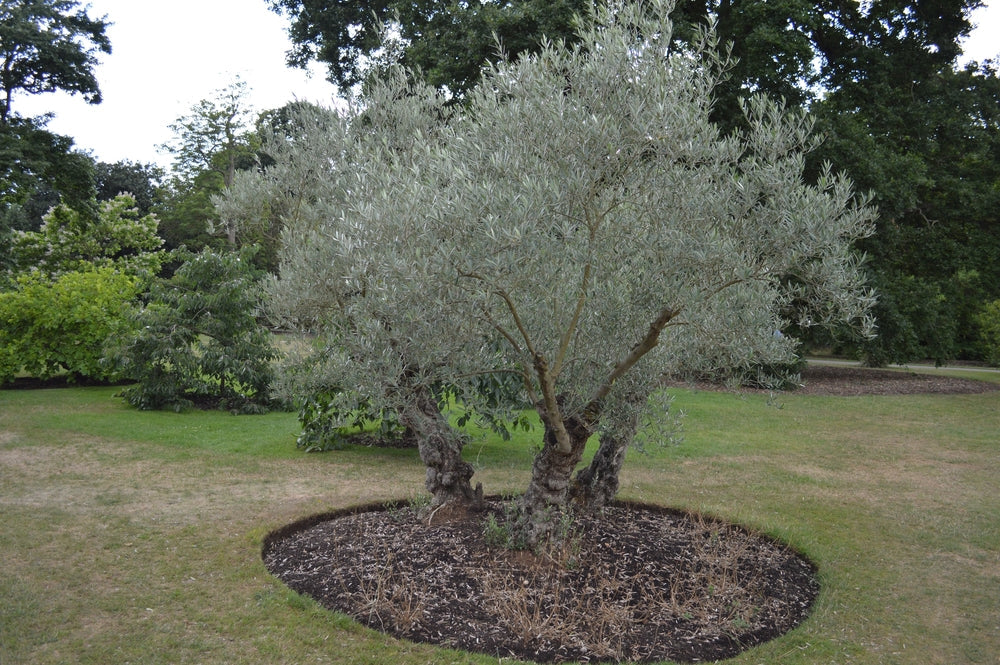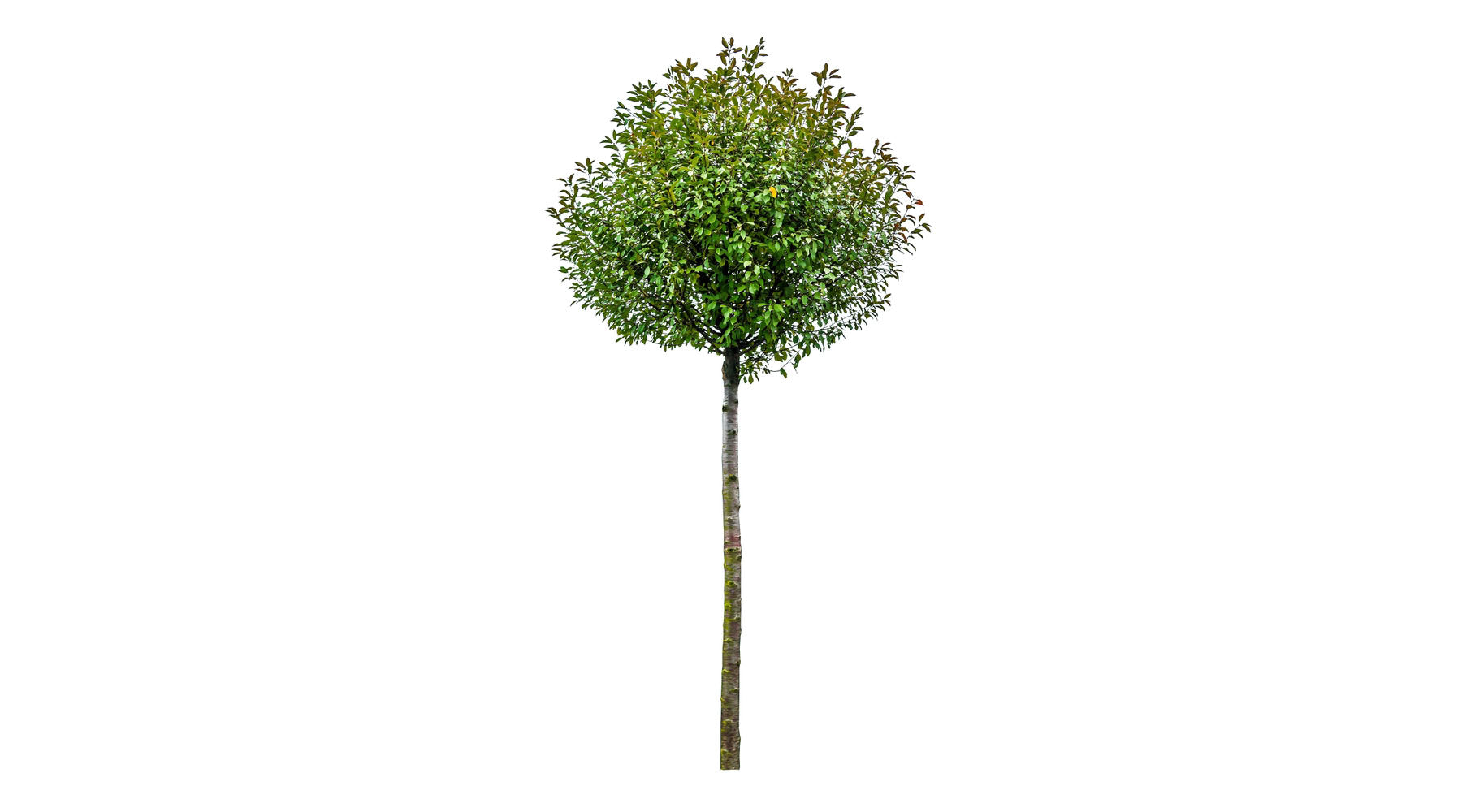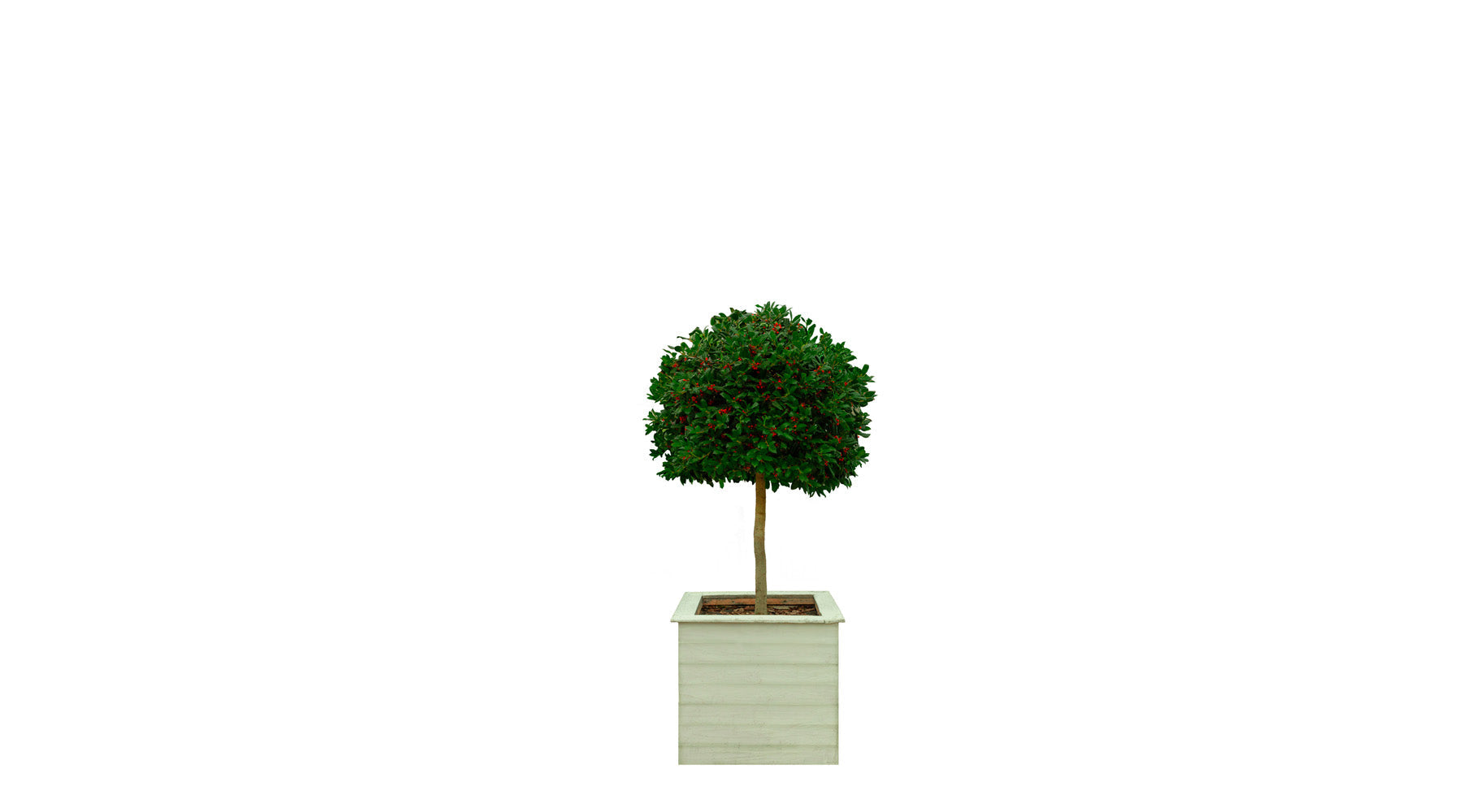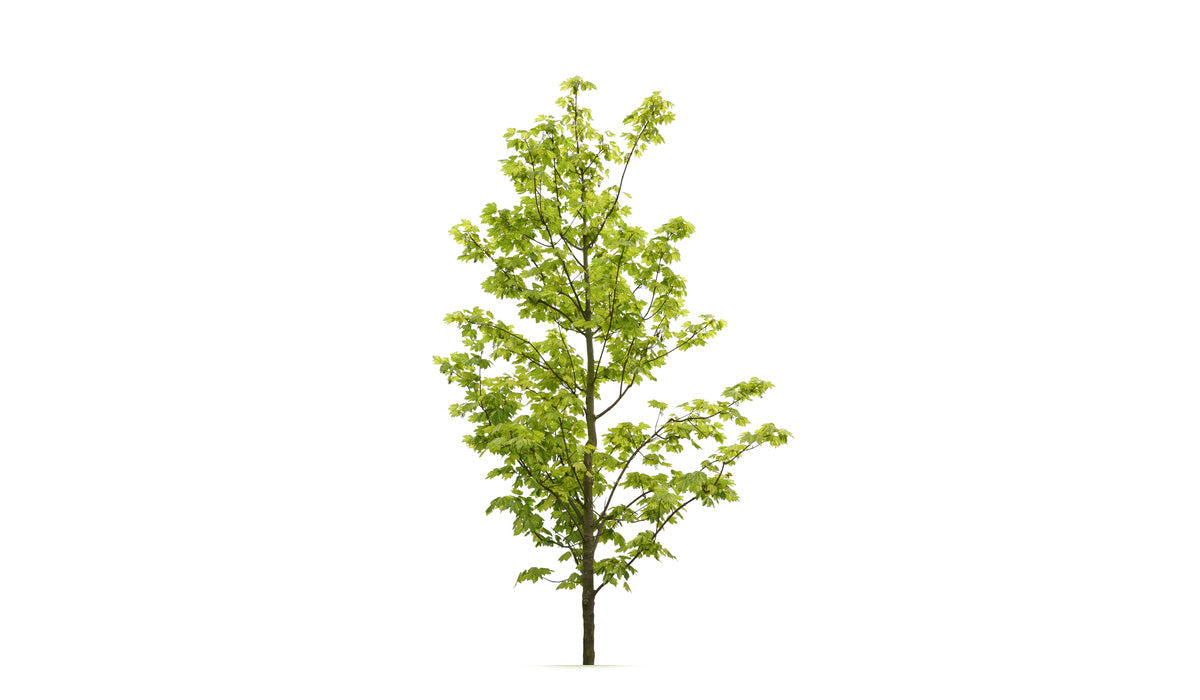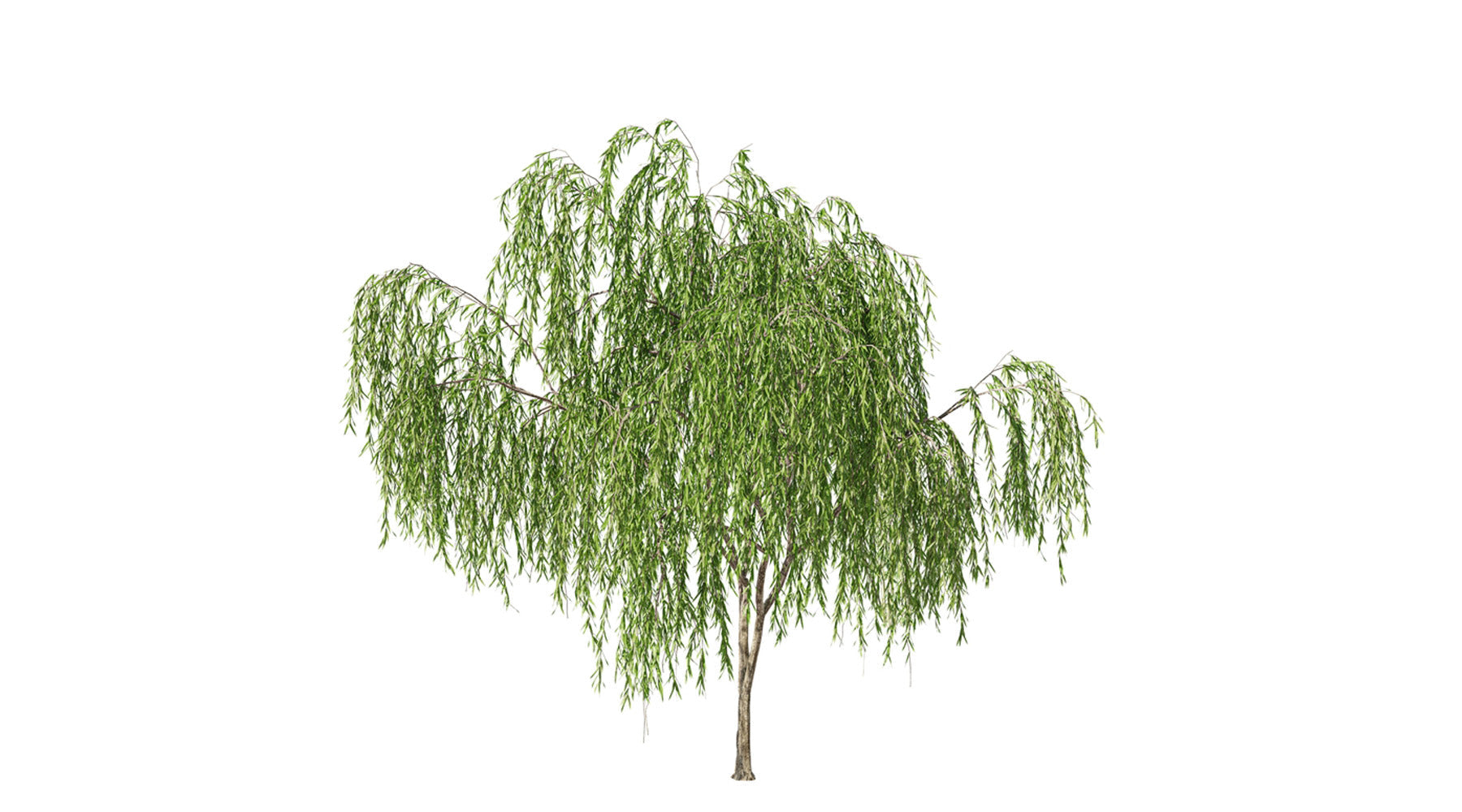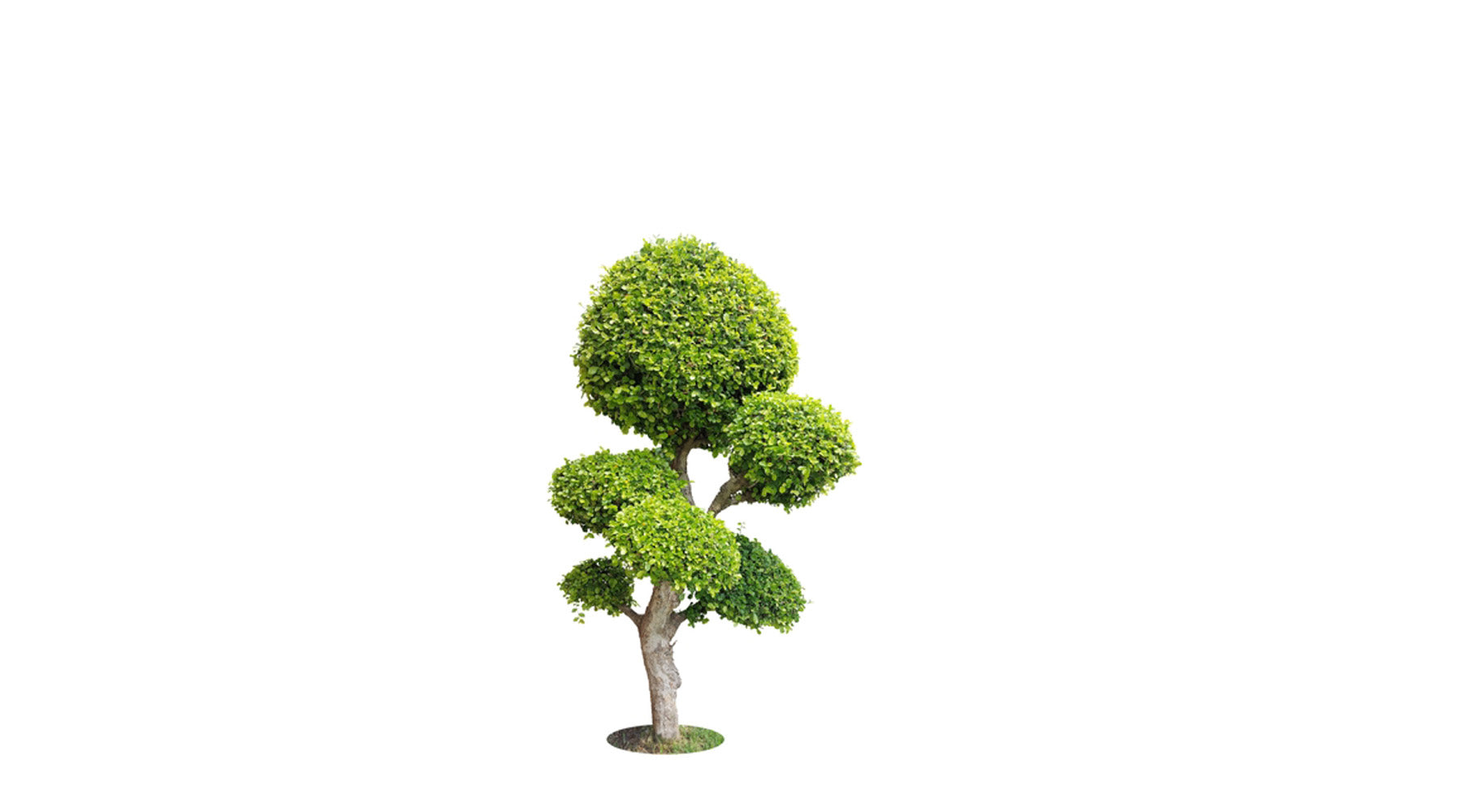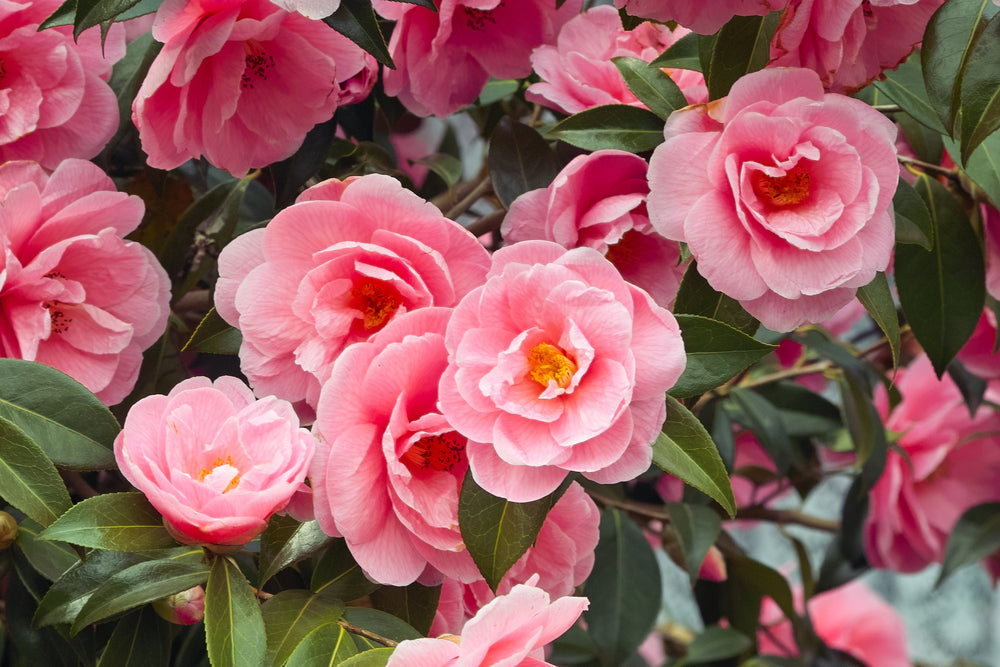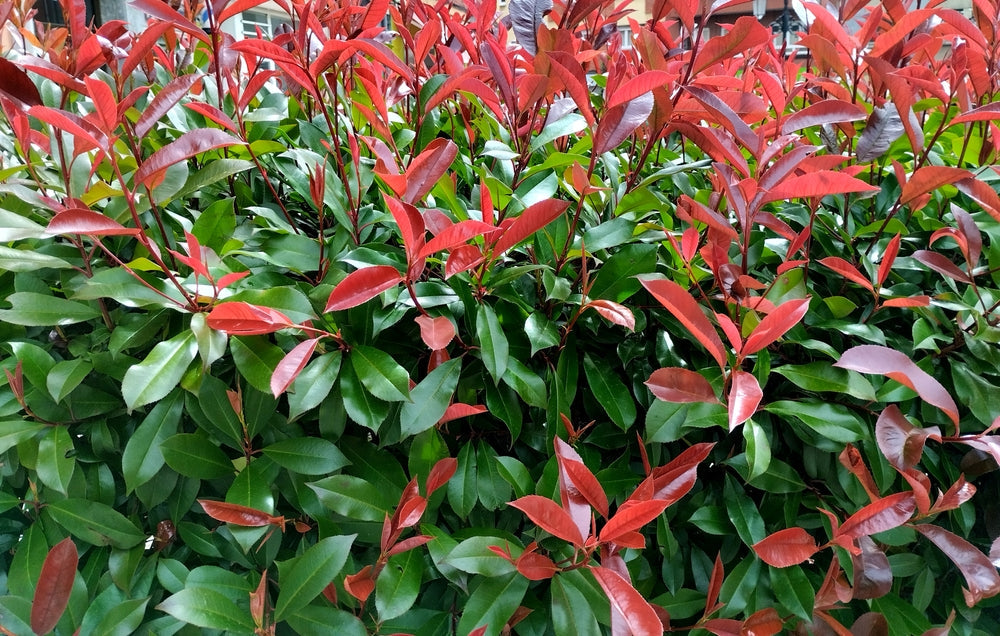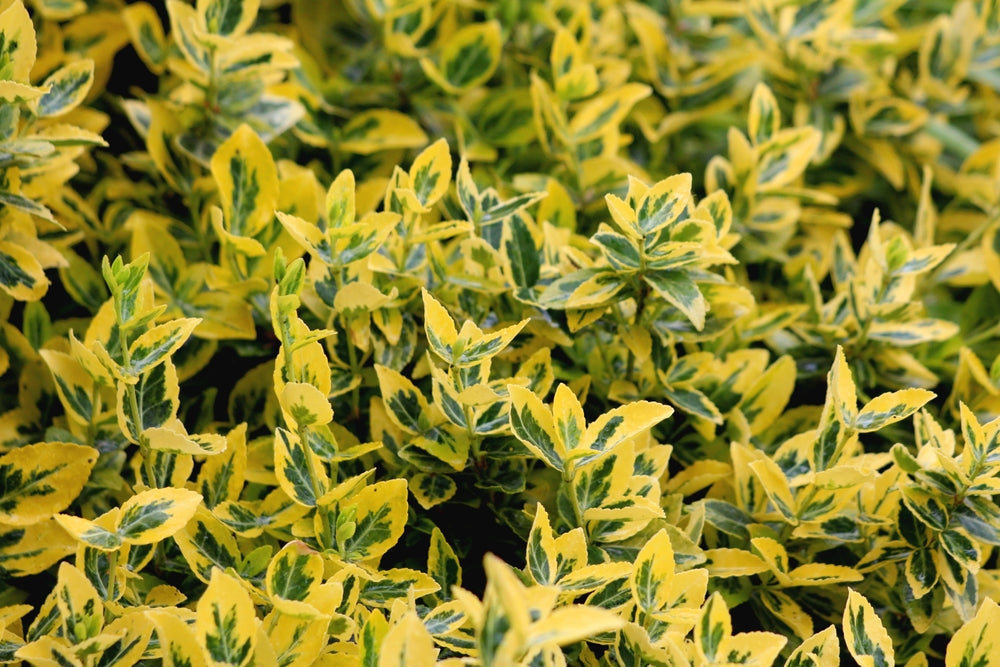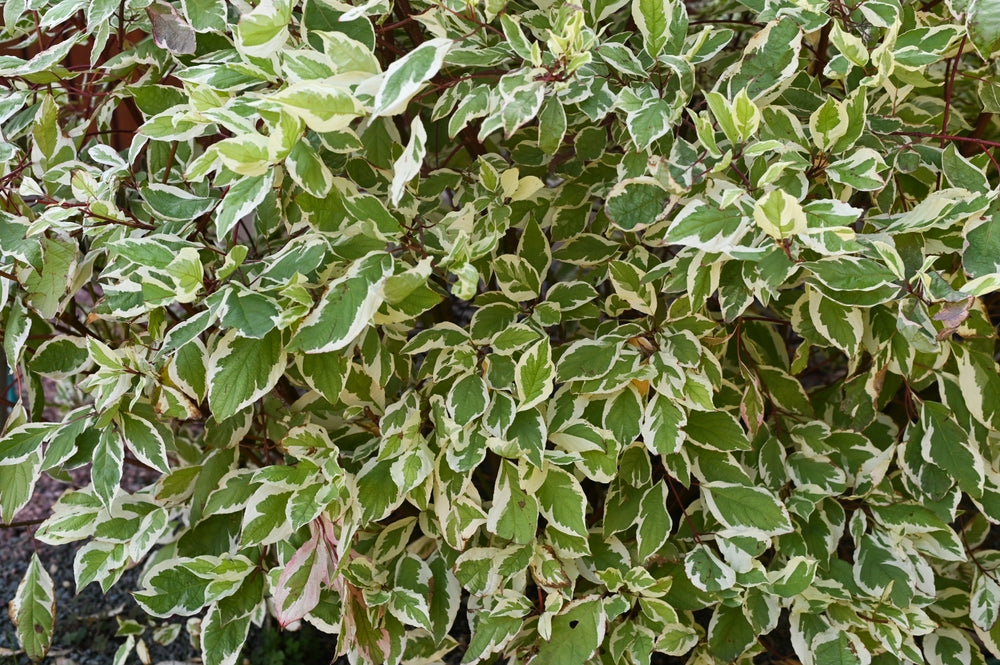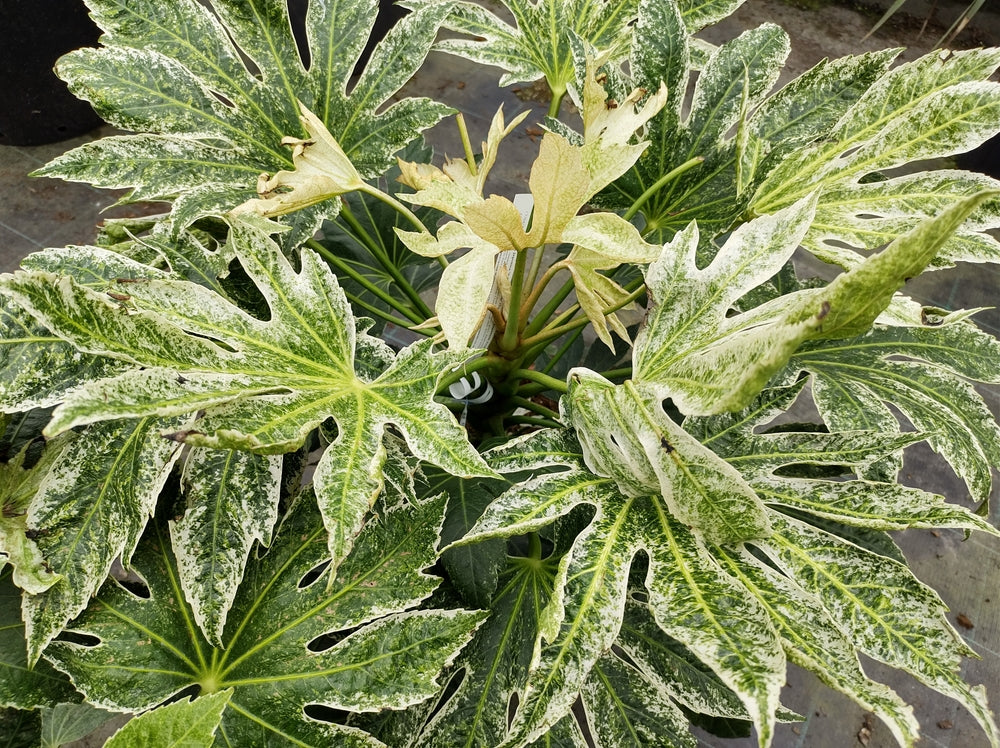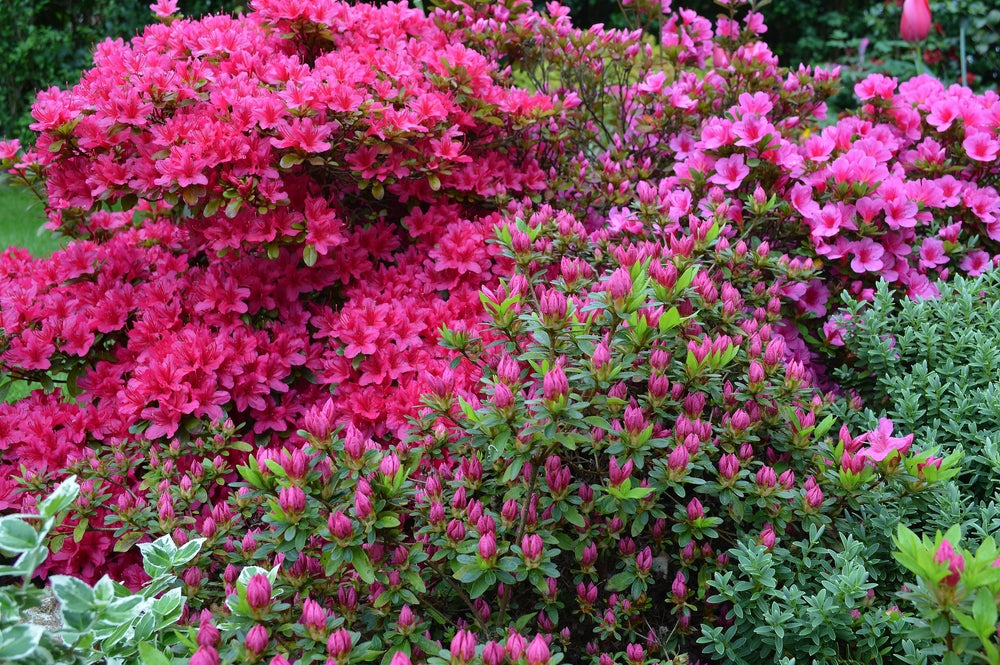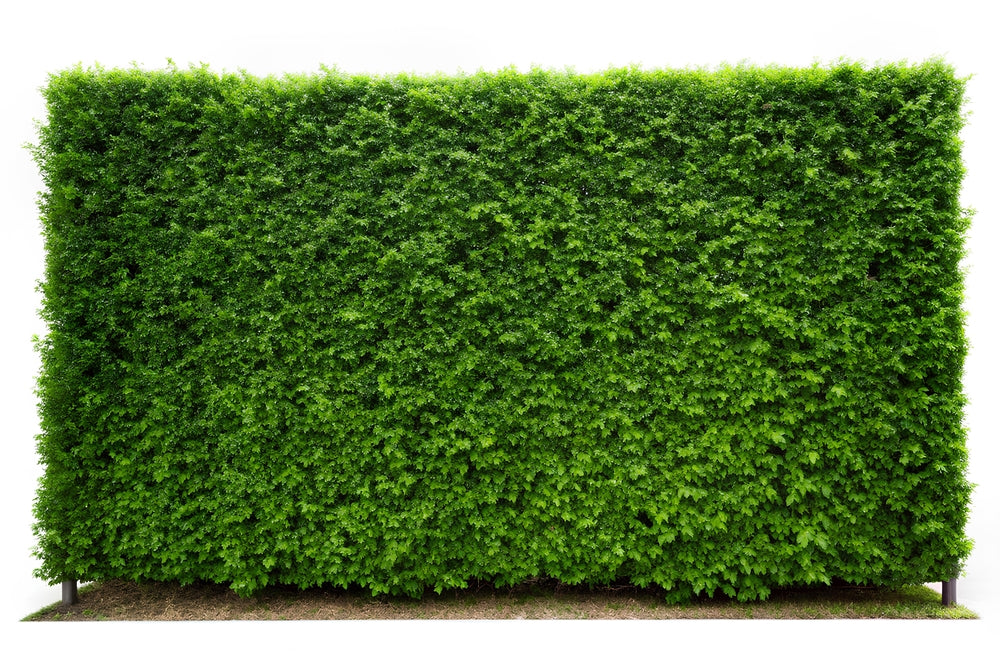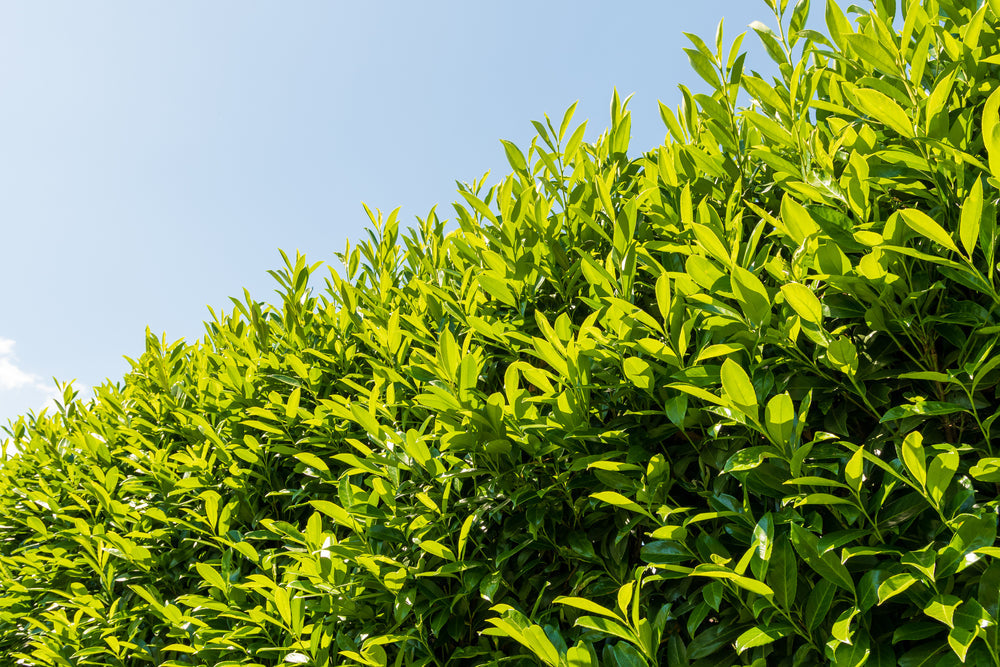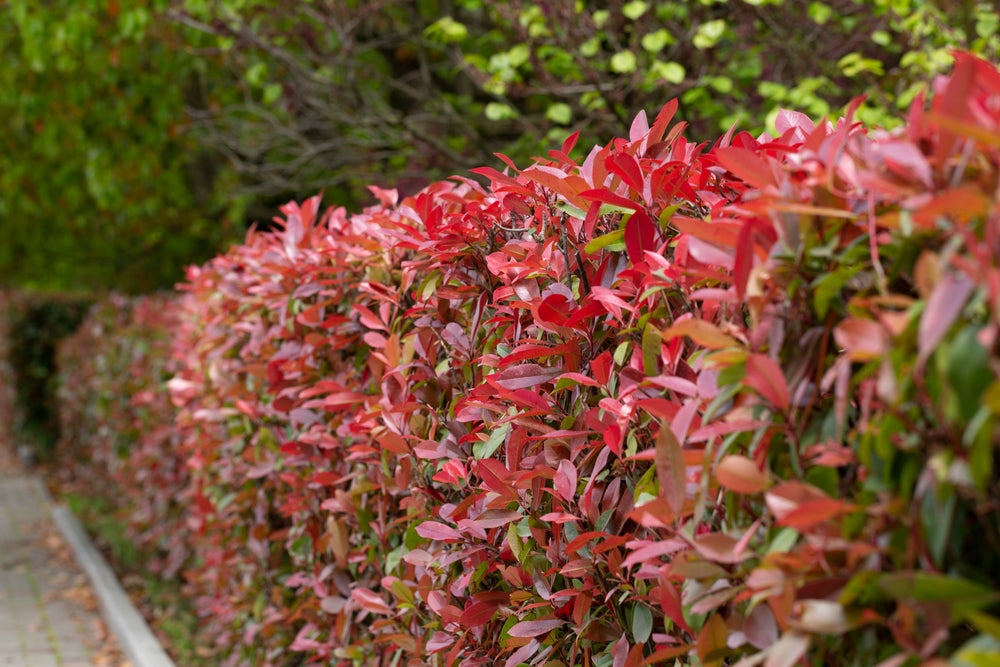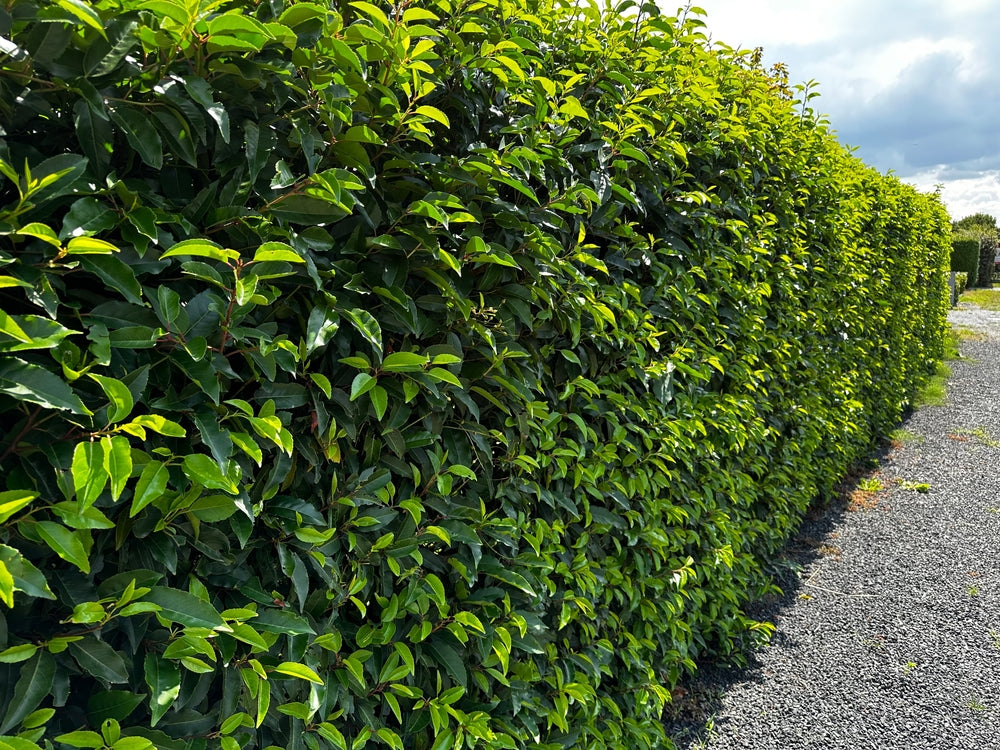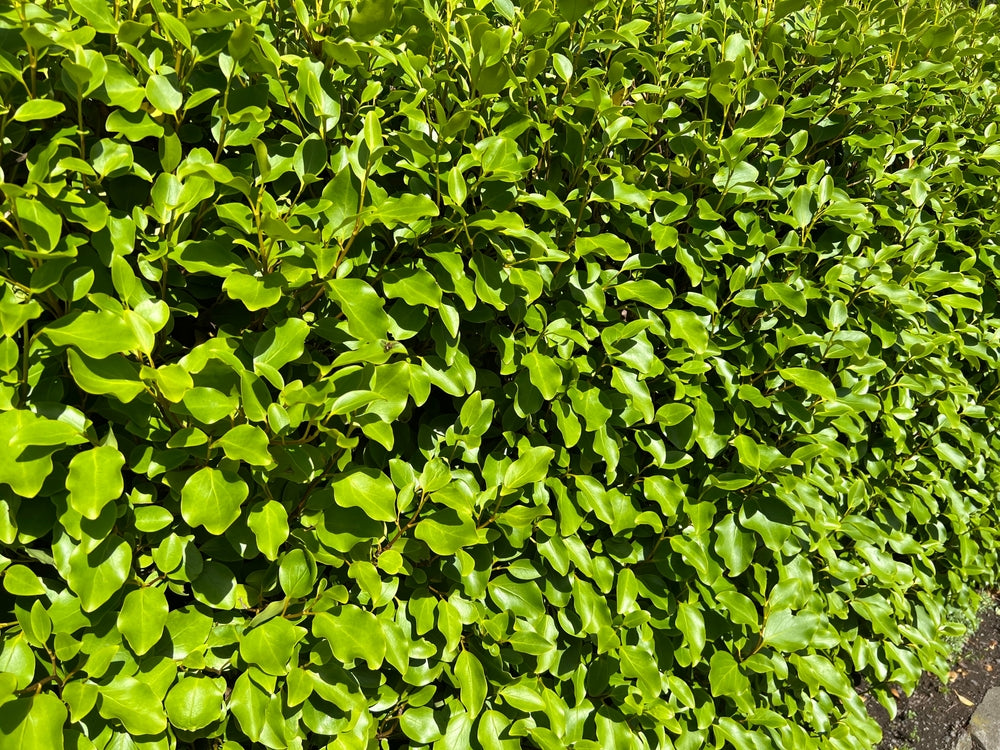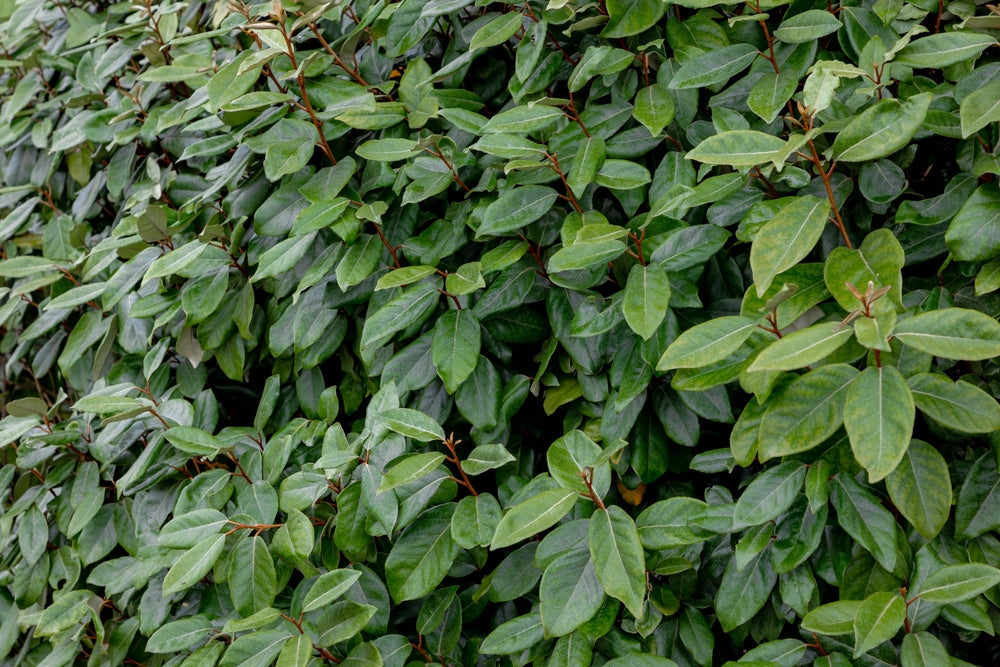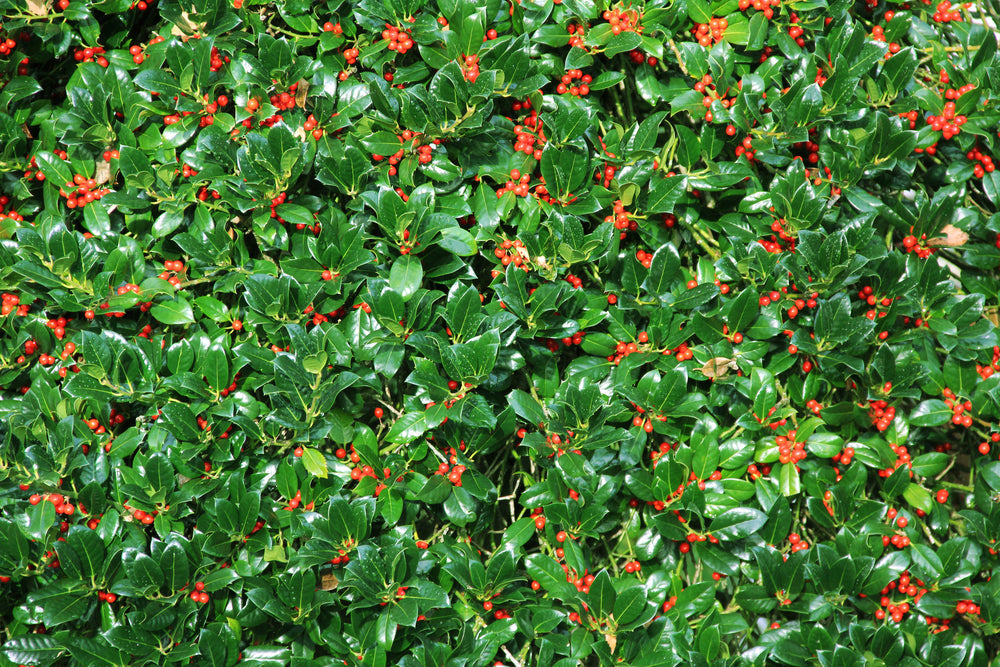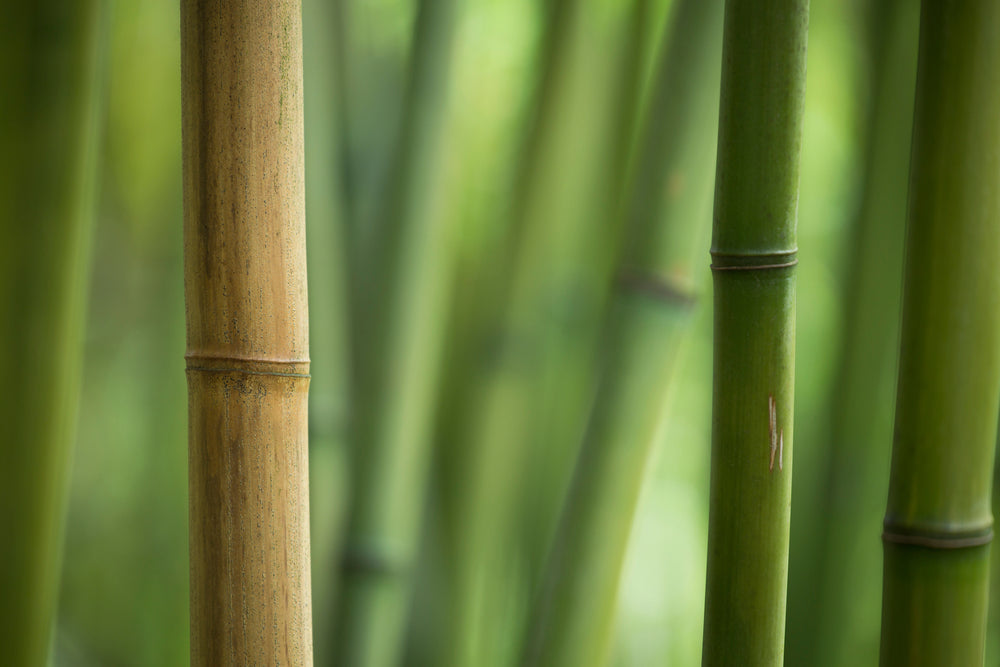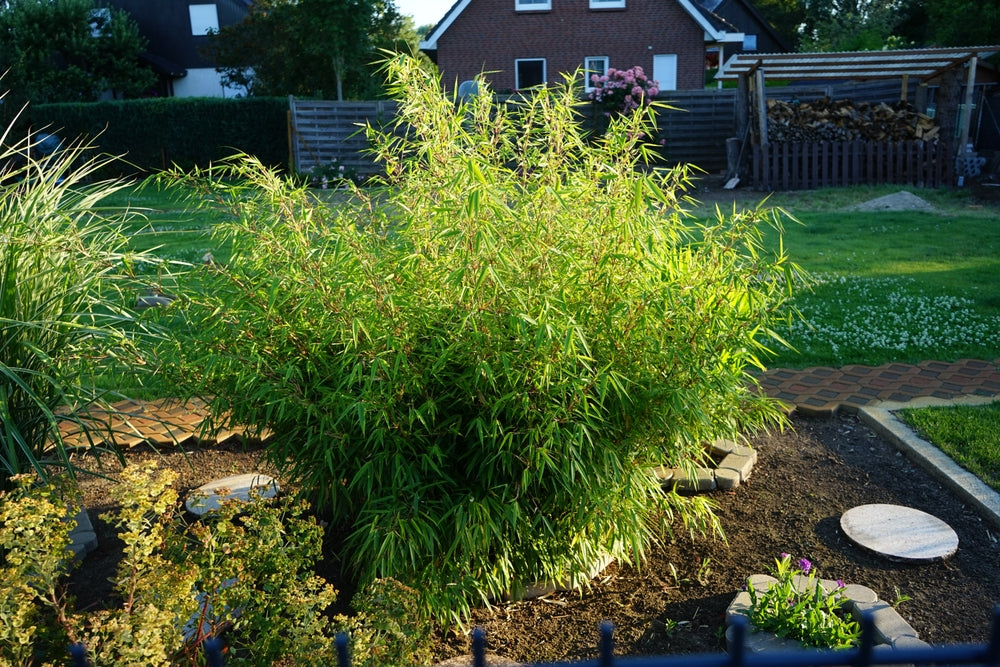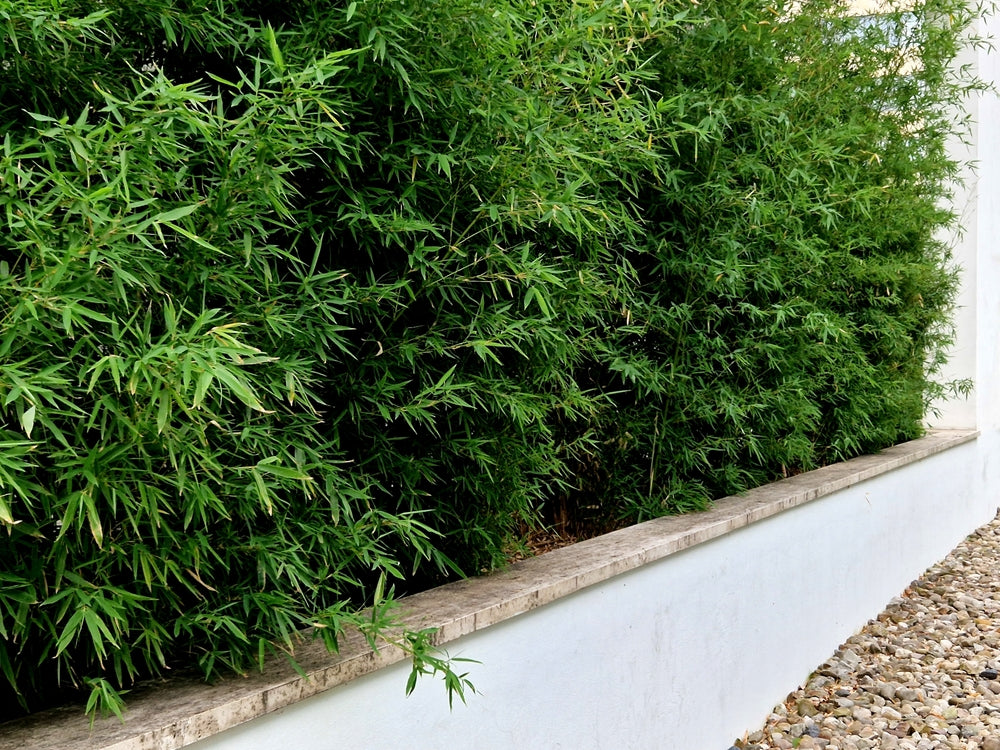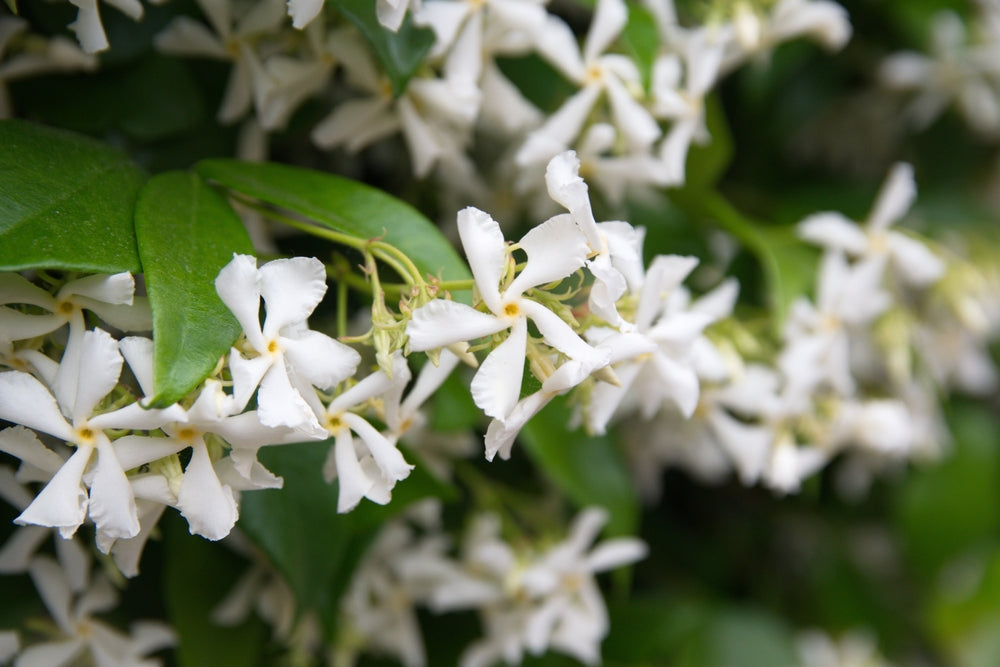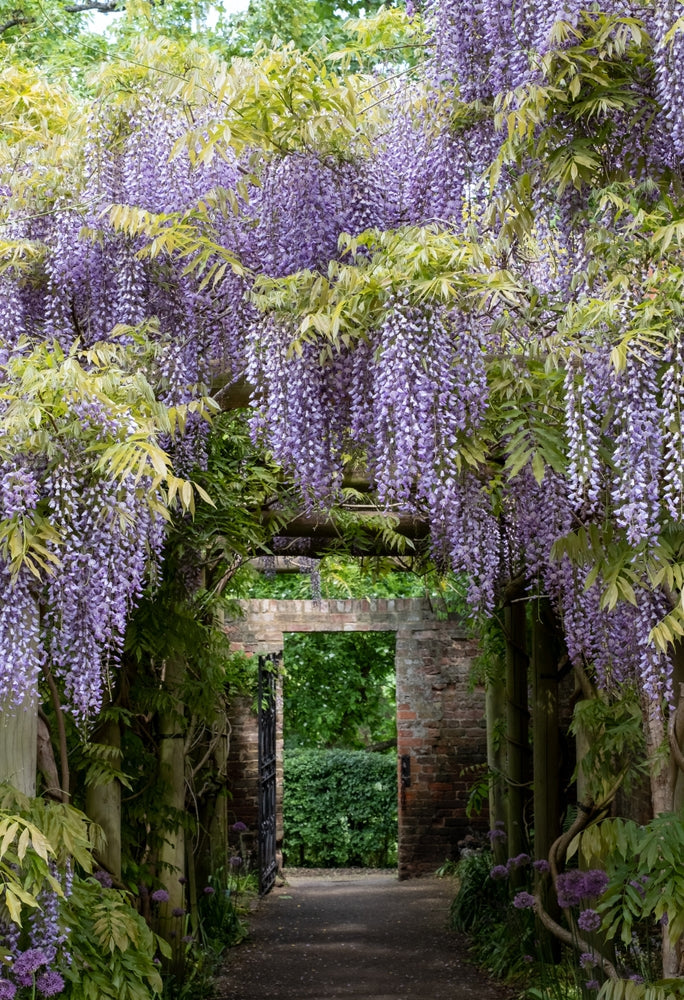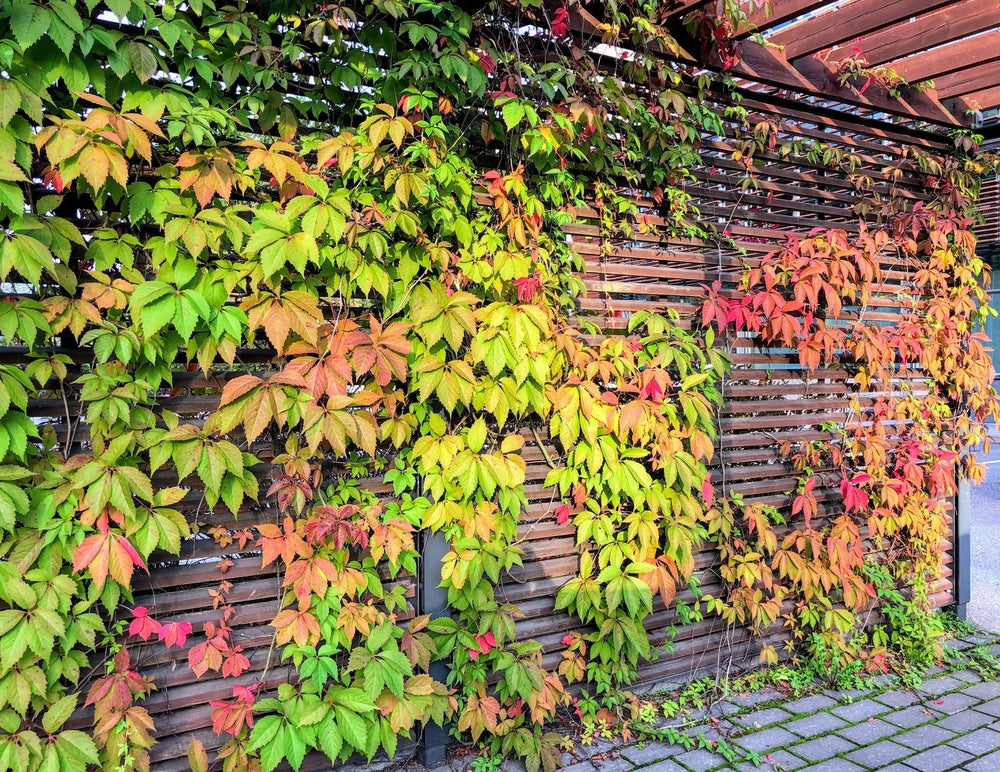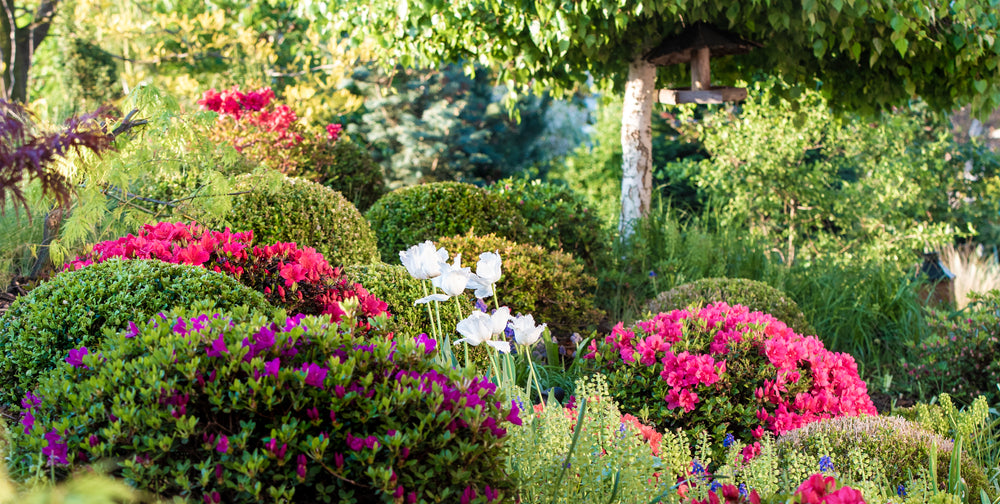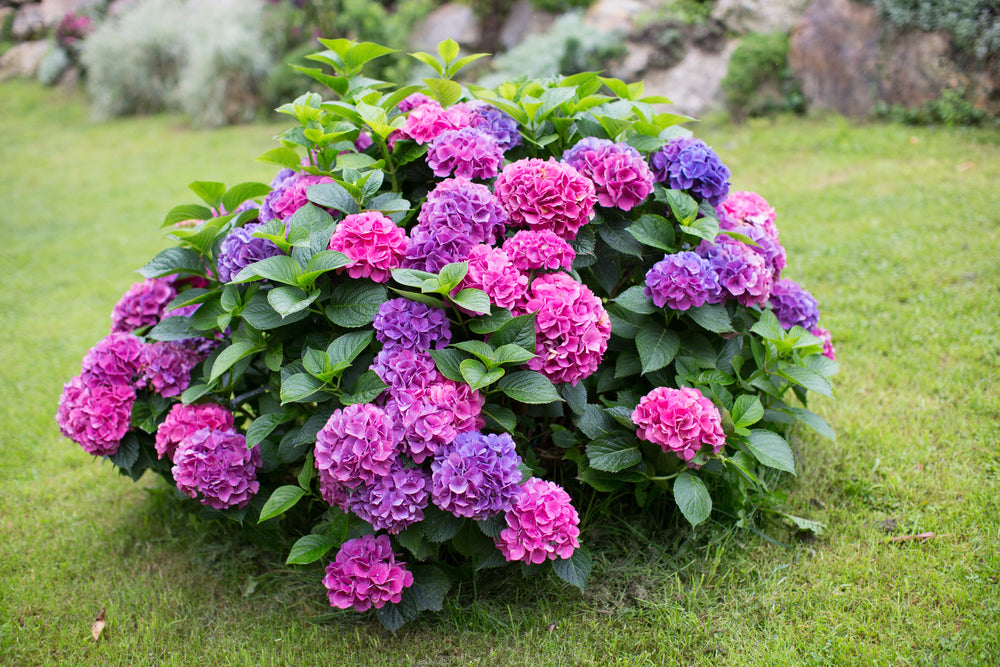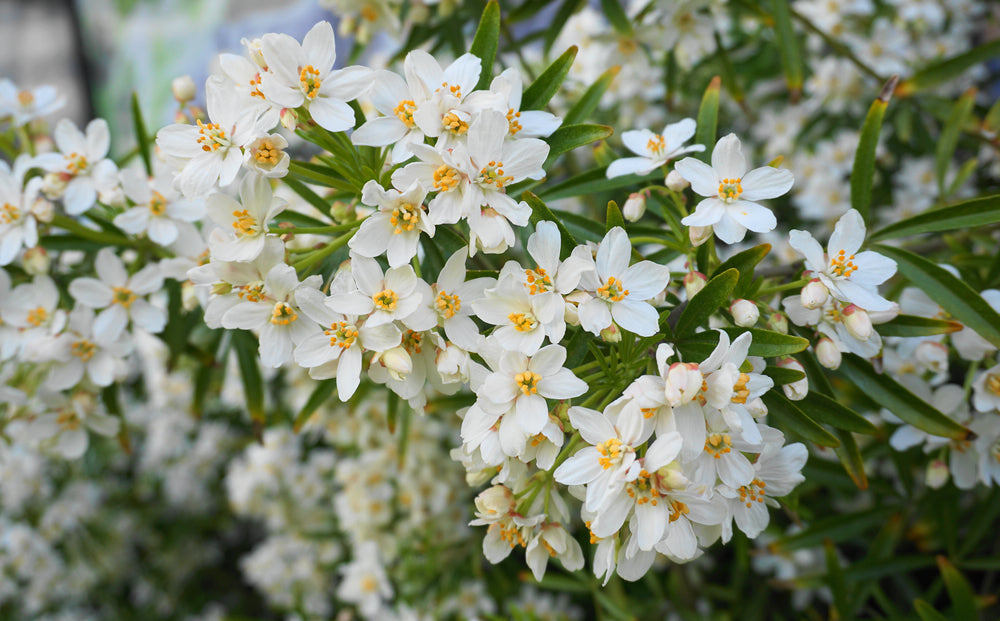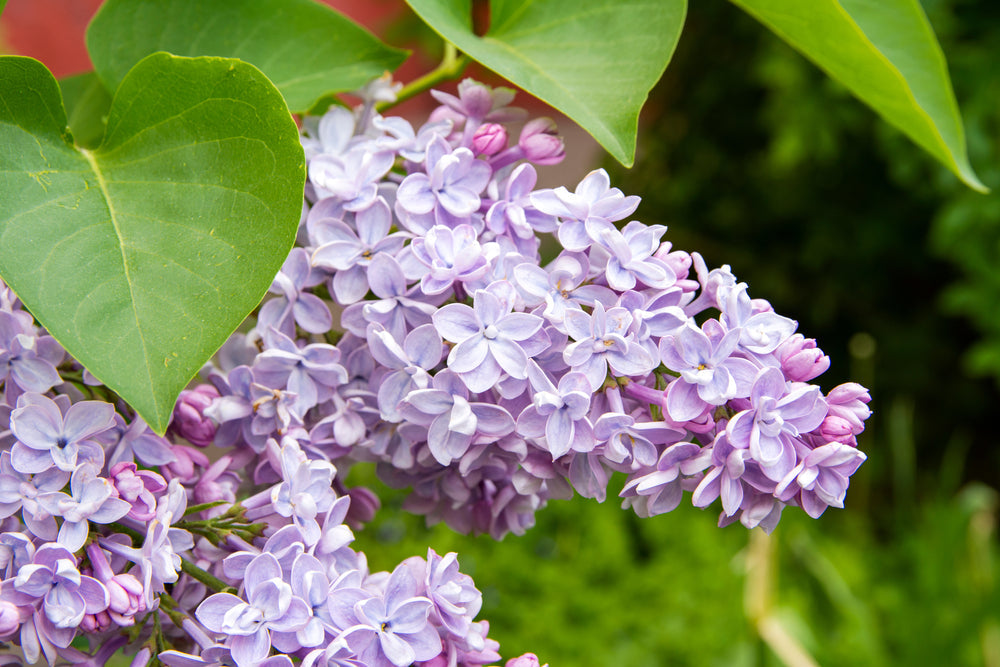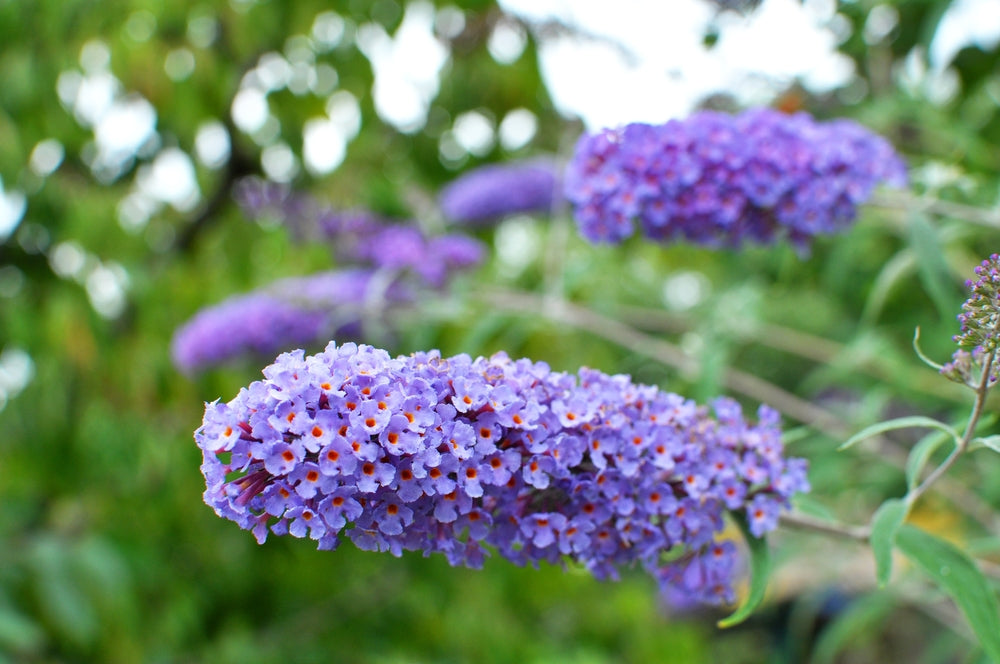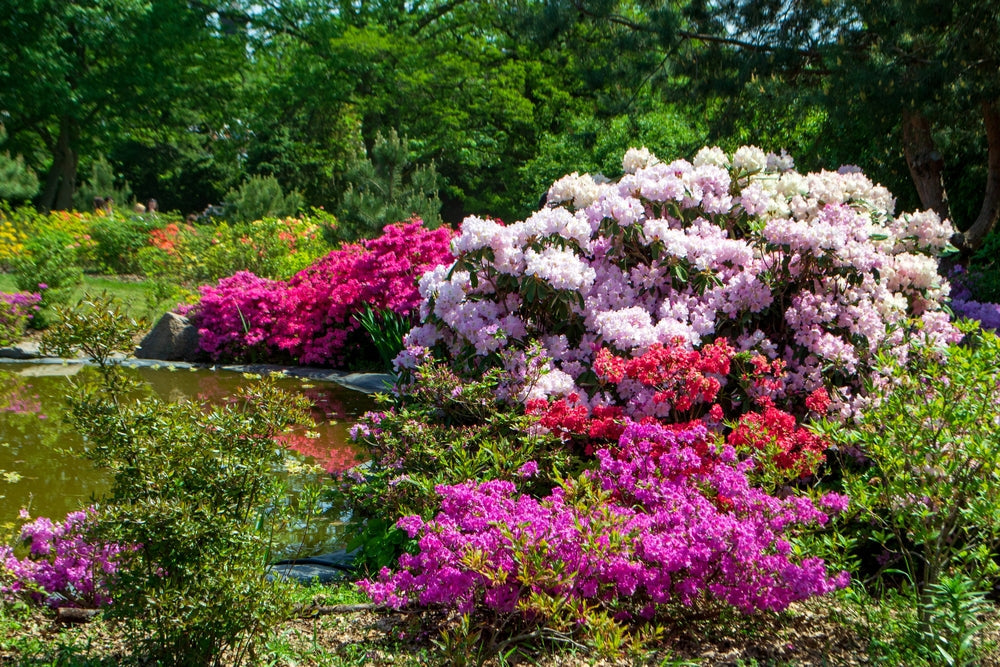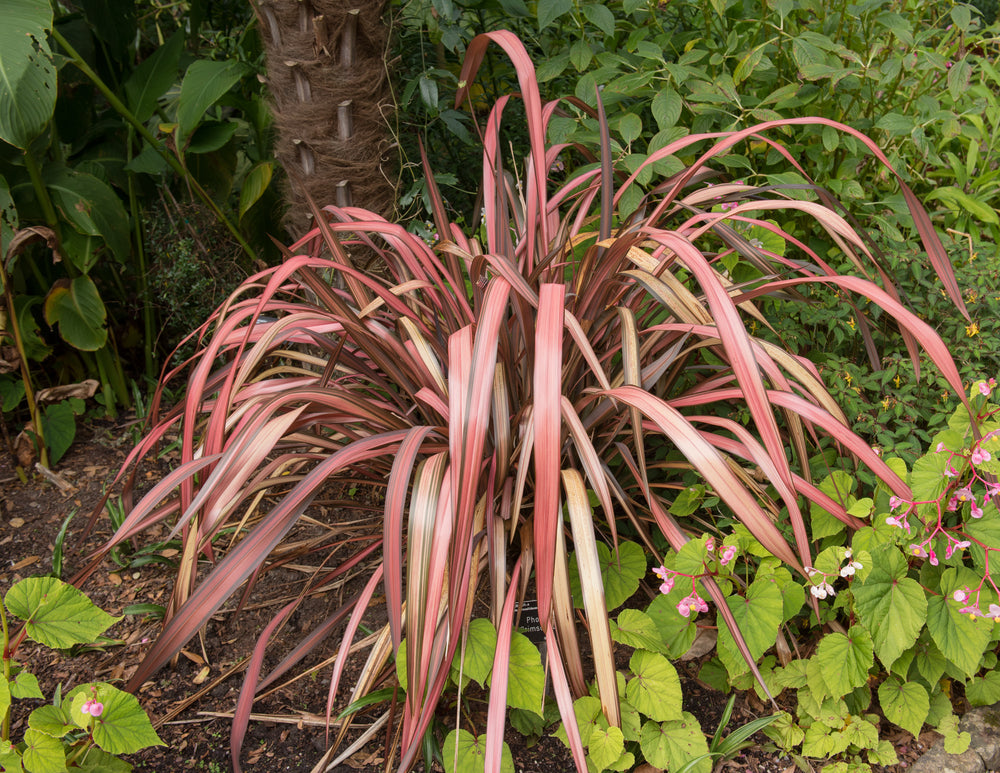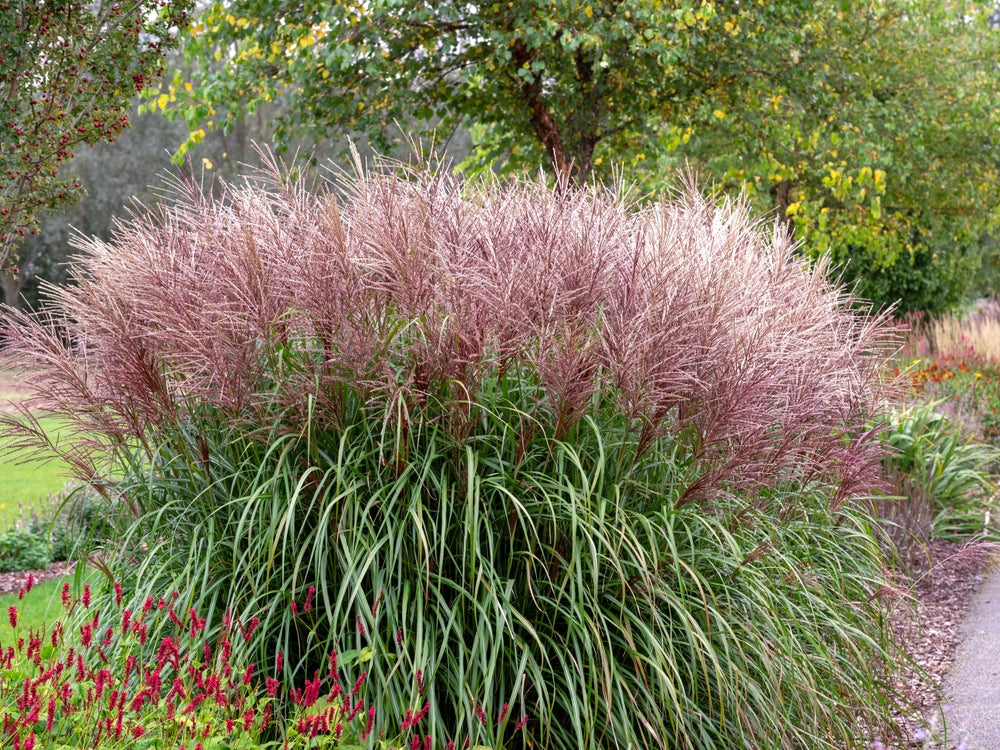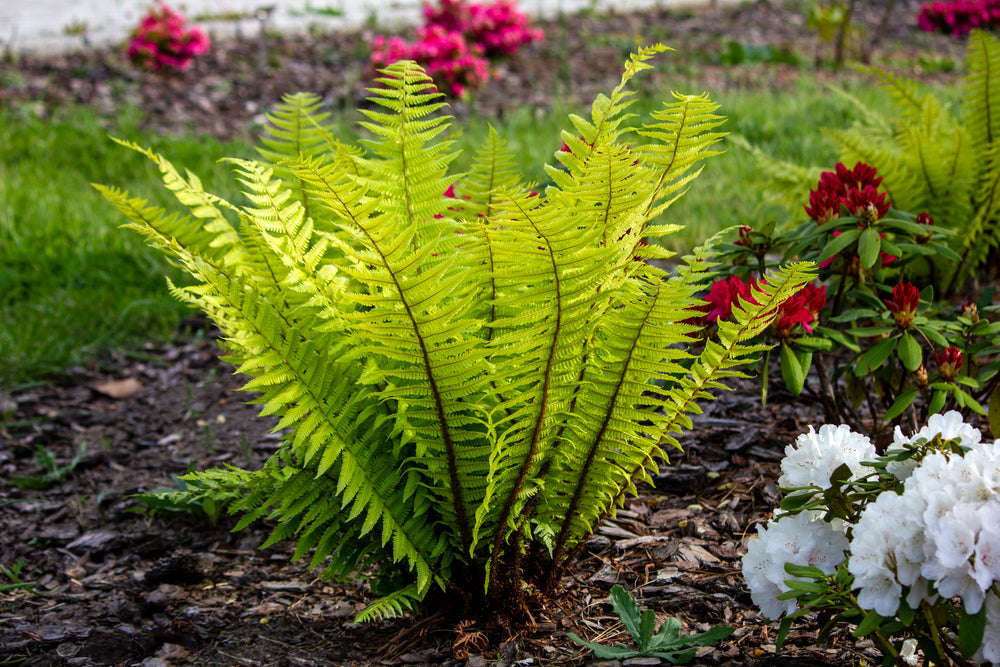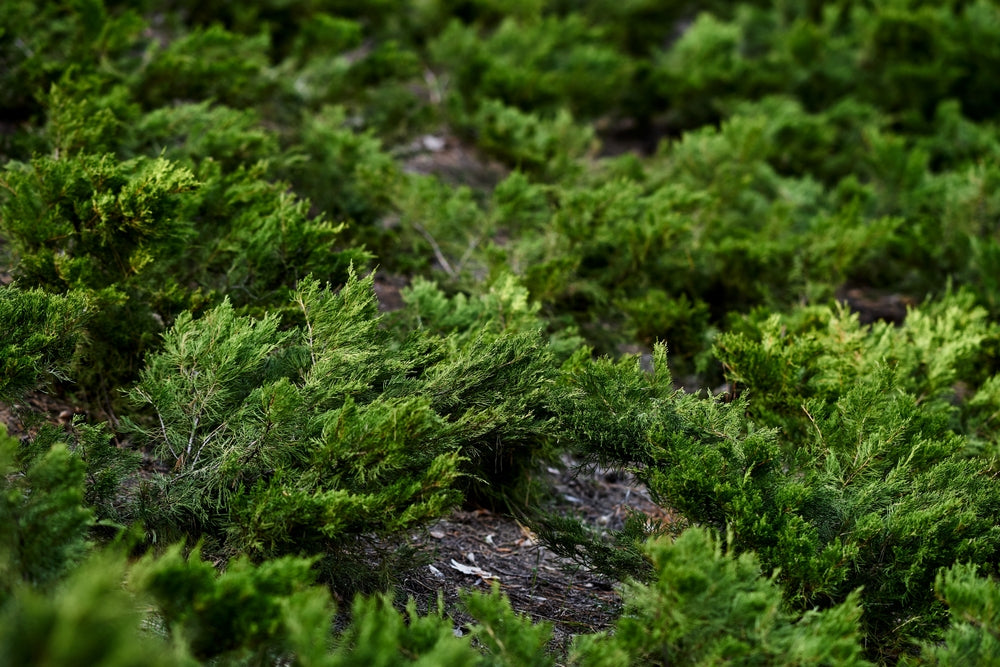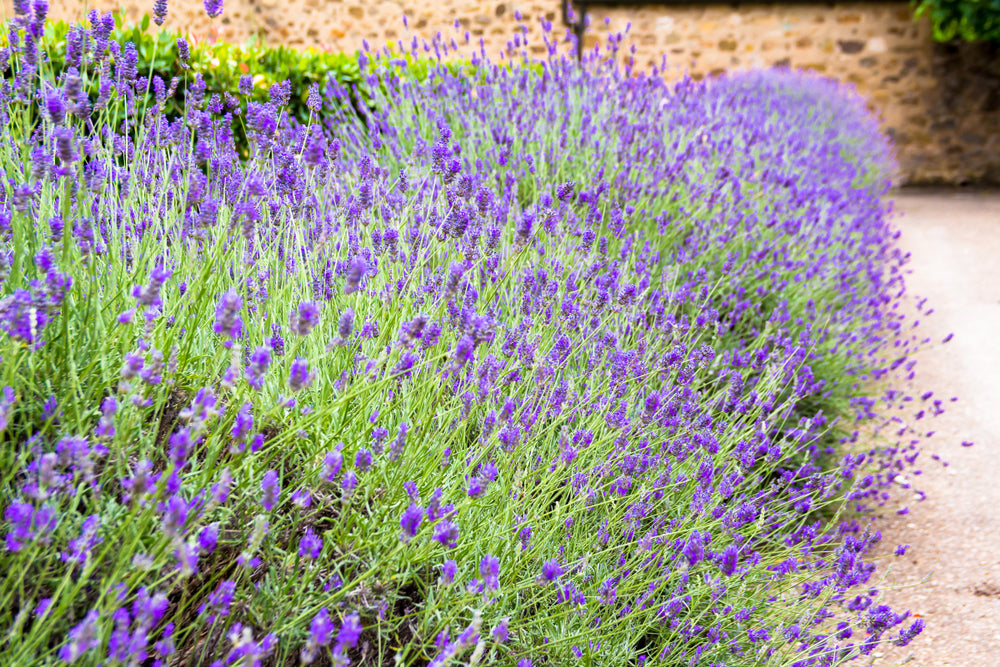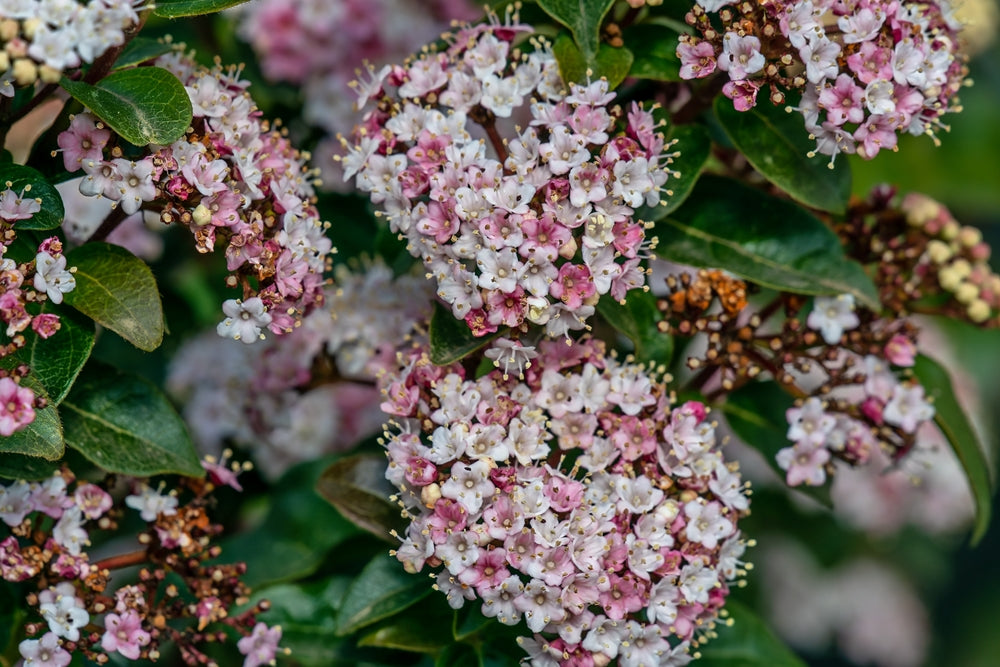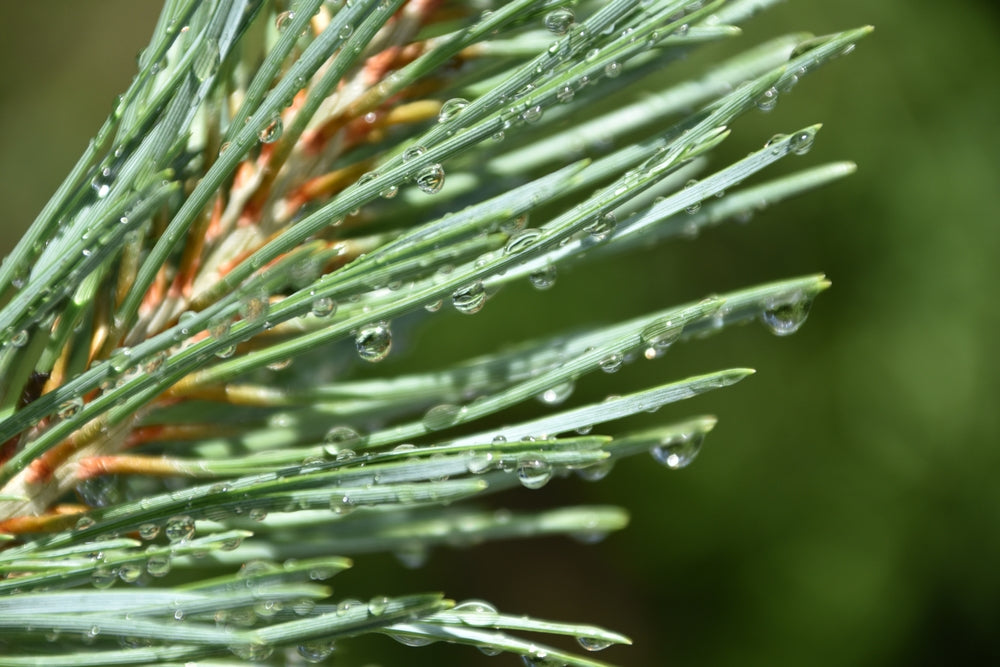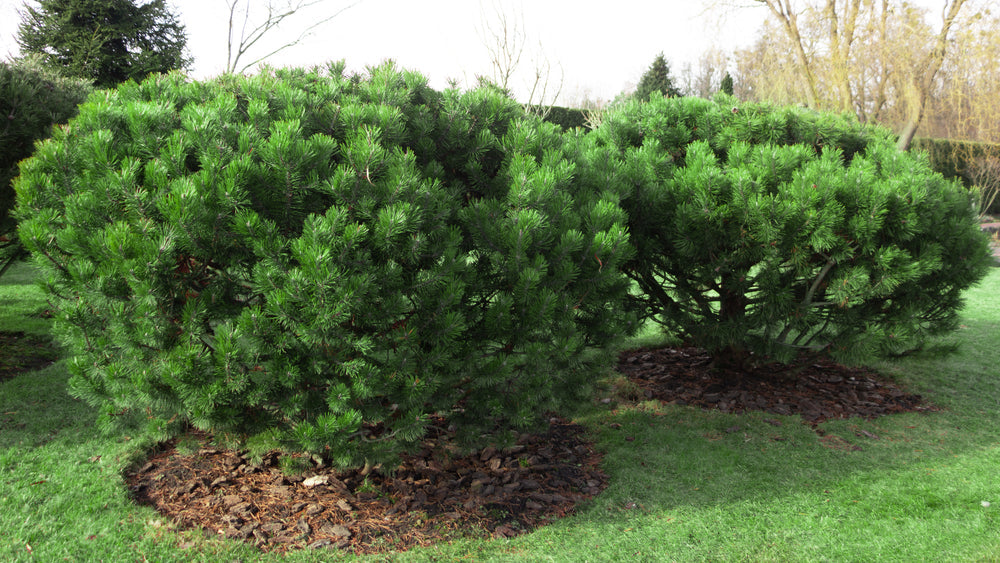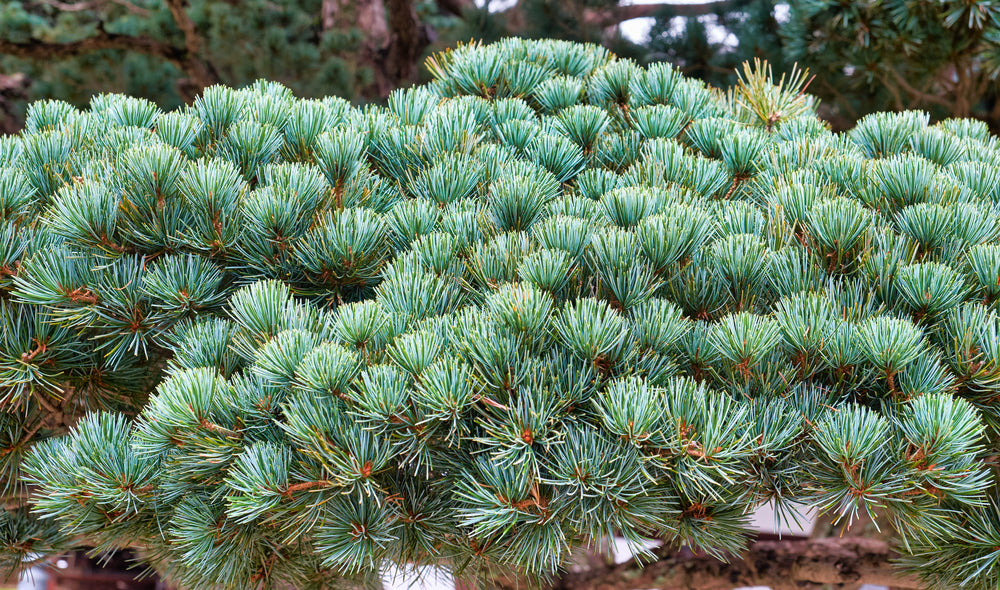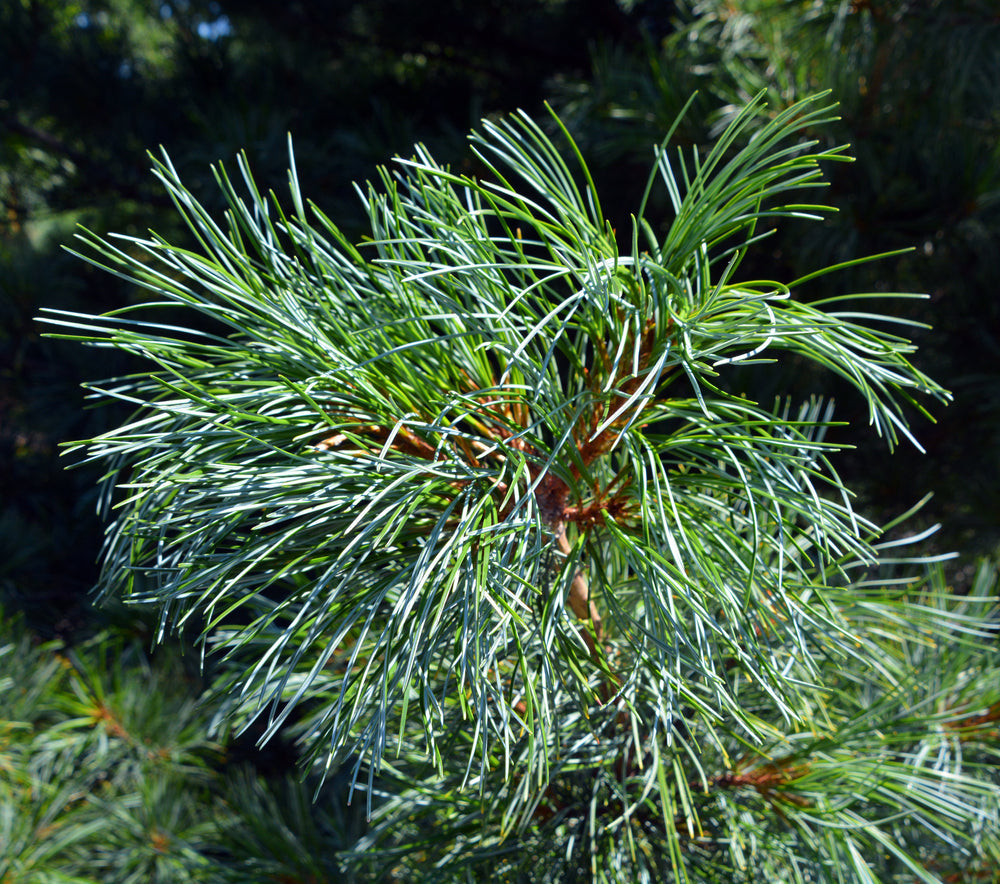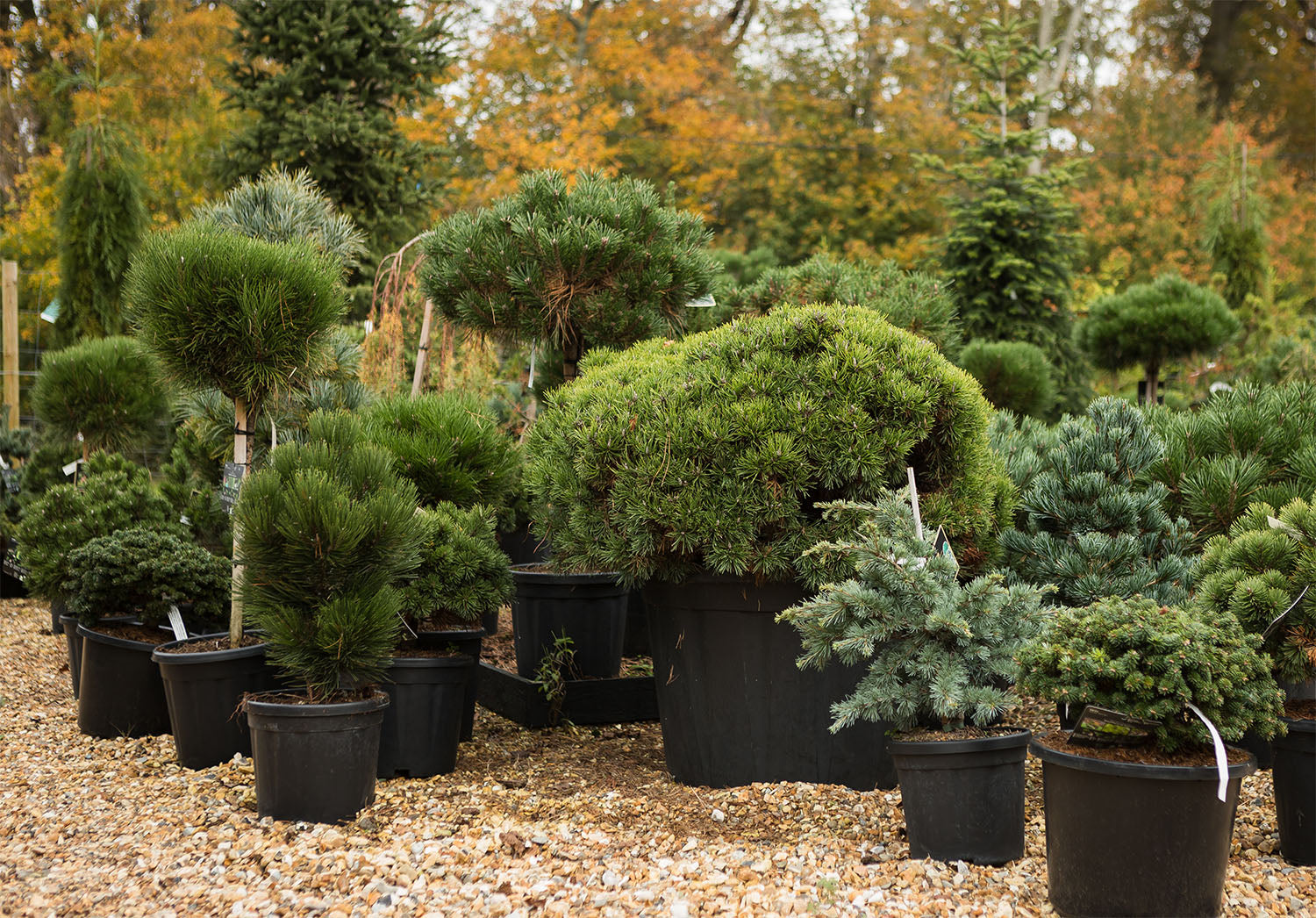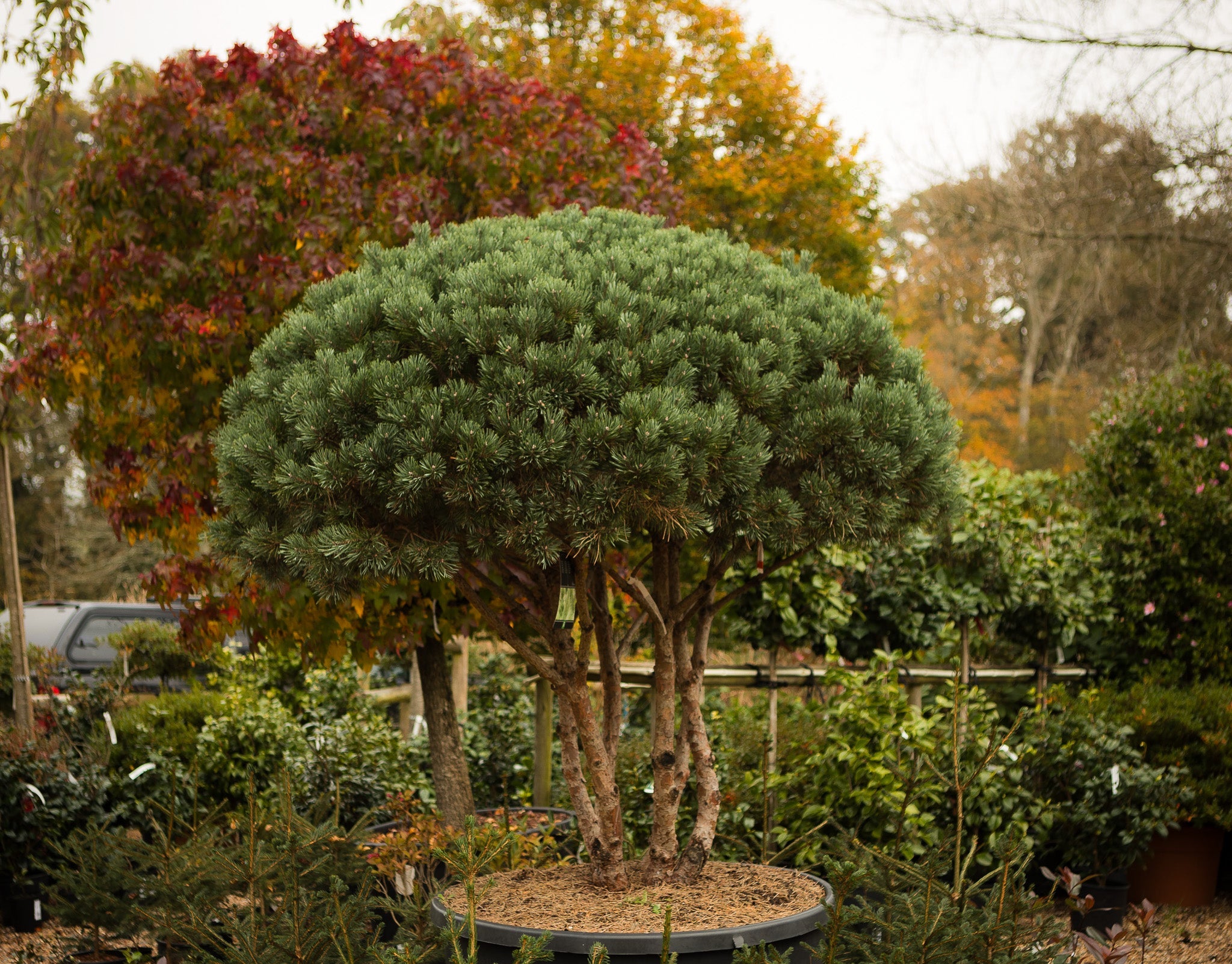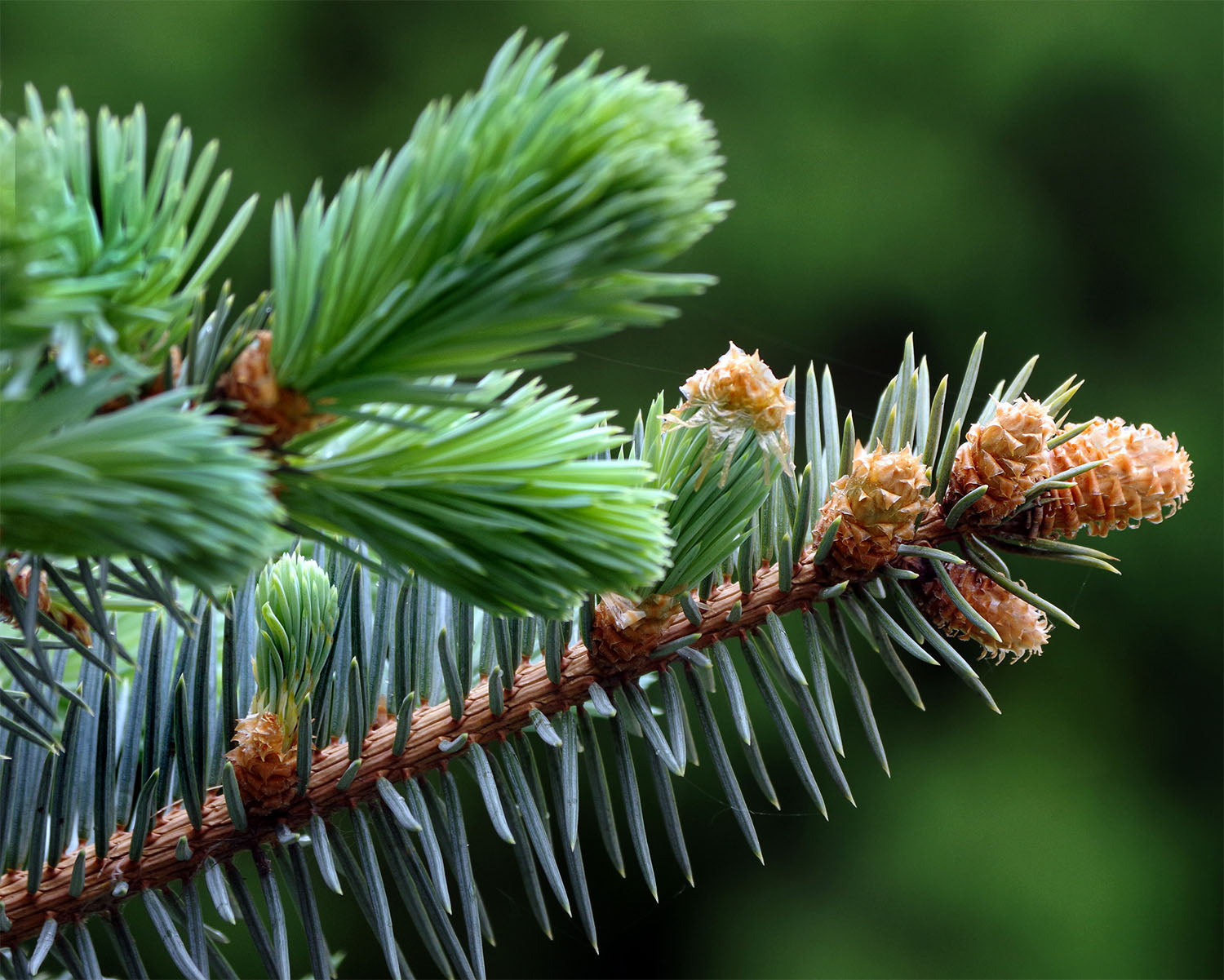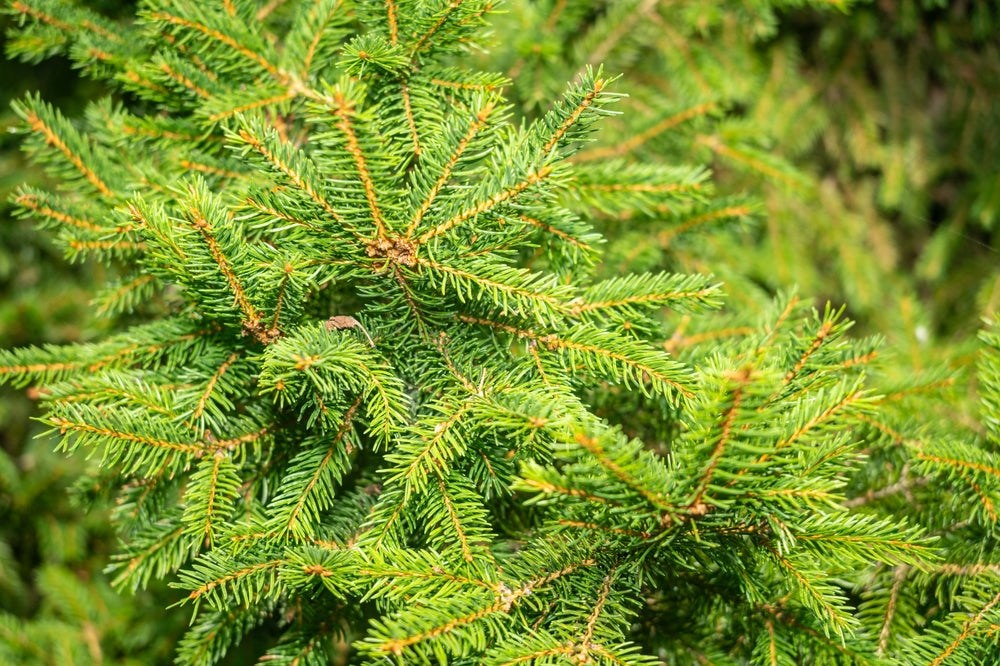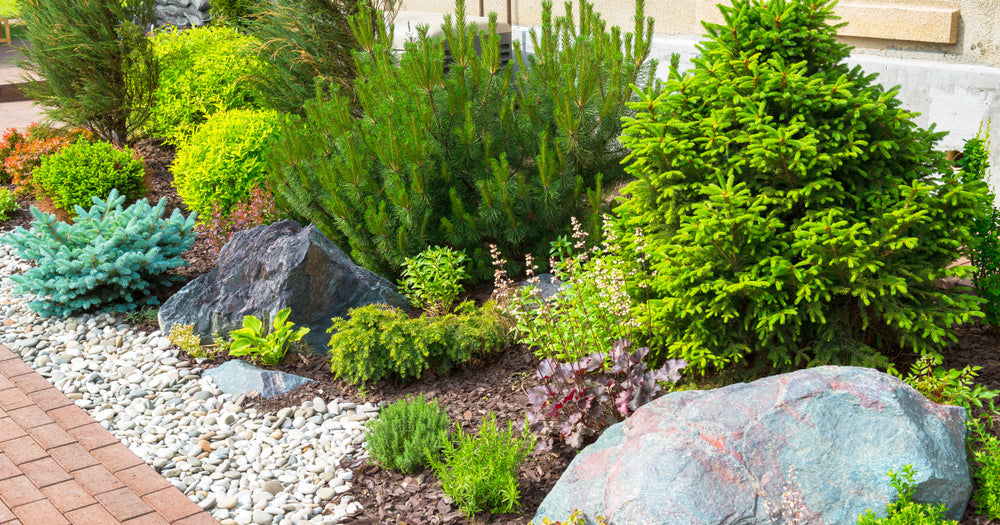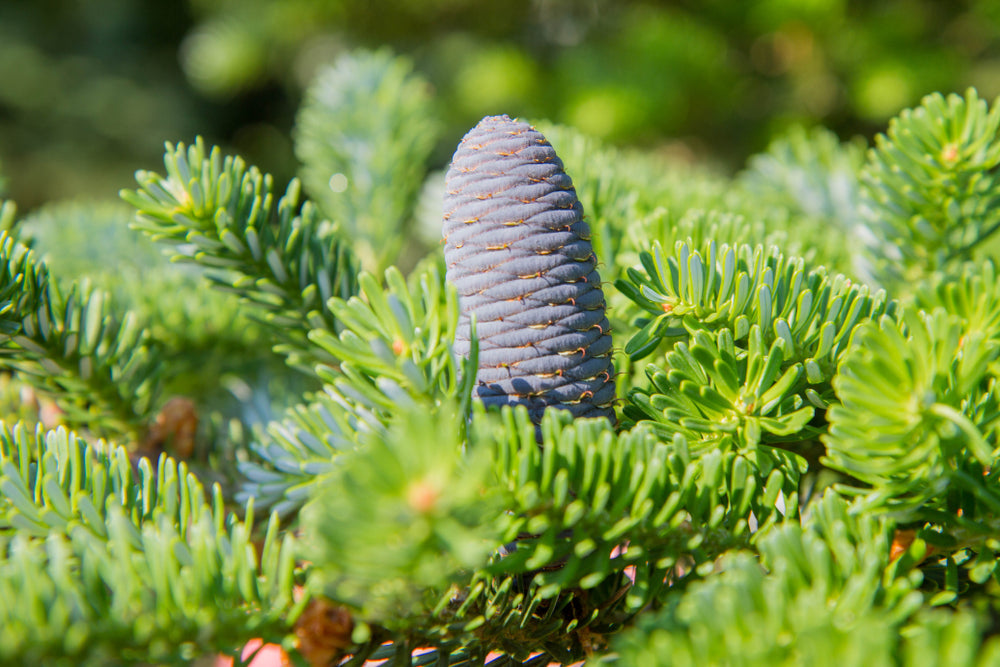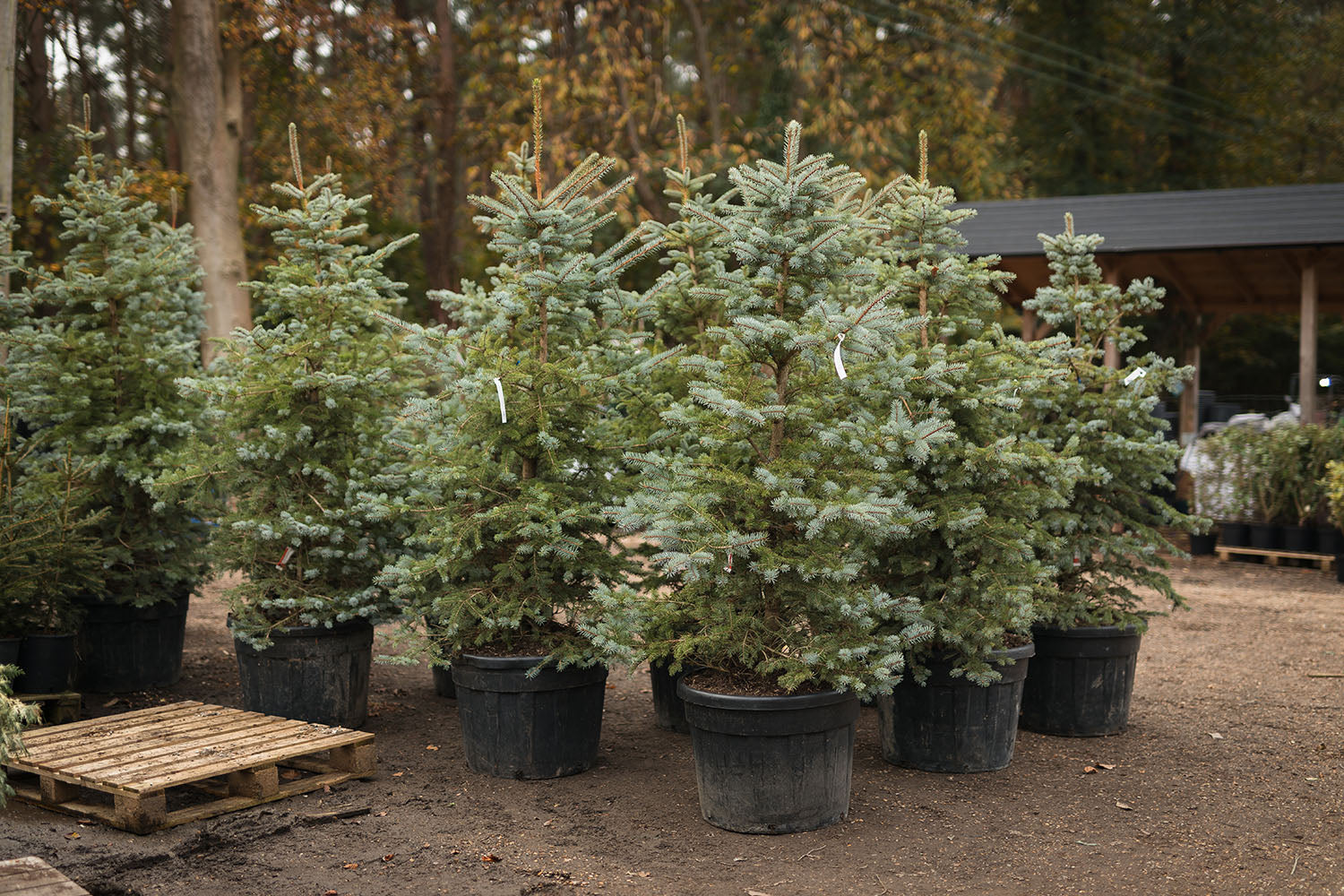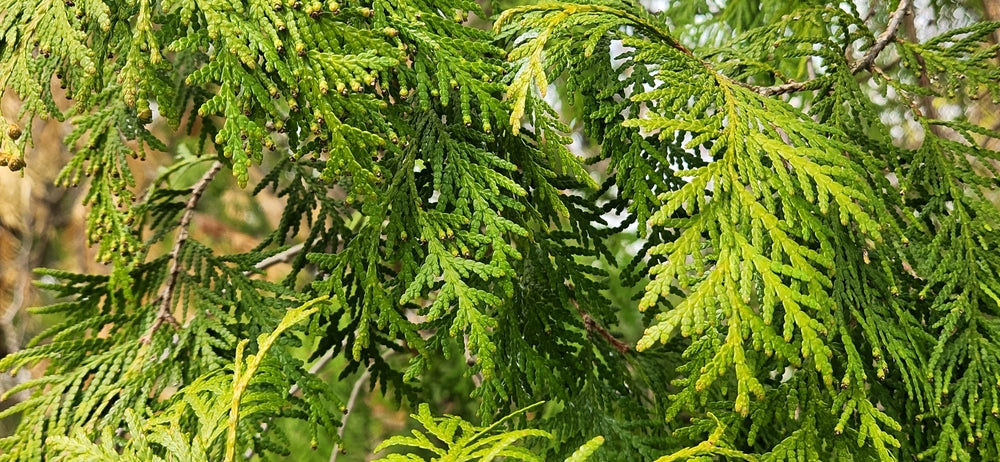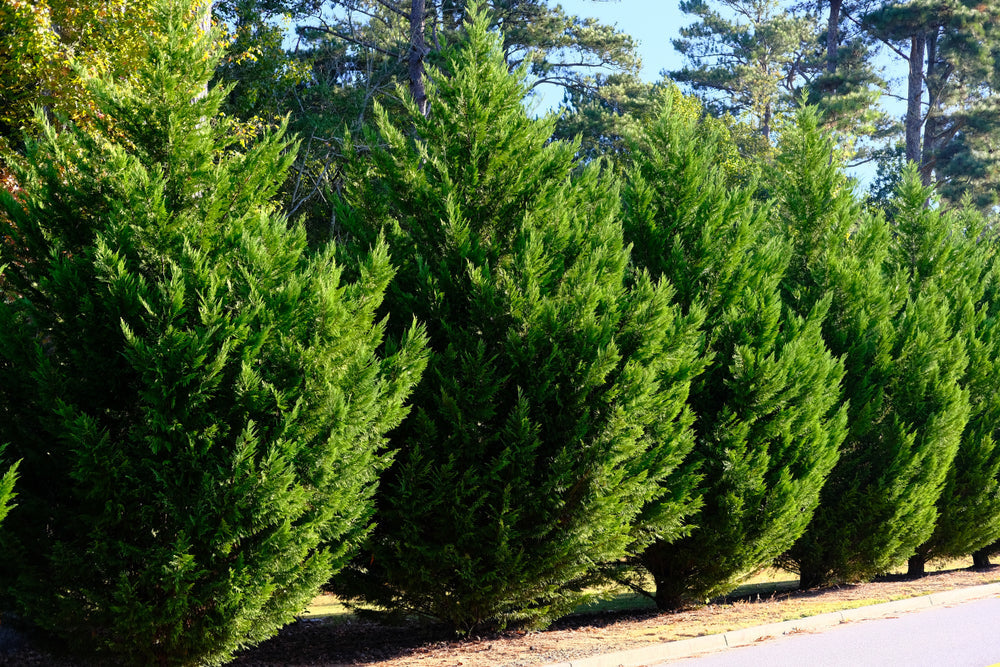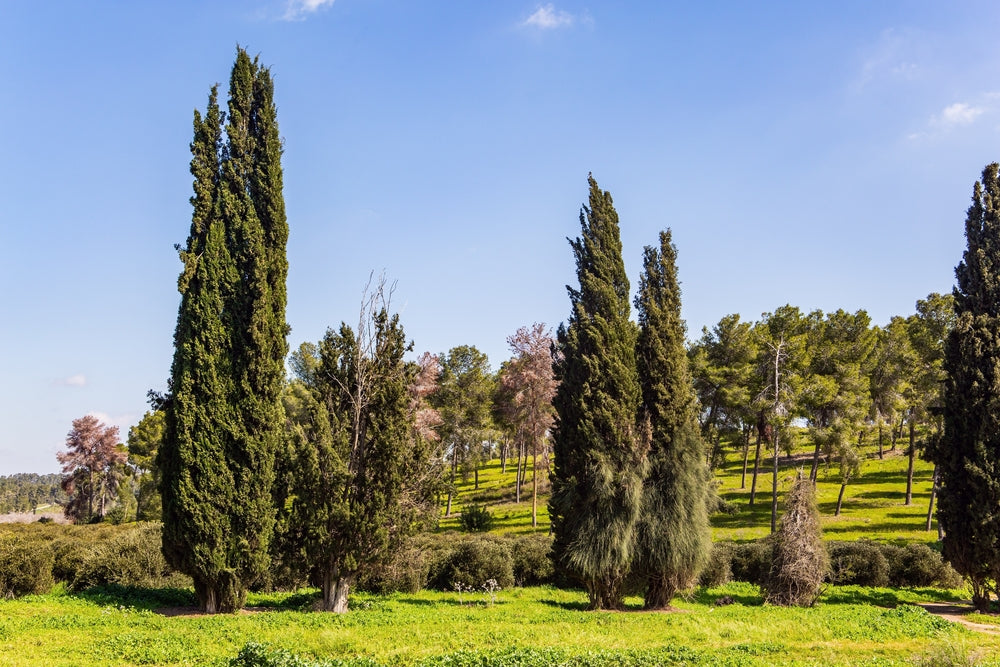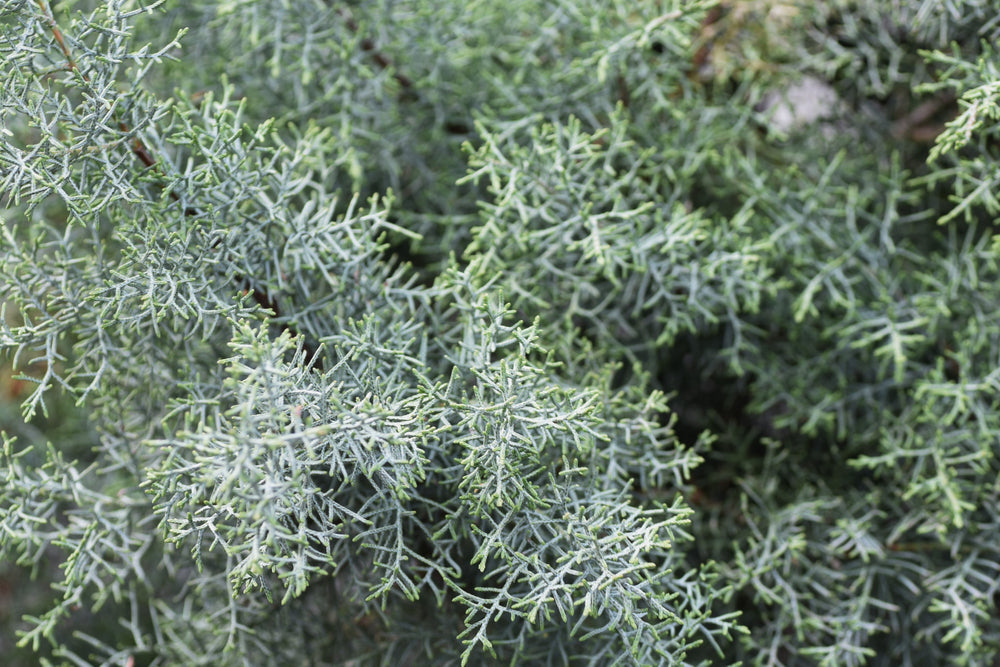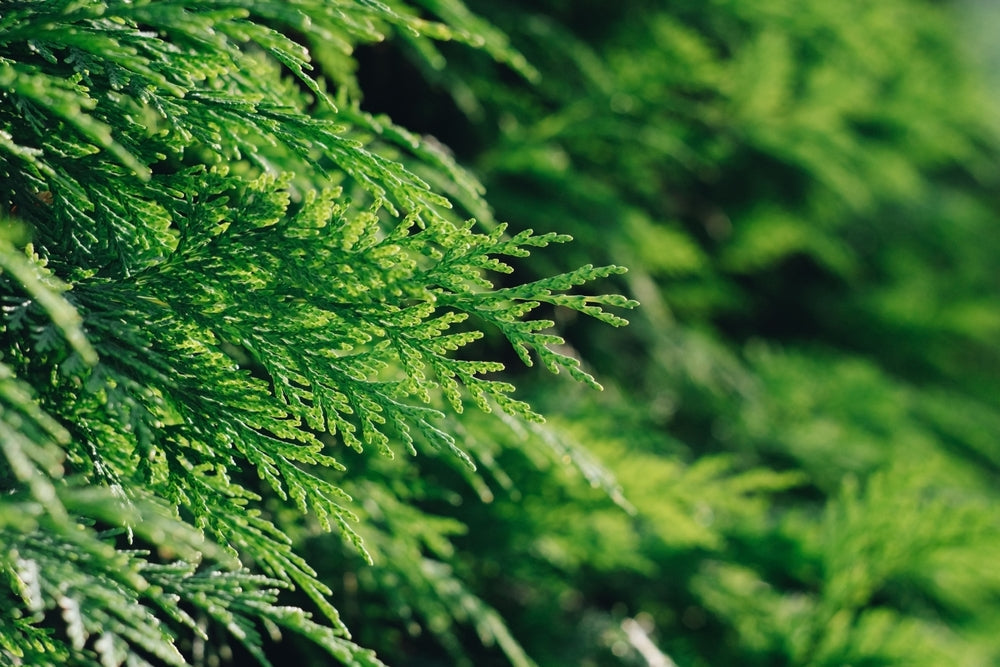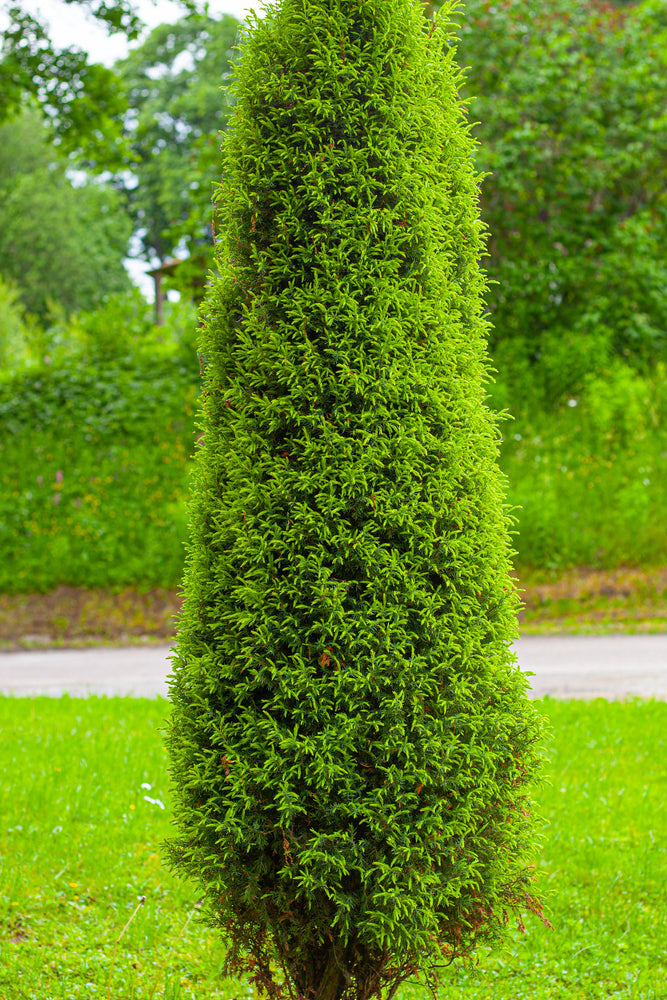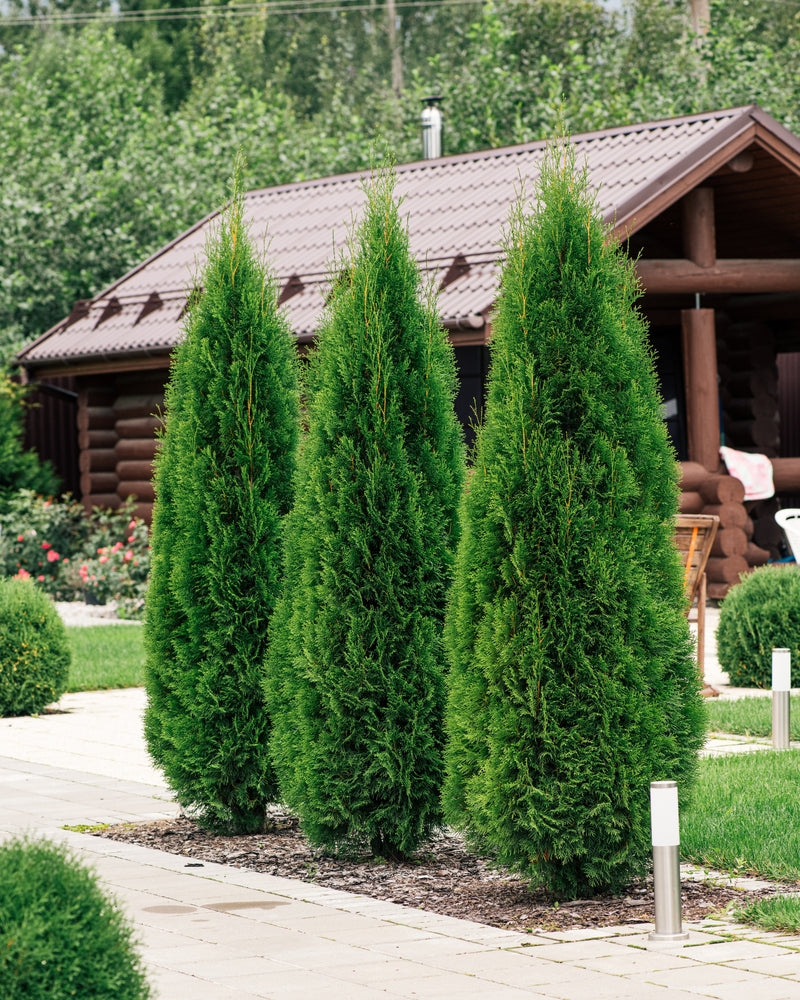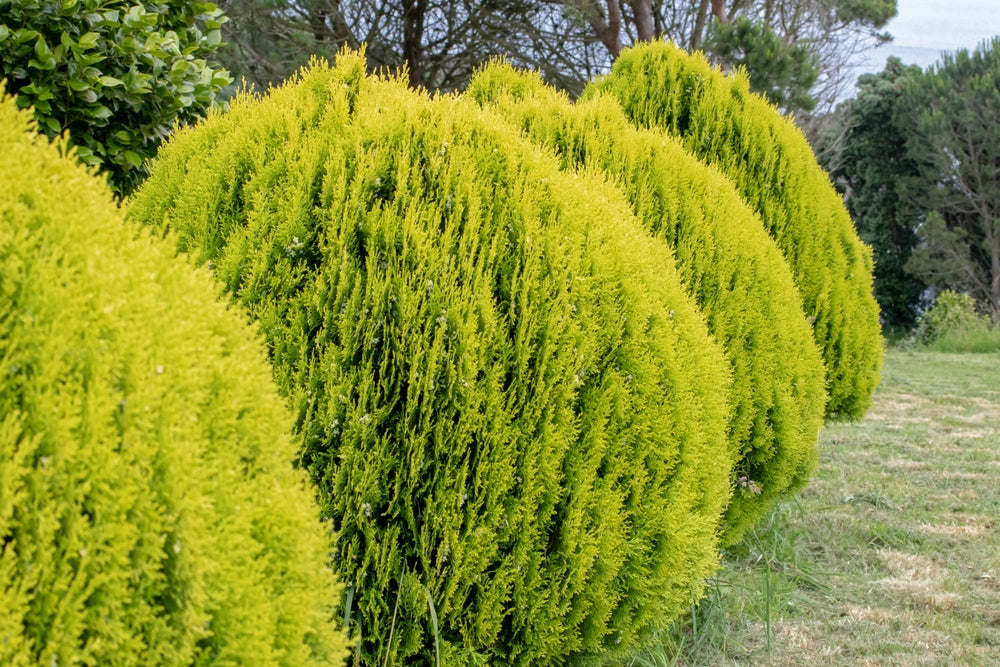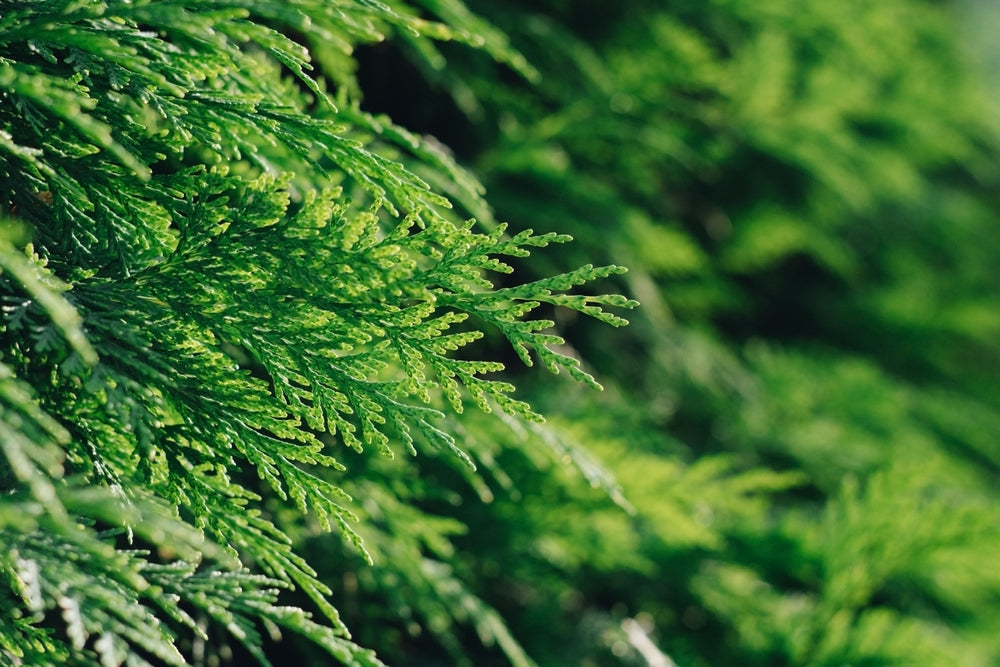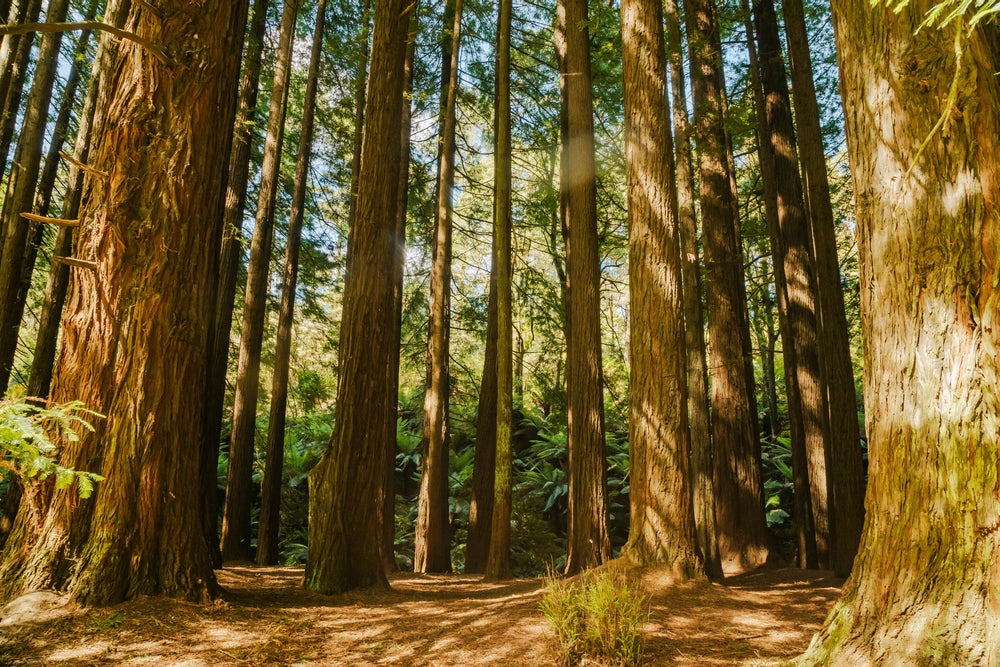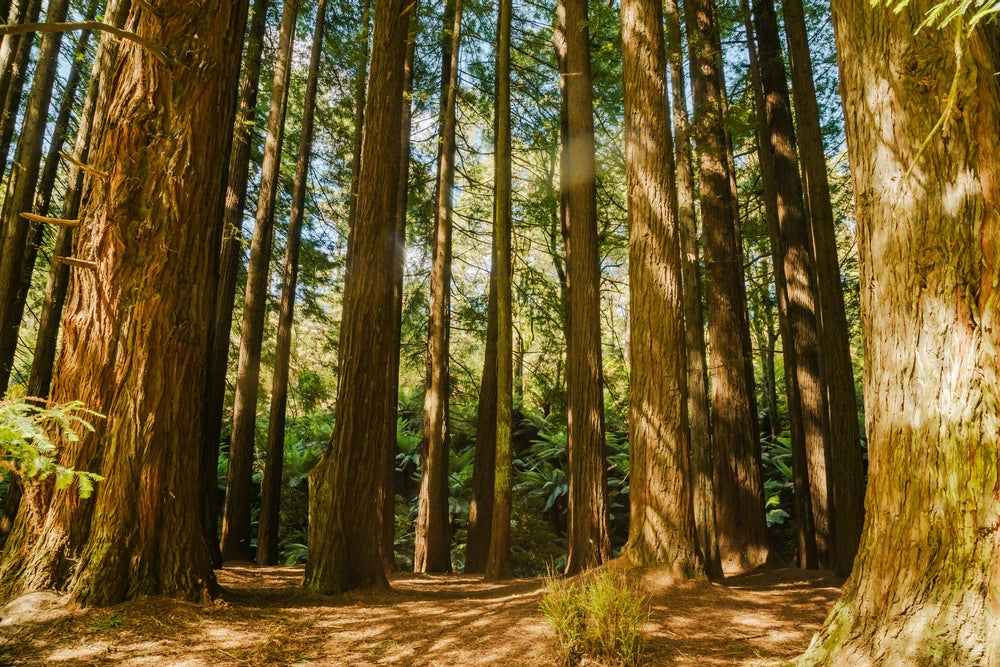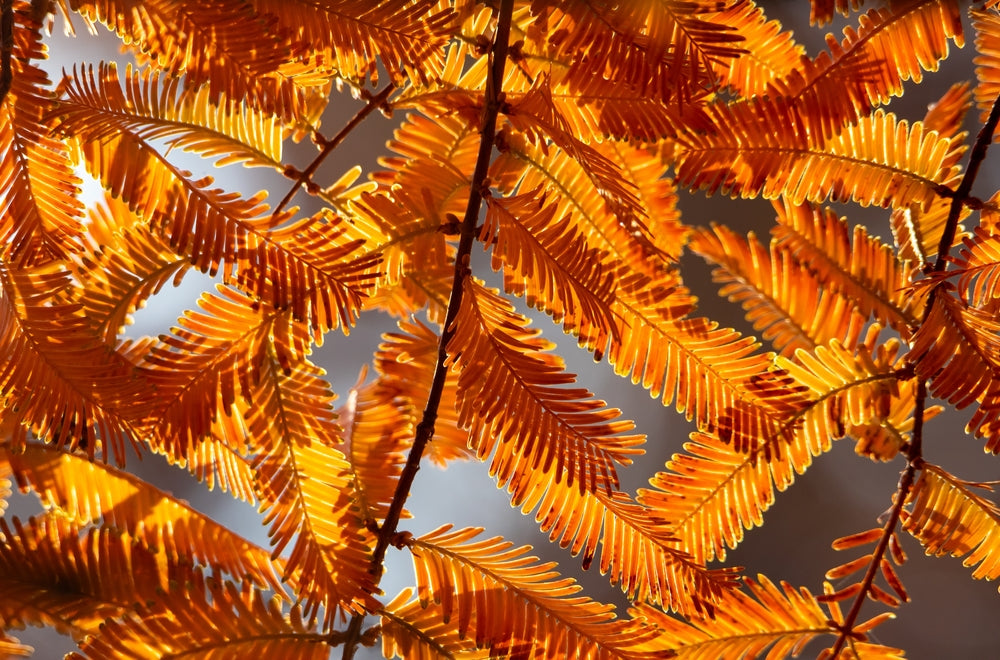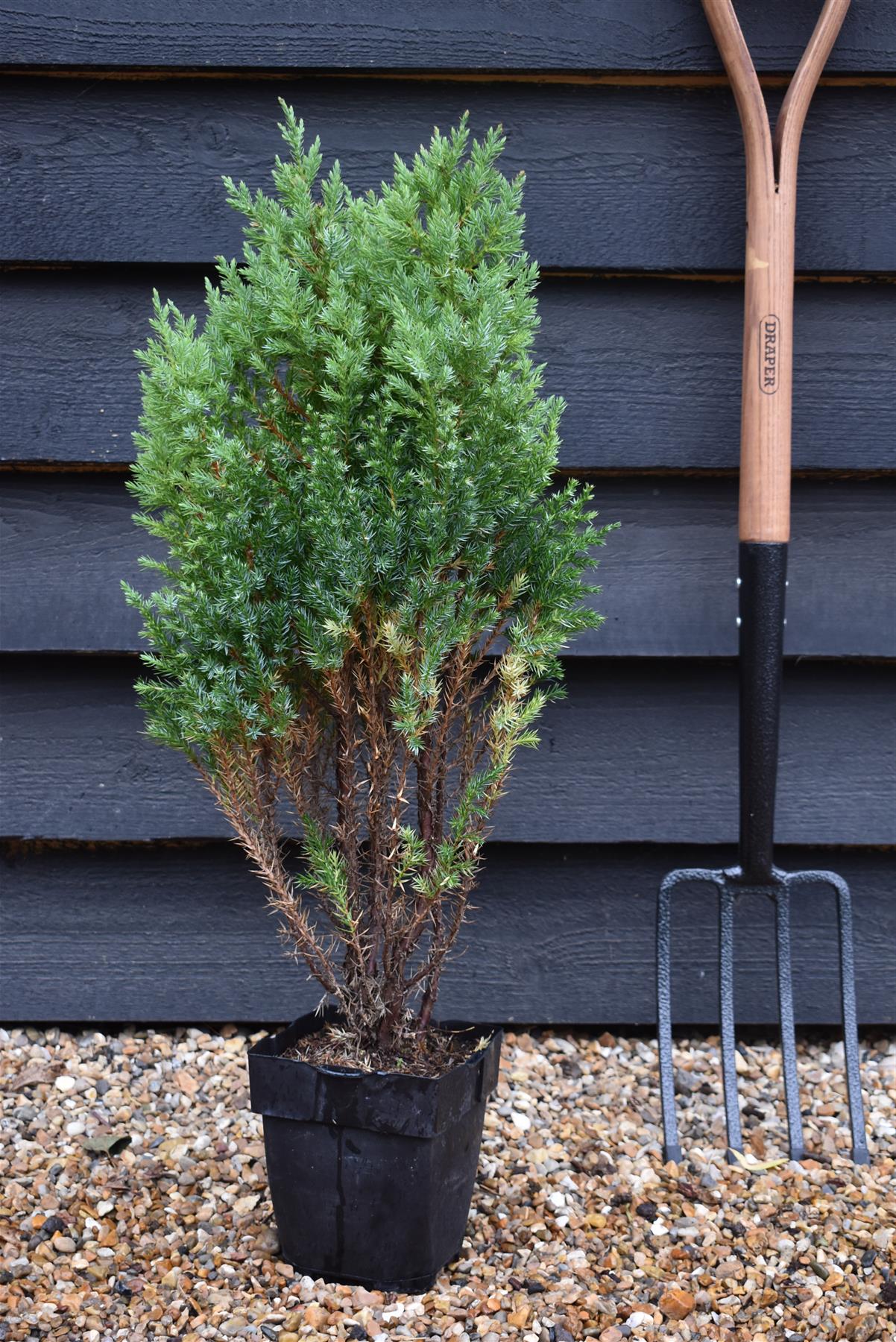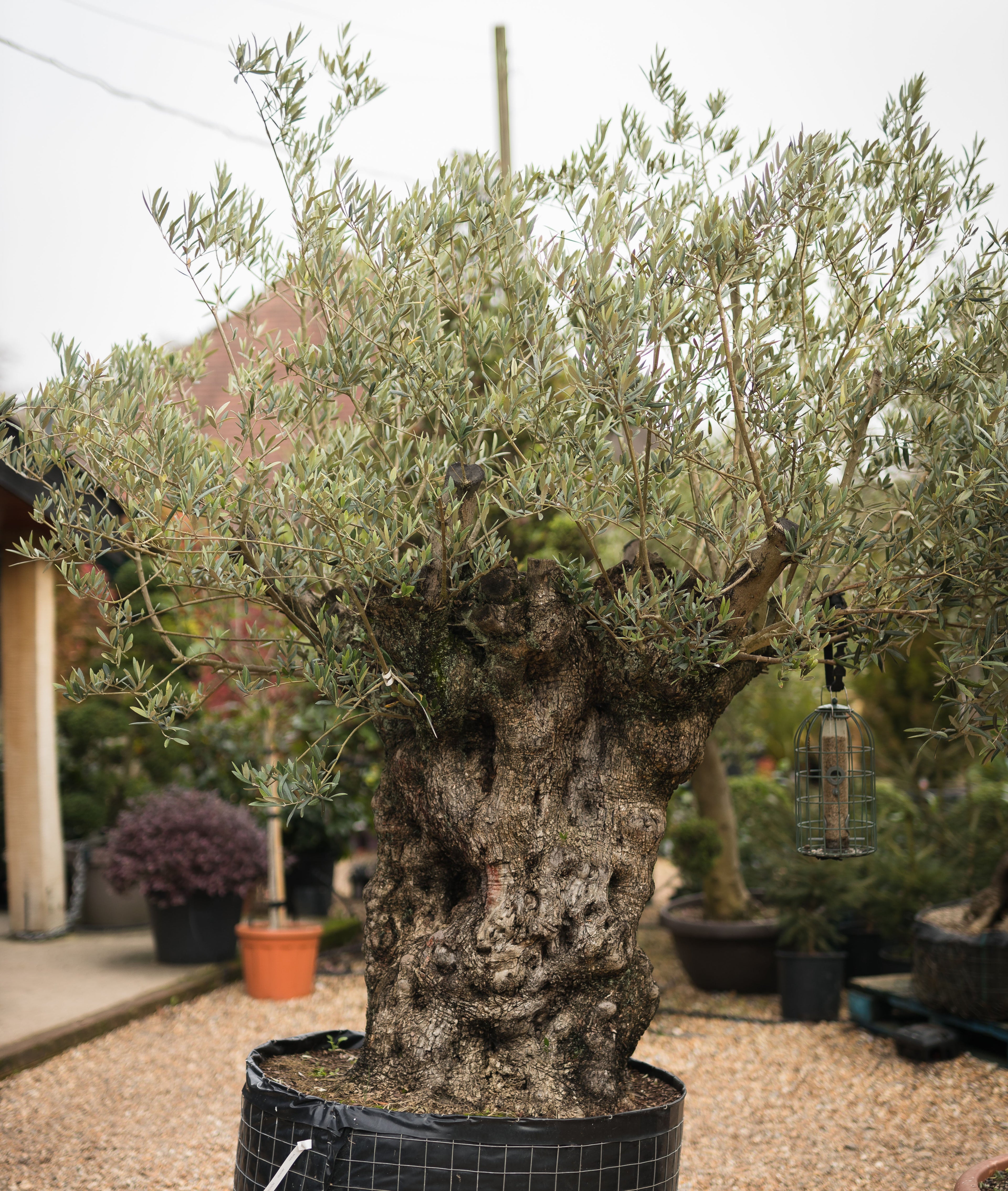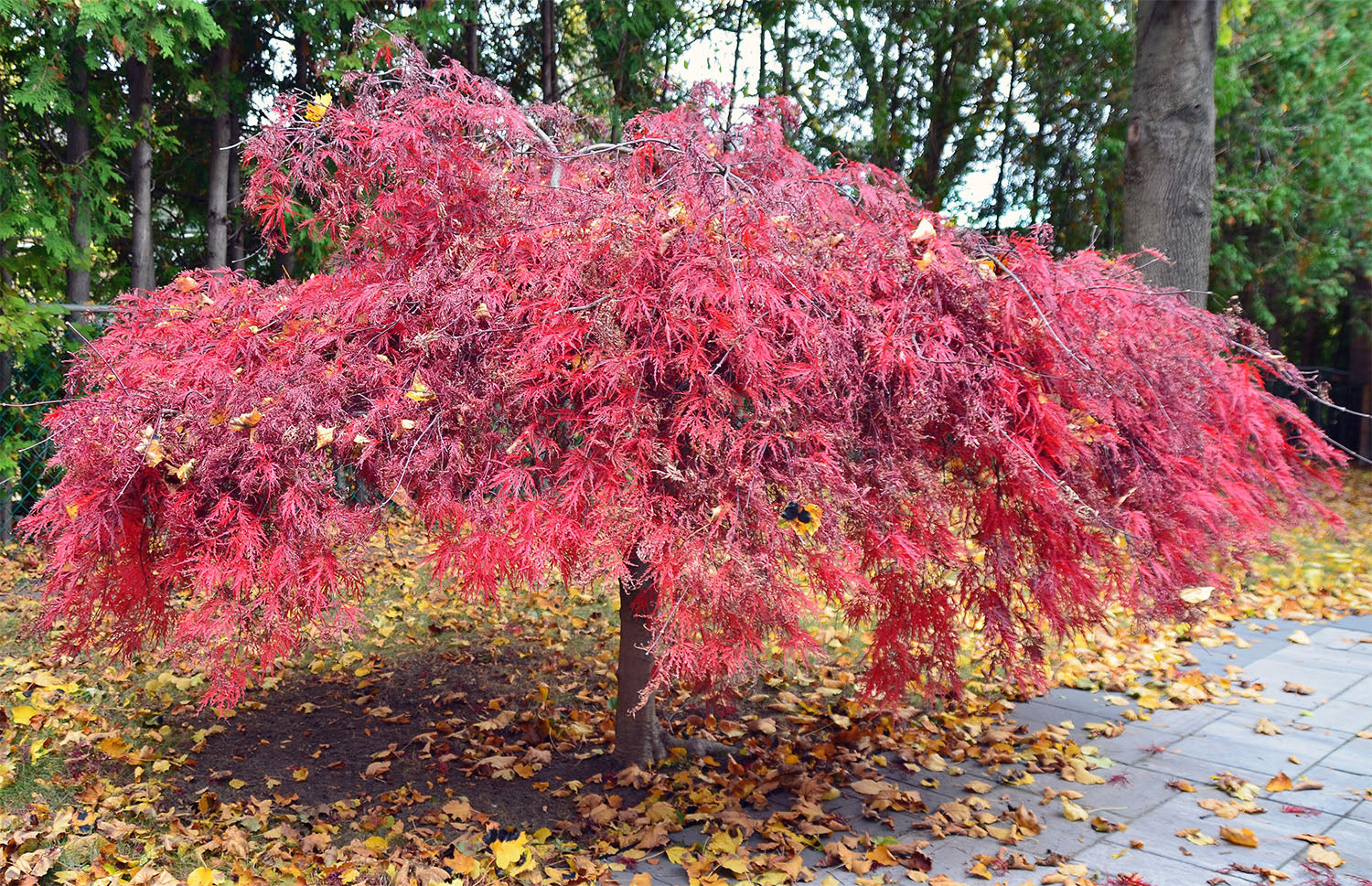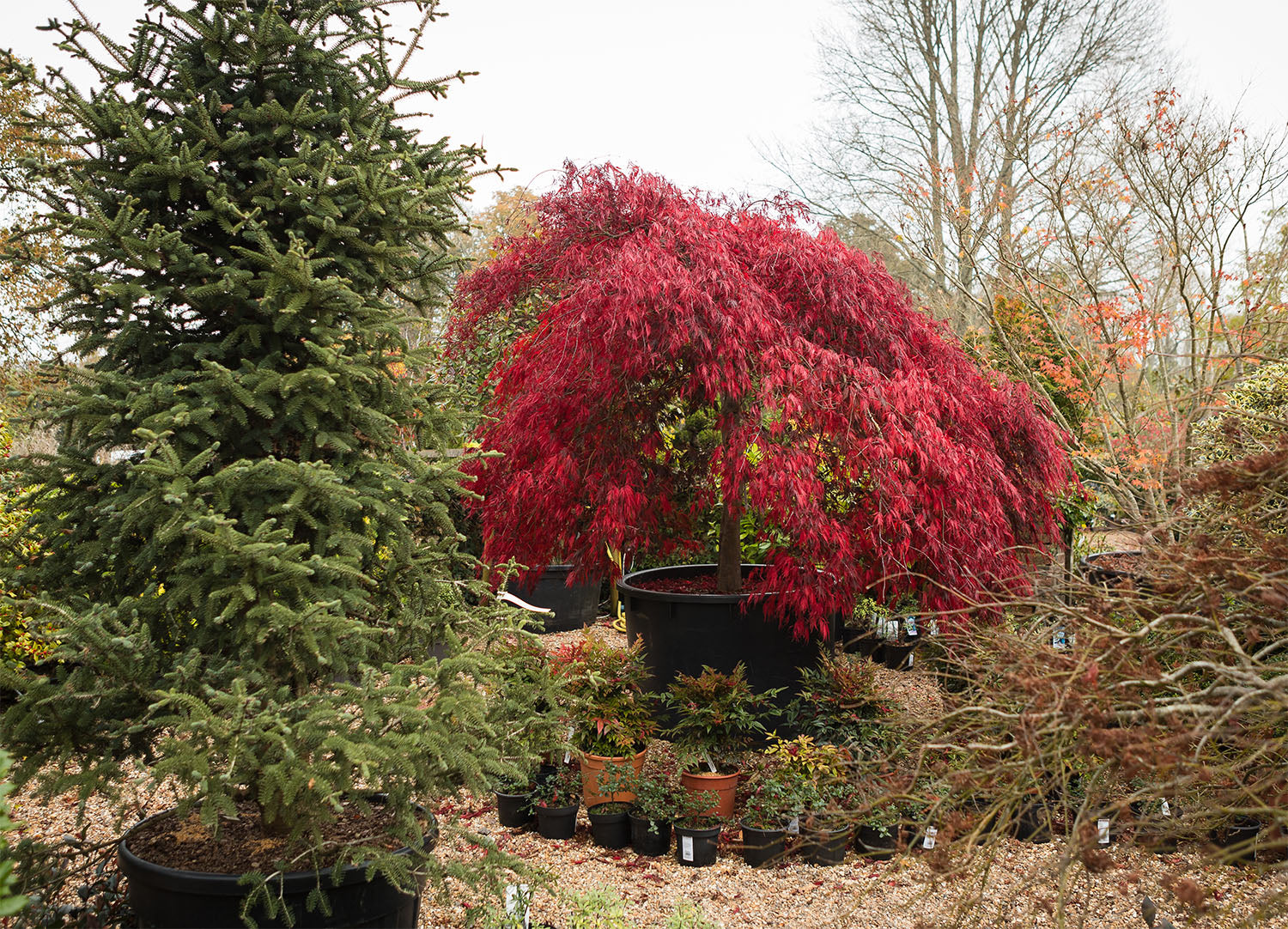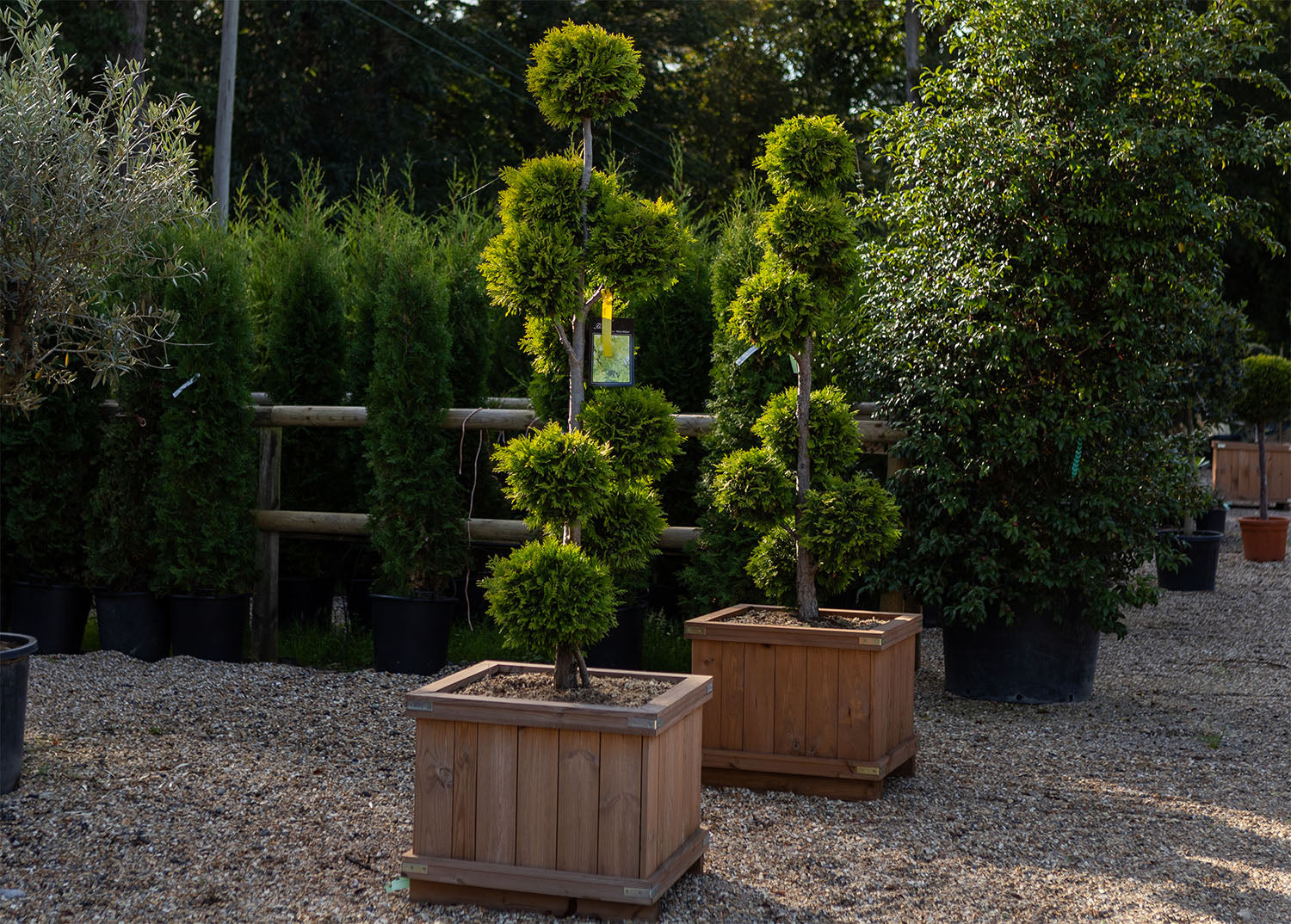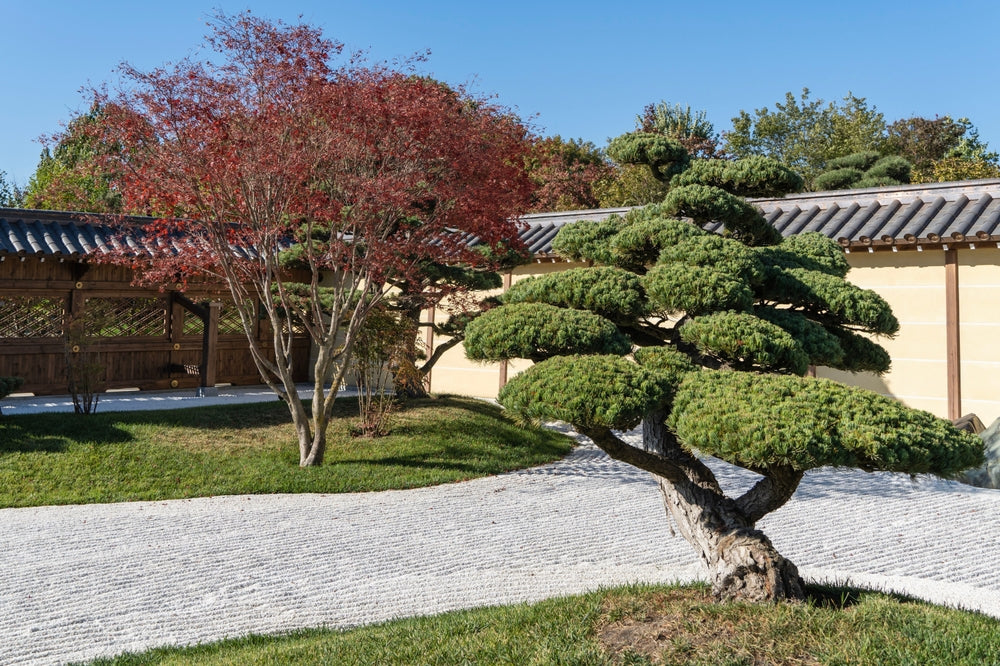trees
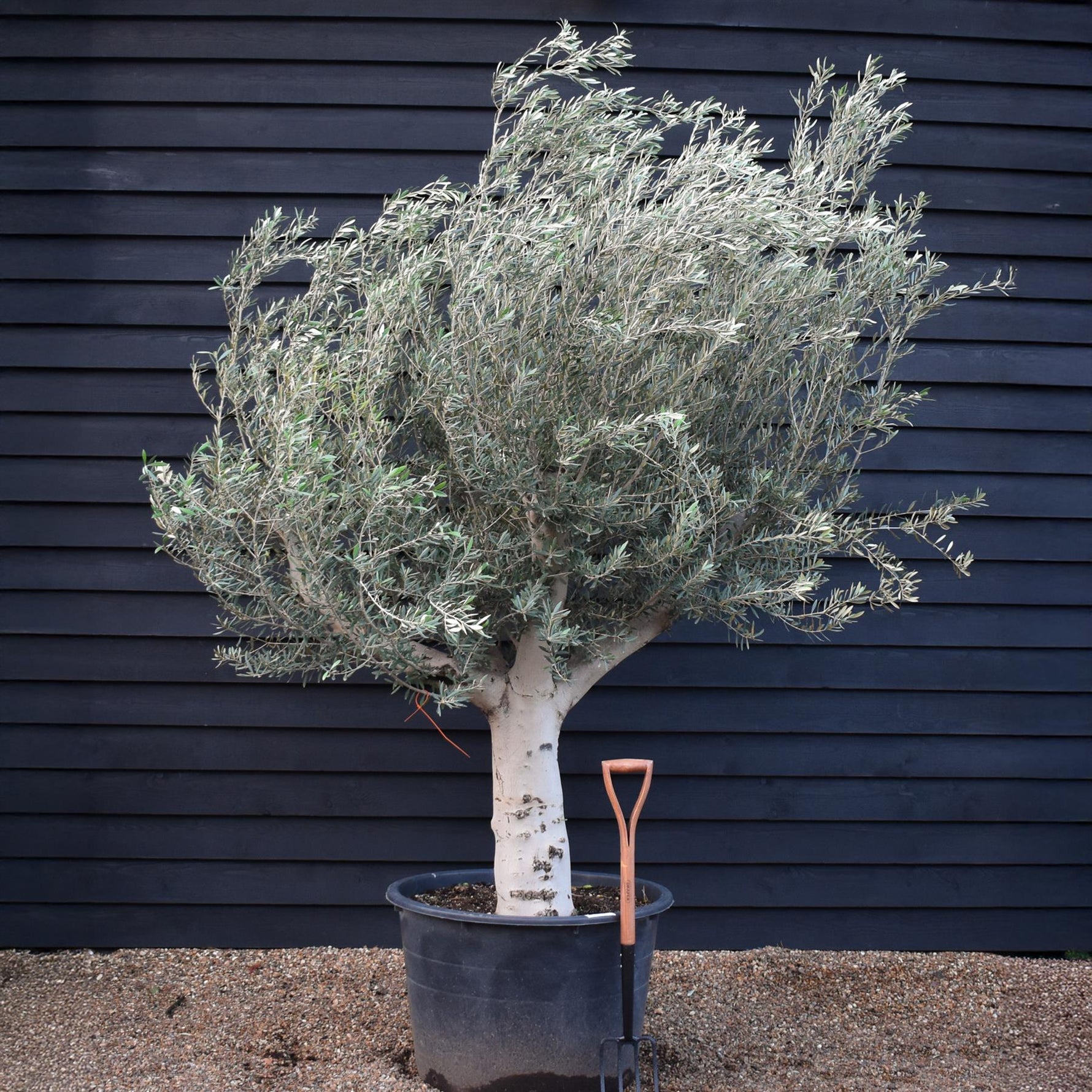
trees
Olive Tree Care Guide: How to Grow Healthy Olive Trees at Home
by Arundel Arboretum on May 12, 2025
If you want a touch of Mediterranean tranquillity and timeless beauty in your garden, plant olive trees! Yes, growing them outside their native climate can be tricky - but with the right care, it’s absolutely possible. This practical olive tree care and maintenance guide will help you understand what olive trees need to thrive.
Olive trees can be grown both in containers and in the ground, depending on your space and climate. Each option comes with slightly different care needs, so we’ll share clear tips to help you succeed whatever approach you choose.
How to Care for Olive Trees in Pots
Olive trees in pots and containers are a great way to bring Mediterranean feel to small gardens, patios, and balconies no matter where you live. They are especially useful for colder areas as they can be moved indoors during the winter.
Choosing the Right Container
To keep your olive tree healthy and comfortable, choose a large and sturdy pot that gives the roots enough room to grow. It should be at least 40cm wide and deep. Drainage holes at the bottom are essential since olive trees hate waterlogged soil. Terracotta pots are ideal as they provide excellent airflow and drainage.
The Best Spot for Potted Olive Tree
Place your olive tree in the sunniest, warmest spot you can find. These Mediterranean plants love sun and need at least 6 hours of direct sunlight daily. If possible, place them against a south-facing wall for extra warmth and wind protection. That’s especially helpful in colder UK regions where sunlight is less intense.
The Best Soil for Olive Trees in Pots
While planting in the ground can be limiting because of the garden’s natural soil type, planting in containers allows you to create the perfect blend of soil from the start. A loam-based compost, like John Innes No. 3 is ideal for olive trees grown in containers. It has a lot of nutrients and lets water flow through. To improve drainage and aeration, mix in grit, perlite, or sharp sand. Avoid moisture-retentive composts as they can lead to root rot.
Best Soil Mix for Olive Trees in Containers:• 60-70% loam-based compost• 20-30% horticultural grit or sharp sand (for better drainage and airflow)• 5-10% of perlite or fine bark (optional, for additional aeration)• A handful of garden lime (optional, if the mix is too acidic)
How Often to Water Olive Trees in Containers
Olive trees come from hot and dry regions where the soil drains quickly. They are naturally drought-tolerant and don’t like excess moisture. When grown in the UK, overwatering is one of the biggest mistakes gardeners make. With less sun and more moisture, the soil stays wet longer which can lead to root rot. The golden rule is – only water when the top few centimetres of soil feel completely dry.
How to Feed Olive Trees in Containers
Feed your potted olive trees every 4 to 6 weeks during spring and summer. The best fertilisers for potted olive trees is balanced liquid fertilisers or those formulated for fruiting trees, high in potassium. Avoid high-nitrogen fertilisers as they can lead to excessive leaf growth. Never feed in autumn and winter. To prevent root burn, water thoroughly before you apply fertiliser.
How to Protect Potted Olive Trees in Winter UK
Potted trees are more vulnerable to frost, therefore, they need to be protected during the winter.
Here is how:• Move the pot to a sheltered spot. Ideally, place them in a greenhouse or unheated conservatory. If you don’t have them, move them to the porch or by a south-facing wall. • Wrap the pot, not the plant. Wrap the container with fleece, bubble wrap, or hessian to protect the roots. • Raise the pot off the ground. Prevent it from sitting in cold and wet conditions.• Reduce watering. Water only occasionally throughout the winter.• Use fleece covers. On very cold nights, cover the plant with horticultural fleece but remove it during the day.
How to Grow Olive Trees in the Ground
Best Garden Location for Olive Trees
Olive trees love sun and where you place them in your garden makes all the difference. They need at least 6 hours of direct sunlight a day, so a south or south-west facing spot is ideal. Planting near a brick or stone wall can be helpful, too. Walls soak the heat during the day and release it at night. Avoid low spots or hollows where cold air and water can collect. Olive trees hate wet and shady areas.
Best Soil for Olive Trees in the Ground
In their native habitat, olive trees grow in dry and rocky soil. They prefer well-drained soil with neutral to slightly alkaline pH. When you touch it, it shouldn’t feel sticky and heavy, but light and crumbly. If your soil isn’t ideal improve it by adding sand or grit. Avoid overly rich composts that retain moisture.
How to Water Olive Trees in the Ground
Newly planted olive trees need regular watering during the first year. This means watering once or twice a week. After the first year, olive trees become tolerant to drought. In most UK gardens, natural rainfall is enough, but during very hot days, if the topsoil looks dry, give it a good soak.
How to Feed and Mulch Olive Trees in the Ground
Olive trees planted in the ground do not need heavy feeding. Apply a balanced fertiliser or a potassium-rich fertiliser for fruit trees in early spring, and again in midsummer. Avoid too much nitrogen because you will get a lot of foliage and little fruit. Mulch in spring with well-rotted compost or bark chips to suppress weeds and retain moisture. In winter, mulch to insulate the roots.
Winter Protection for Olive Trees in the Ground
Olive trees planted in the ground are more resilient than potted ones. They can tolerate cold down to around -10 °C but they still need protection in colder parts of the UK. Here is how to protect olive trees from frost:
• Check soil drainage. Make sure your soil doesn’t hold water after rain. If it does improve drainage.• Apply a thick mulch. In autumn, mulch around the base of the tree to insulate roots.• Stop watering and fertilising. During the winter, a tree enters a natural dormant state.• Wrap young trees. With horticulture fleece or breathable fabric, loosely wrap the canopy of young trees during severe frosts.• Monitor the weather. During extremely harsh winters, wrap even mature olive trees.
Young vs. Mature Olive Trees: Pruning Guide
Pruning is very important for healthy growth. How and why you prune slightly differ depending on the tree’s age and if the tree is planted in the ground or in a pot.
Young olive trees, whether potted or not, need good formative pruning to establish a strong, open structure. When buying a young olive tree, look for one with a single straight trunk and evenly spaced side branches. In the first few years, remove any weak, crossing, or overly vertical branches. The goal is to achieve good airflow and balanced growth.
Mature olive trees need regular but light annual pruning. Every year, remove dead, damaged, or crowded growth. The goal is to maintain good airflow and manage the tree’s size. Trees planted in the ground can tolerate more vigorous pruning, while potted olive trees should be pruned more gently to avoid stressing the plant.
Seasonal Care Calendar for Olive Trees UK
This simple calendar will help you stay on track and keep your olive trees happy and healthy all year round.
Spring (March–May)• Feed: Start monthly feeding.• Water: Increase watering. Water only when soil is dry.• Prune: Remove dead or damaged branches.• Repot: Best time to repot if roots are crowded
Summer (June–August)• Feed: Continue feeding every 4–6 weeks.• Water: Water regularly in hot weather. Avoid overwatering.• Position: Keep in full sun. Protect from strong winds
Autumn (September–November)• Feed: Stop feeding by late September.• Water: Reduce watering frequency.• Check: Look for pests and clean foliage before moving indoors.
Winter (December–February)• Protect: Move to a frost-free, sheltered spot or indoors.• Water: Water only when soil is completely dry.• Insulate: Wrap pots and elevate them from the ground.
Regional Olive Tree Care Tips for UK Gardeners
Some regional differences within the UK may affect how you care for your olive trees. Here is what to keep in mind:
Growing Olive Trees in Southern UK• Olive trees can be kept outdoors most of the year.• On frosty days, in-ground trees must be protected.• Watering and feeding may last a bit longer into the autumn because of longer growing season.
Growing Olive Trees in Northern UK & Scotland• Winters are much colder so the trees should be brought indoors during the winter.• Strong winds are another problem therefore the trees must be sheltered.• Watering and feeding should start later because the spring arrives later.
Growing Olive Trees in Coastal Areas• Mild winters of coastal areas are ideal for olive trees. They can spend the winter outside without a problem.• They are resistant to salty air and wind, but some damage may still occur.• Windbreaks or sheltered spots are essential for protection from strong winds.
We hope that you’ll find this simple guide for maintaining olive trees helpful. If you are thinking about buying olive trees for your garden, visit us at Arundel Arboretum in West Sussex or browse our online store. And if you need any advice, our team is always happy to help you choose your perfect tree.
FAQ
How long do olive trees live?The average life span of an olive tree is around 500 years, but they can live much longer. In the Mediterranean area, some are more than 2000 old and the oldest known olive tree is estimated to be 4000 years old. In the UK, they won’t reach these extreme ages but can live for many decades with proper care.
Can I grow an olive tree indoors?Olive trees need at least six hours of direct sunlight every day which is very hard to achieve indoors. If you decide to keep it inside, place it by the south-facing window and make sure the room has good airflow.
Can olive trees survive UK winters?Yes, olive trees can survive UK winters, especially in milder southern regions. Mature trees tolerate temperatures down to -10°C. However, they usually have to be protected from frost. Young and potted trees are more vulnerable and it’s best to take them indoors during low temperatures.
Do I need more than one olive tree for it to produce fruit?
Most olive trees are self-fertile, but having more than one can increase yields, especially if you’re growing them in the UK.
Why is my olive tree not fruiting in the UK?Here are a few common reasons:• The tree is still too young• It doesn’t get enough sunlight or warmth• Flowering branches were accidentally pruned• Colder UK areas may not be adequate for fruiting
How long does it take for an olive tree to bear fruit?If the conditions are right, olive trees usually bear fruit after 3 to 5 years. In the UK, it may take a bit longer because of the climate.
Do olive trees have deep roots?Olive trees usually have shallow and wide-spreading roots. They are not invasive, therefore, generally safe to plant near walls or patios.
Can you eat olives off the tree?No, because they are very bitter.
How quickly do olive trees grow?Olive trees are slow to moderate growers. In the UK, they typically grow 10 to 30 cm per year. Container trees grow even slower.


